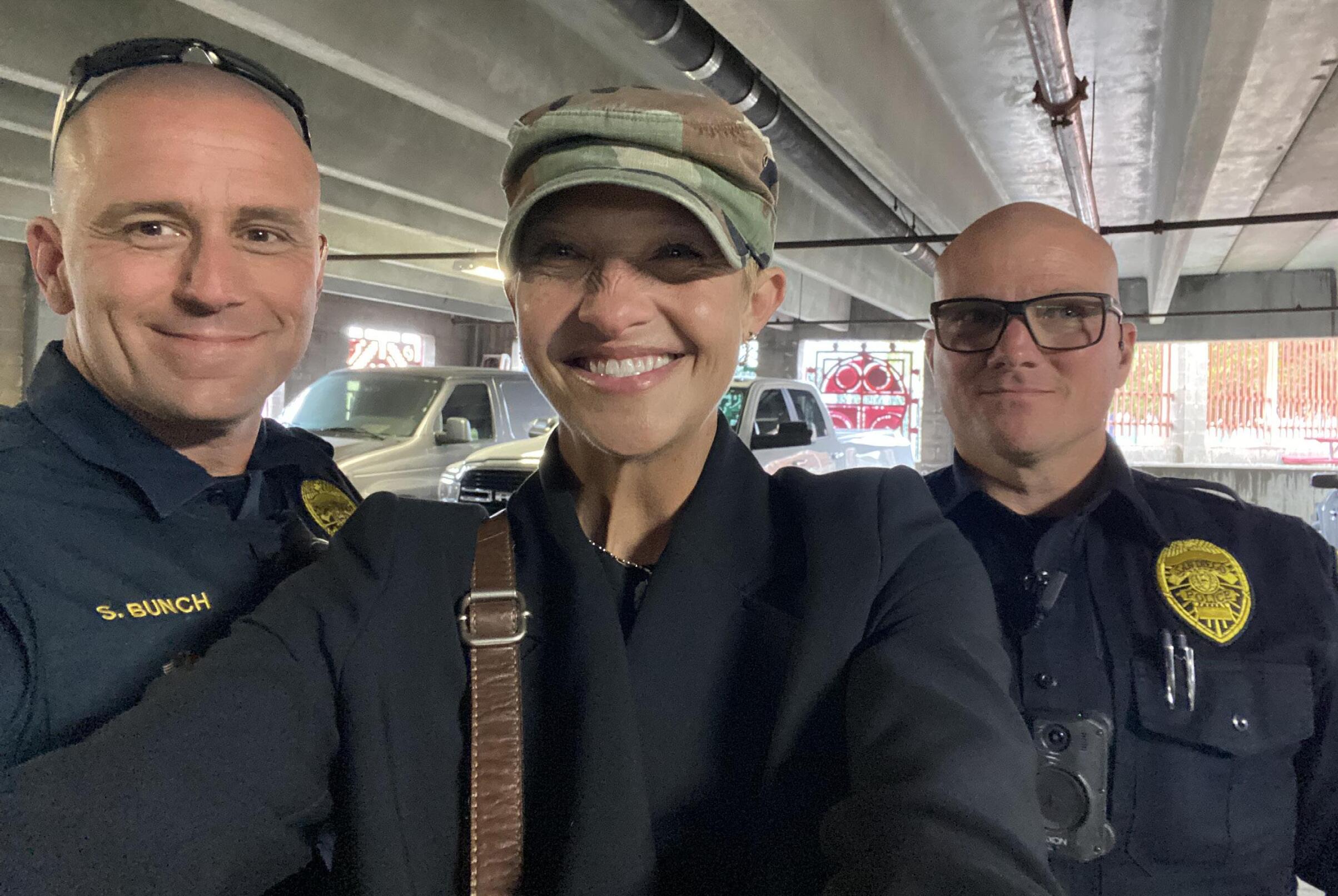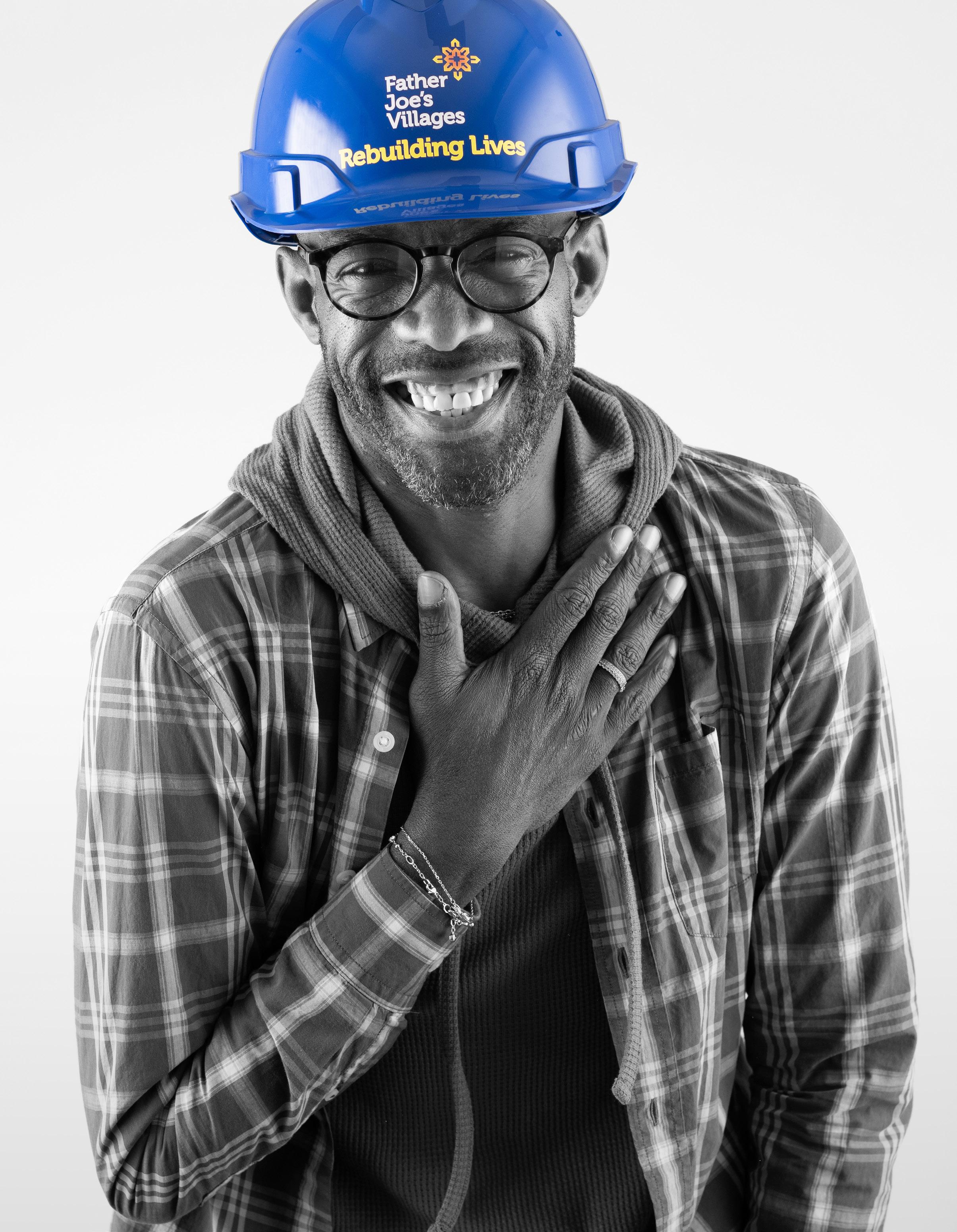“Everyone
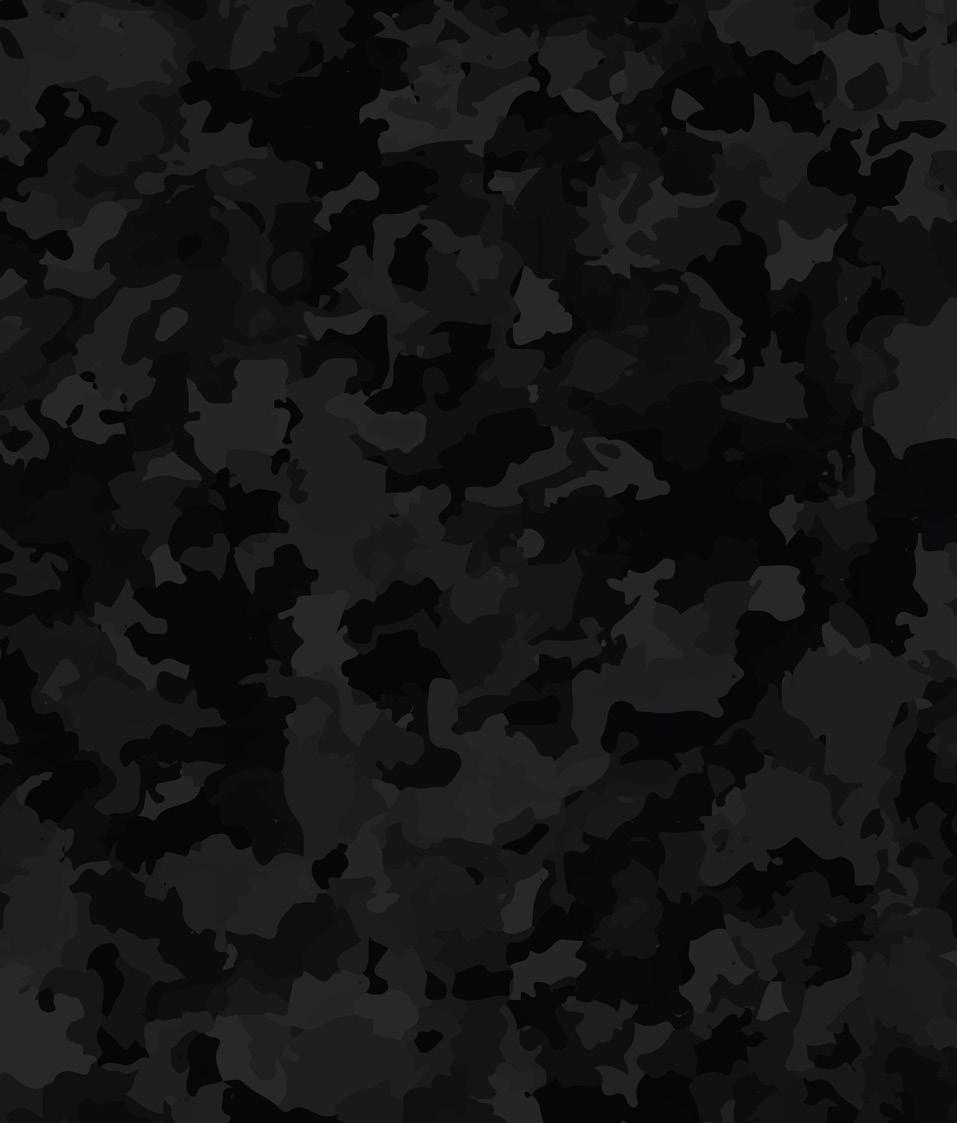

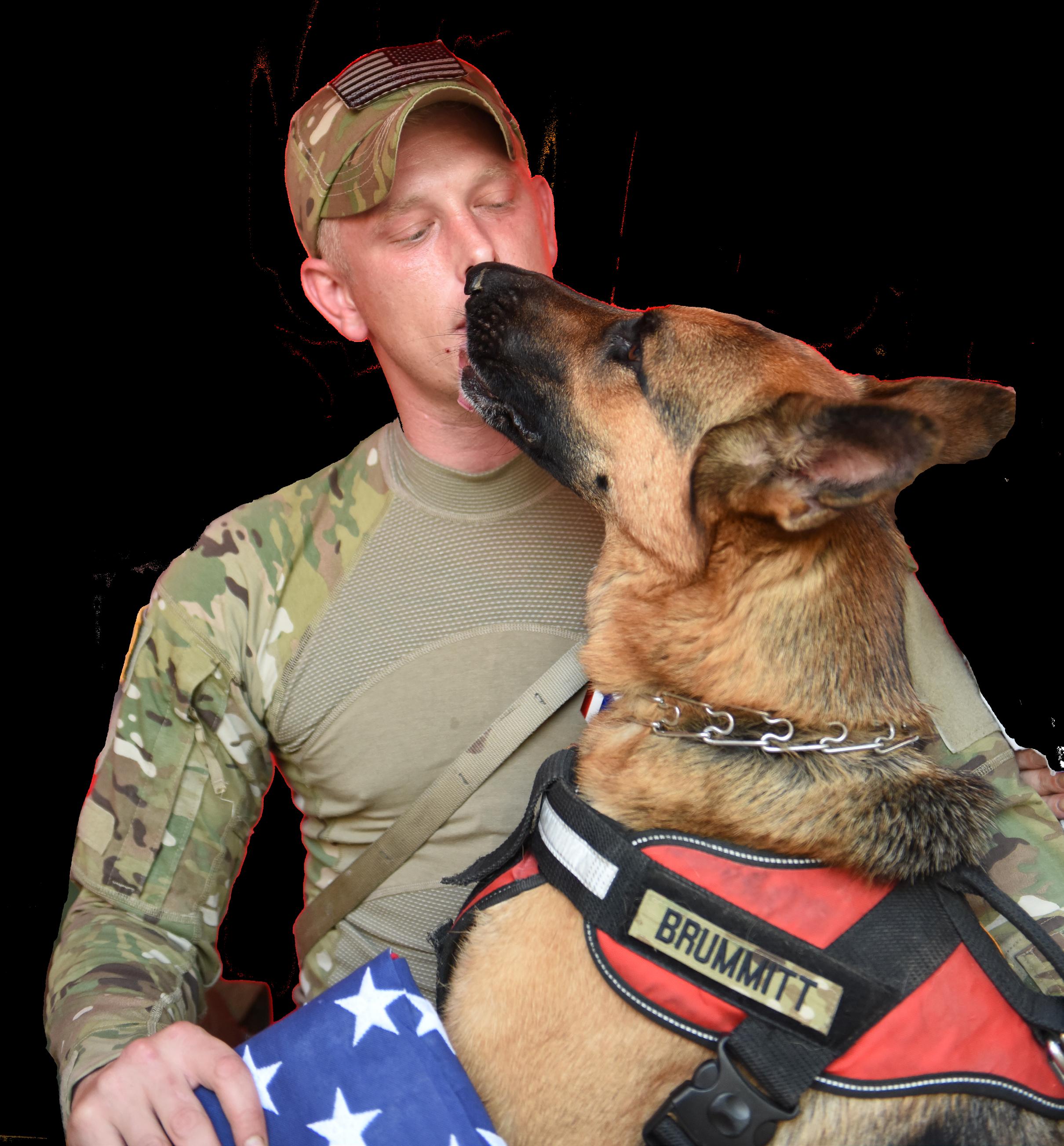


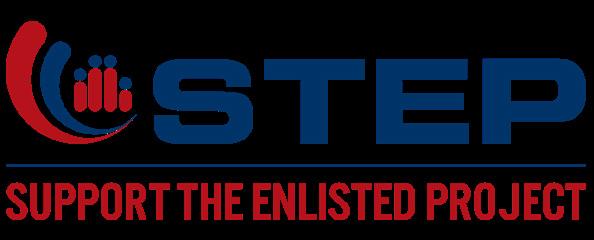















“Everyone





















SDVM is a veteran-focused magazine throughout ALL San Diego & Southern California. It serves to assist all veterans, active military as well as their spouses and families.
It is the leading veteran magazine emphasizing resources & support and focusing on topics and issues facing today’s veteran community. SDVM focuses on resources, support, community, transition, mental health, inspiration and more...
The content is the driving force behind our magazine and the connection it makes with our veterans, service members, military families, and civilians.
The magazine is supported by the city of San Diego and a distinguishing list of veteran organizations & members, resource centers, coalitions, veteran advocates, and more. We are honored to share the work of so many committed and thoughtful people.
Despite all the challenges, our team has upheld their focus and let not one opportunity go to provide resources and support to our veterans & military personnel.
On behalf of our team, we wanted to take this moment to say THANK YOU to the readers and our military-veteran community for supporting our magazine. With that support we aim to make a difference and continuing to make a profound impact on the quality of life for our veterans, military personnel and their families.
If you want to catch up on the current and past issues, please visit: www.sandiegoveteransmagazine.com/archives
Mike Miller
Editor-In-Chief
mikemiller@sdvetsmagazine.com
www.sandiegoveteransmagazine.com
Publisher
Editor-In-Chief
Mike Miller
Monthly Columns
What’s Next In Transition
Eve Nasby
Human Resources
Paul Falcone
Franchise Dreams
Doug Dwyer
Successful Transitioning Stories
Dr. Julie Ducharme
Veterans in Business
Barbara Eldridge
Risky Business
Hadley Wood
Real Talk: Mental Health
Hope Phifer
PTSD: Reclaiming Control
Robert ‘Bob’ Cuyler, PhD
Legal Eagle
Kelly Bagla, Esq.
Veterans Chamber Commerce
Joe Molina
Midway Magic
David Koontz
Veterans Chamber Commerce
Joe Molina
Contributing Writers
Wounded Warrior Project
Disabled American Veterans
(In-House) Correspondents
Holly Shaffner
CJ Machado
Lori Noonan
mikemiller@SDVetsMagazine.com

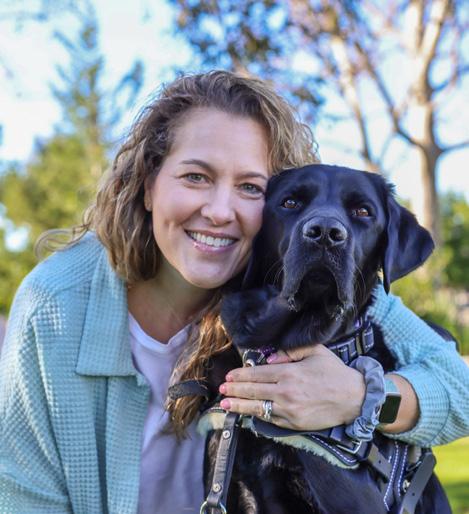
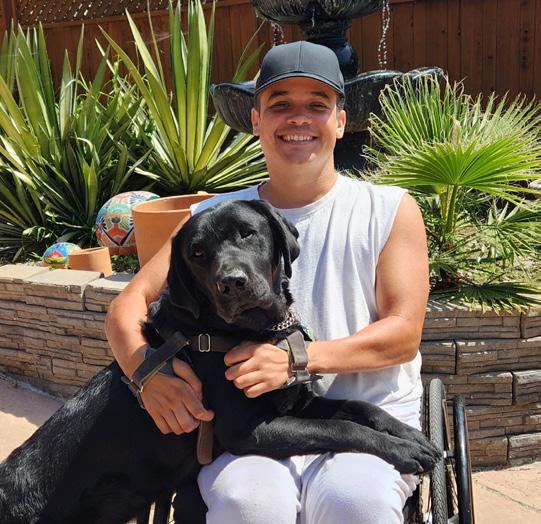
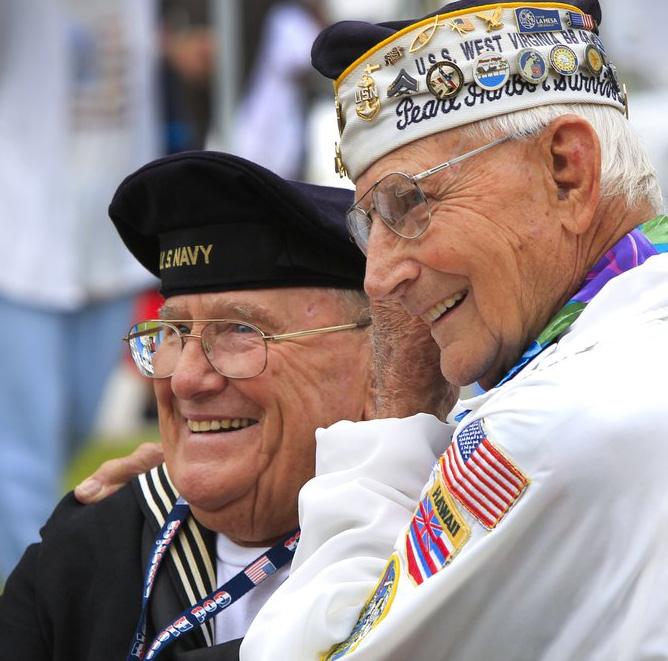












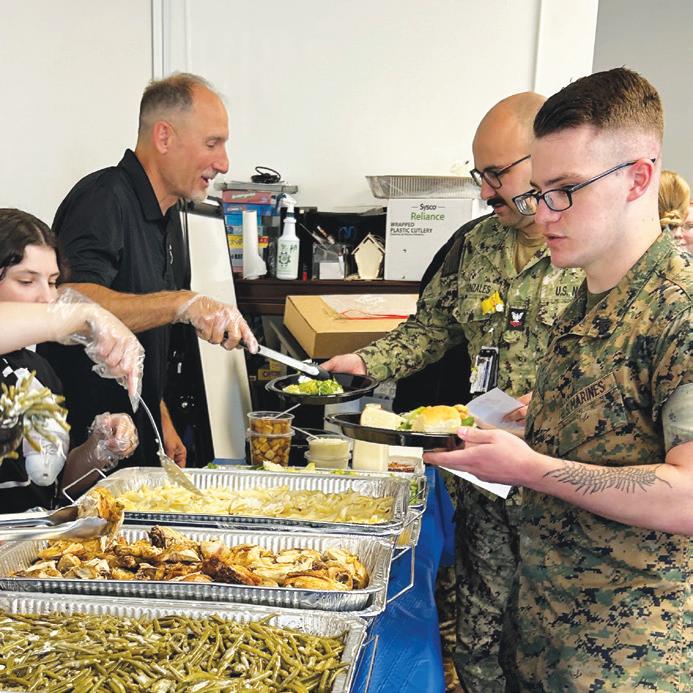






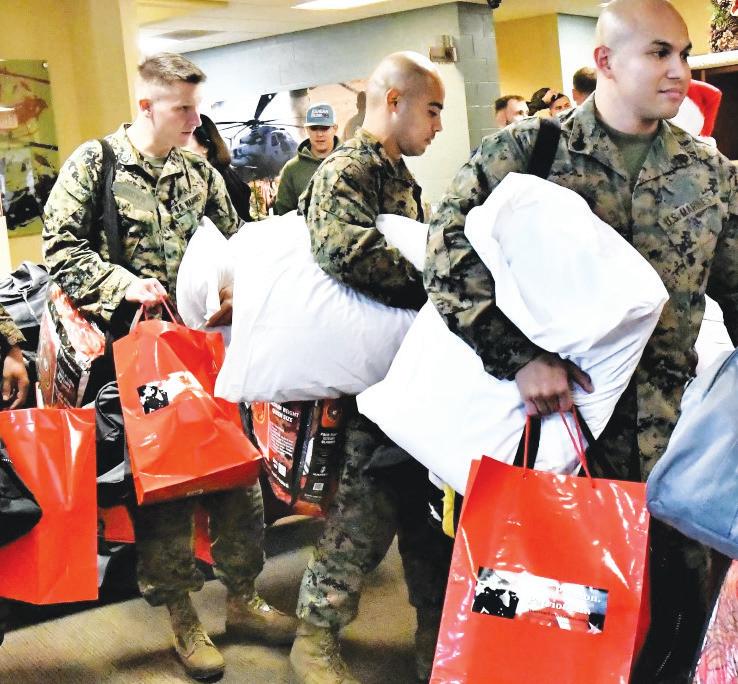






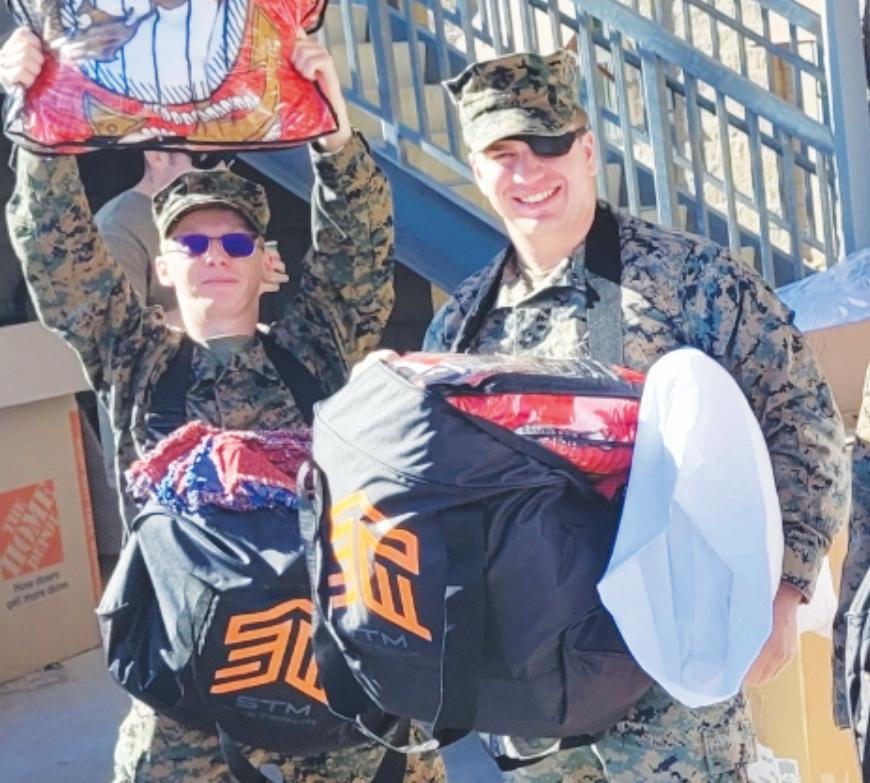




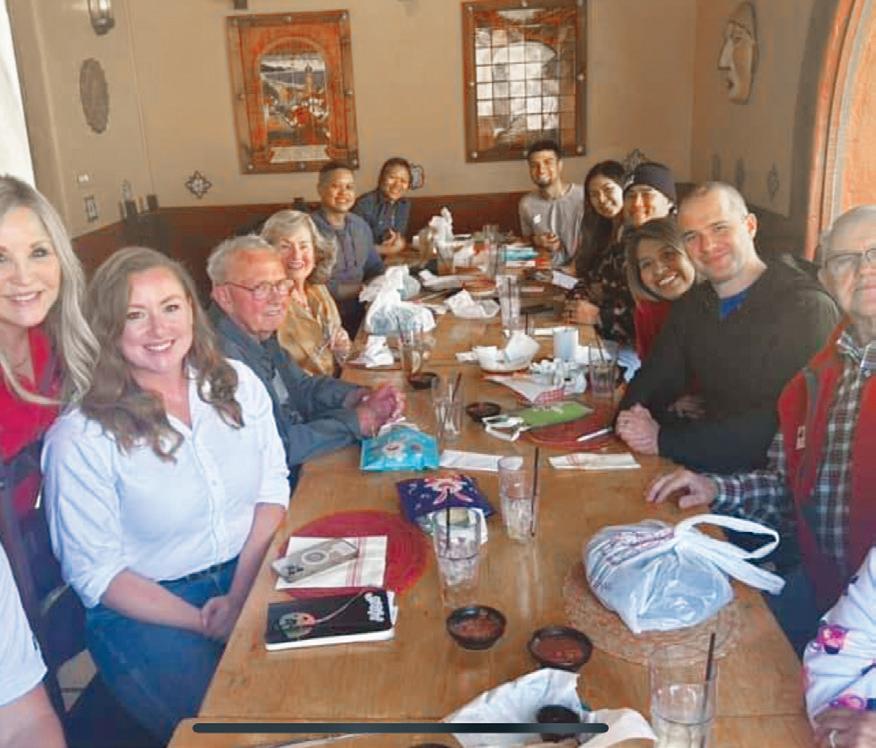







































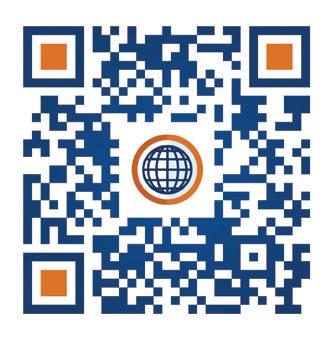

The decades between the 1950s and 1970s are considered by many as the “golden age” of airline travel. Flying on a commercial airliner was widely seen as a special occasion, and flight crews were often portrayed with the same level of glamor as the Hollywood elite.
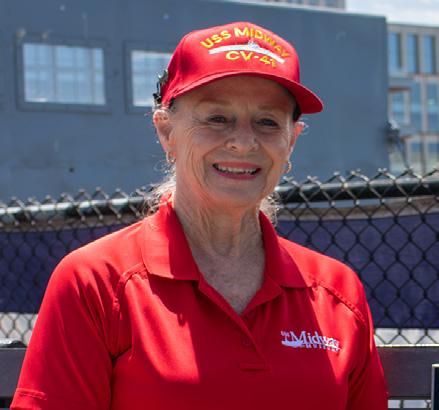
Following her pioneering 30-year career with United Airlines, Trudi Lang brought her trailblazing spirit, along with finely honed sense of elegance and sophistication to the USS Midway Museum. Celebrating two decades of leadership with the safety department, she’s been instrumental in building a volunteer corps at the museum that is the envy of San Diego.
“I was so fascinated and stunned by the magnificence of Midway, that I wanted to be part of it,” remembered Lang, who joined the Midway family only a year after the museum opened to the public. “I applied to volunteer in the safety department in 2005. Back then everything was new, but as a safety professional with United Airlines, the idea of "safety first” was solidly ingrained in me.”
A San Diego native, Lang started as a stewardess in 1970, with a position title change to flight attendant a few years later. Regardless of her designation, the travel bug dug deep and stayed a powerful force for 33 years.
“I wanted the adventure, and I got it,” said Lang, who was based in Chicago, Denver and finally Los Angeles while with United Airlines. “The travel, and meeting and working with new people was what made me stay. I’ve been to 42 states and 15 countries. Every flight was different, so it was never boring. I retired in 2003 as an international purser and in late 2004 I moved back to San Diego to be with my fiancé, Sam.”
Once she moved back home, she found Midway and her second passion.
“I knew the Midway was here and I wanted to visit,” said Lang, who has amassed more than 10,300 volunteer hours. “My father was a Navy lieutenant commander. He passed away in 1976, but I knew he would have loved this, so I guess volunteering for Midway was mainly a way to honor my dad.”
What she found at Midway in the earliest days of the museum was a blank canvas. Her decades of ensuring safe and enjoyable experiences for millions of airline passengers made her the perfect volunteer to help build Midway’s safety department.
“We had no formal training then, and very few safety volunteers, so learning what to do was really up to us to figure out,” said Lang. “It was challenging. I did orientation for new safety volunteers for many years and also wrote a simple safety training program with the help of my dear friend and safety lead Carole Hansen.”
Lang’s efforts and dedication did not go unnoticed, and she quickly rose in the ranks of Midway’s volunteer safety team.
“I was encouraged in 2006 to become a safety lead,” said Lang. “I saw a need for some organization for our leads, and our team, and having been a purser with the airlines, I applied those skills to give us some structure.”

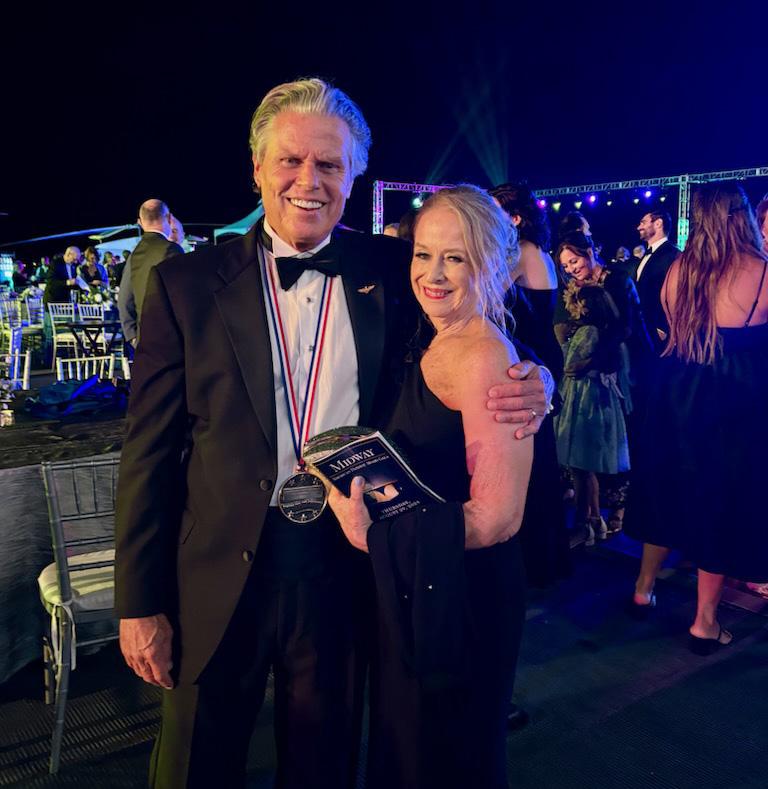
In 2011, she was selected as the museum’s volunteer of the year. Ten years later, following Midway’s rebound from the COVID pandemic, Lang was asked to join the museum’s board of directors as the volunteer representative.
The volunteer position on the board was originally a one-year assignment, but Lang’s stellar efforts were so impactful, she was asked to stay for a second year.
“I formed a committee of volunteers of the year and we met with many of the department heads every six weeks or so to talk about how we could recruit and retain volunteers,” said Lang. “I would then report back on our status and progress during board meetings. I think we were successful in creating a positive advocacy for the volunteers.”
Having been with the Midway for 20 years and holding multiple positions, Lang has seen the tremendous evolution of the museum from simple beginnings to being the most popular and visited naval ship museum in the world.
“I feel so fortunate that I’ve been able to be a volunteer on the Midway team for 20 years as I’ve watched it change and grow,” said Lang. “I think Midway is now state of the art. We have some of the smartest volunteers and staff. They are visionaries and have built it all out to be as real as possible. It didn’t happen overnight. I think we’re evolving constantly. We’re iconic, and not just in San Diego.”
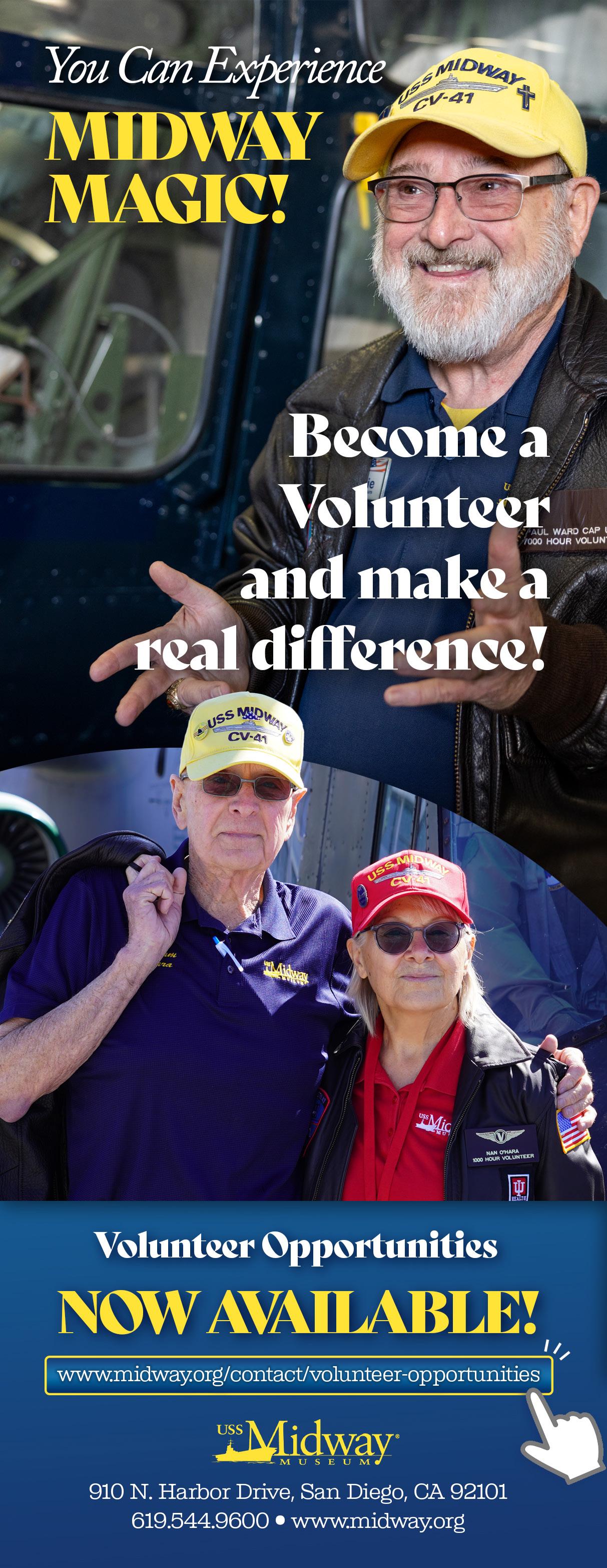
www.midway.org/contact/volunteer-opportunities
www.midway.org
By Holly Shaffner
The date was August 14, 1945. President Truman announced, “This is the day we have been waiting for since Pearl Harbor. This is the day when Fascism finally dies, as we always knew it would.”
Every WWII veteran knows exactly where they were when they heardthe news. For U.S. Navy WWII veteran Gil Nadeau, he was on his Landing Craft Support (LCS) ship in the Lingayen Gulf in the Philippines practicing maneuvers foran invasion on Japan.
In the late morning on August 14th a ship’s radioman announced, “The war is over! The war is over!” After being away from home for over two years, Nadeau thought, “Now I can go home.”
Nadeau recalls the parties and celebrations that ensued. He remembers the harbor looking like the 4th of July with guns being fired into the air and pyrotechnics illuminating the sky. He remembers the LCS pulling up on the beach and the crew jumping to land and drinking like sailors until it was time to get underway again. He remembers the donkey and the cart that helped get the sailors from the nearby Army base back to the beach.
The Japanese surrendered on August 14th and on September 2nd, allied supreme commander General Douglas MacArthur along with Japanese officials signed the official Japanese surrender aboard the U.S. Navy battleship Missouri, officially ending World War II.
Many Americans called August 14th V-J Day or Victory over Japan Day. Today, we recognize the end of WWII in a celebration called “Spirit of `45.” In 2010, Congress voted to make the second Sunday in August the National Day of Recognition.
In San Diego, the largest annual celebration had always been at the Veterans Museum at Balboa Park. In the early years, the museum hosted the event and Honor Flight San Diego contacted hundreds of WWII veterans to attend the celebration.

Honor Flight San Diego took over the event in 2021 and has combined it with a reunion for veterans who have flown on their Honor Flight. This year, the San Diego Spirit of `45 event is expected to host the largest number of WWII veterans in the nation. Honor Flight San Diego called 125 local WWII and to date, 49 have RSVP’d to attend!
There will be special parts of the program to recognize WWII veterans and Rosie the Riveters, and to honor them for their service.
The event is not open to the public due to capacity limits, however, if you know a WWII Veteran or Rosie the Riveter who would like to attend, please call (800) 655-6997 to get them on the list. There is no charge to attend.
For more information, go to: www.HonorFlightSanDiego.org or follow on social media @HonorFlightSanDiego.
On this 80th anniversary of the end of WWII - Let’s Keep the Spirit Alive! If you know a member of our Greatest Generation…simply ask them, “Where were you when the war ended?”
www.Assertivehomecare.com

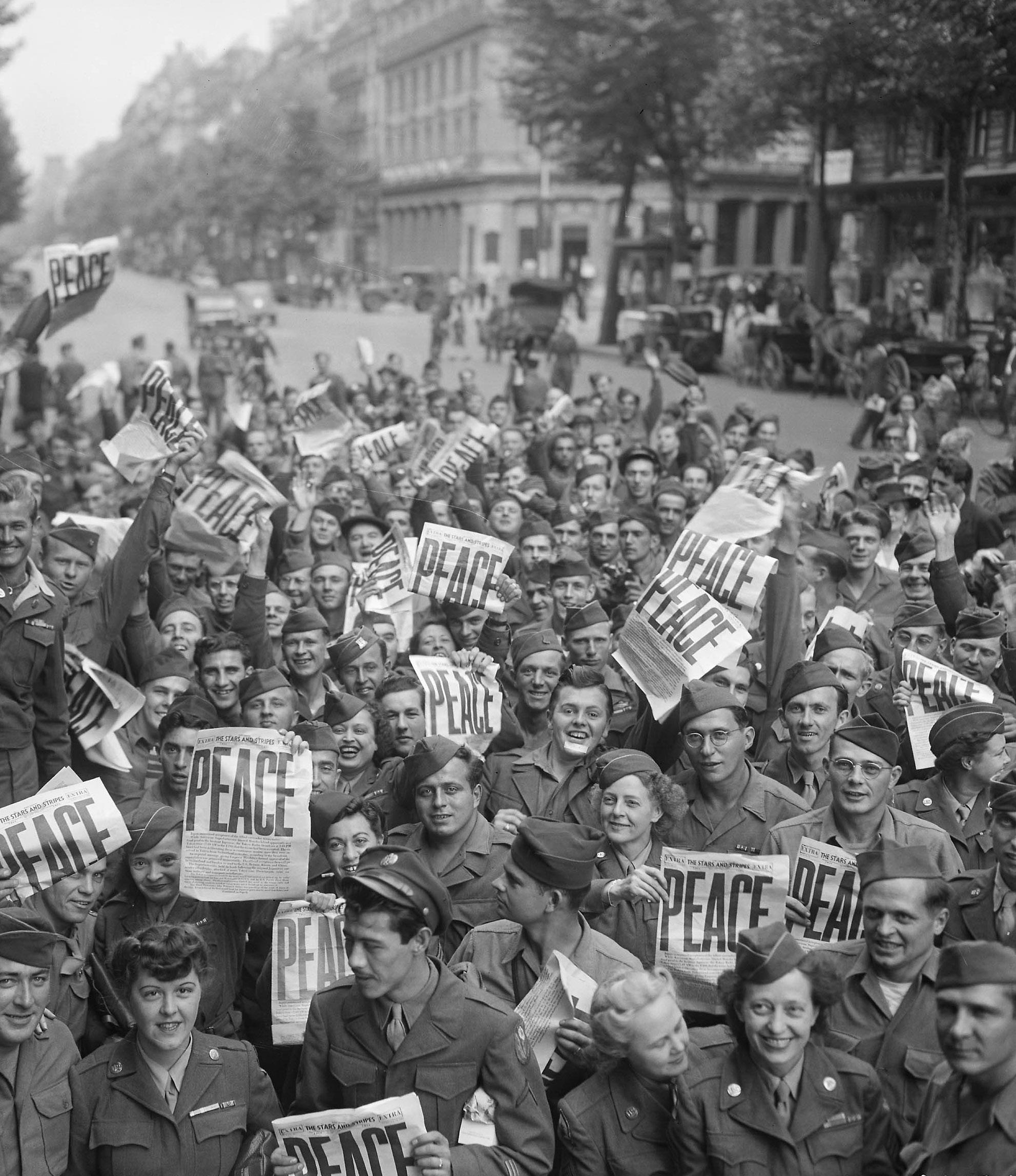
AUGUST 15, 1945
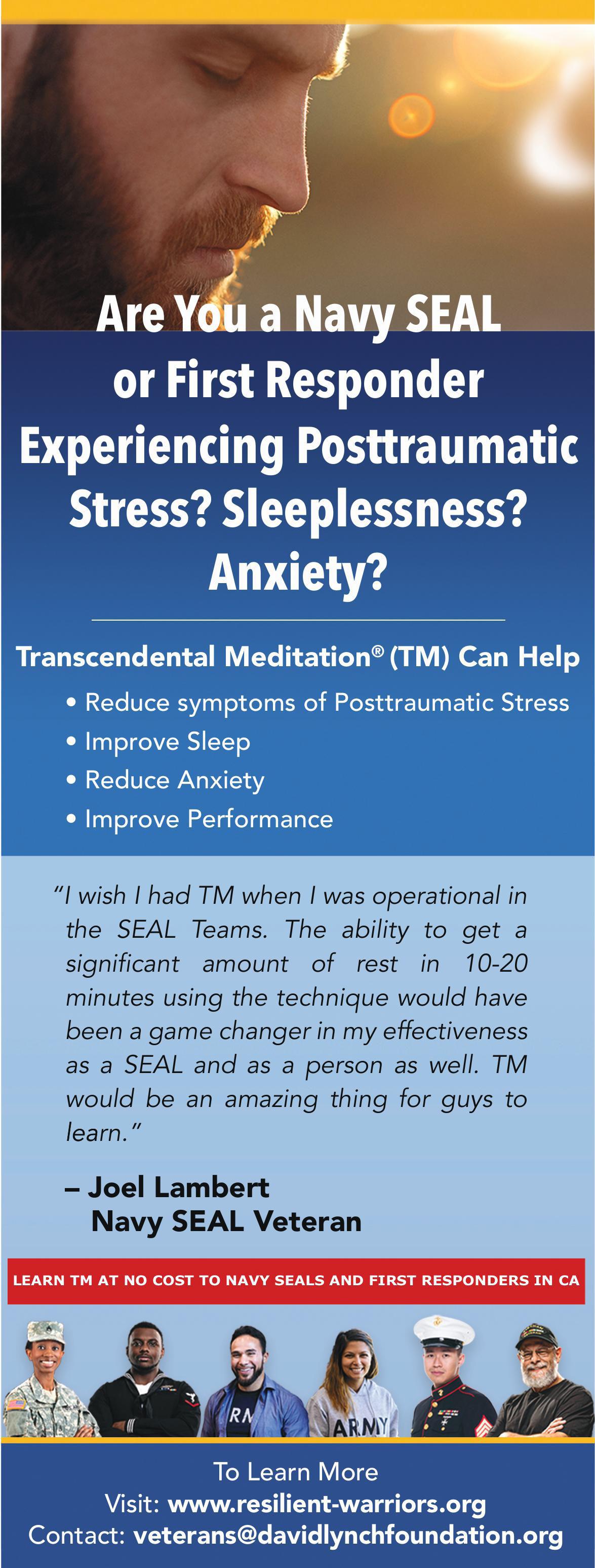
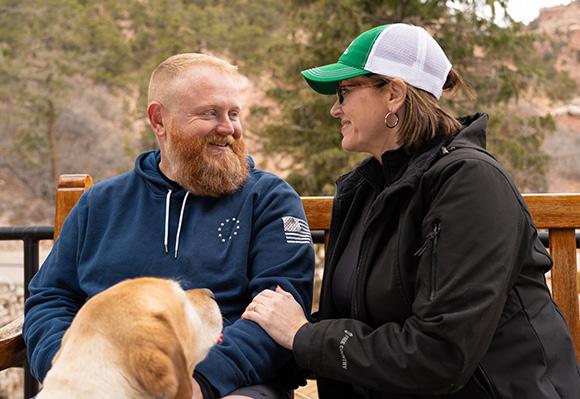
Learn “Fight Club” rules
Fight but fight fair. Figure out what works for you and your partner. If Scott can leave the room for a bit, he’s willing to address a resolution when he returns. So now, instead of an argument lasting days, we resolve it in 15-20 minutes.
Learn your partner’s comfort zone
What do they like? What makes them nervous? Scott doesn’t like crowds, and he prefers to sit facing a door. So even now, even though he’s changed and grown, it’s his preferred place, so I will sit with my back to the door so he can face it.
Be mindful of your partner
Be aware of your partner and how he or she may react in certain situations. When you focus on each other –as opposed to watching a movie and scrolling on your phone – you may be able to identify subtle changes that could indicate things are bubbling to the surface.
Try something different
During Project Odysseys, couples are often challenged to try new things that may be uncomfortable for them. The objective is to help people process differently. Getting out of your comfort zone is hard, but that is where you grow and learn. For instance, Scott learned to kayak. I had no desire, as there was nothing about it that I wanted to like, but I tried it. Now, we have our own kayak and take multiple trips to a local lake when the season is right.
Embrace the new normal
We are not the same people we were 25 years ago. Everyone changes, whether through lived experiences in the military or otherwise. You must decide if you will embrace your new normal and how to be most effective.
To learn more, visit woundedwarriorproject.org or call 888.ALUM (997.2586) to connect with the WWP Resource Center.

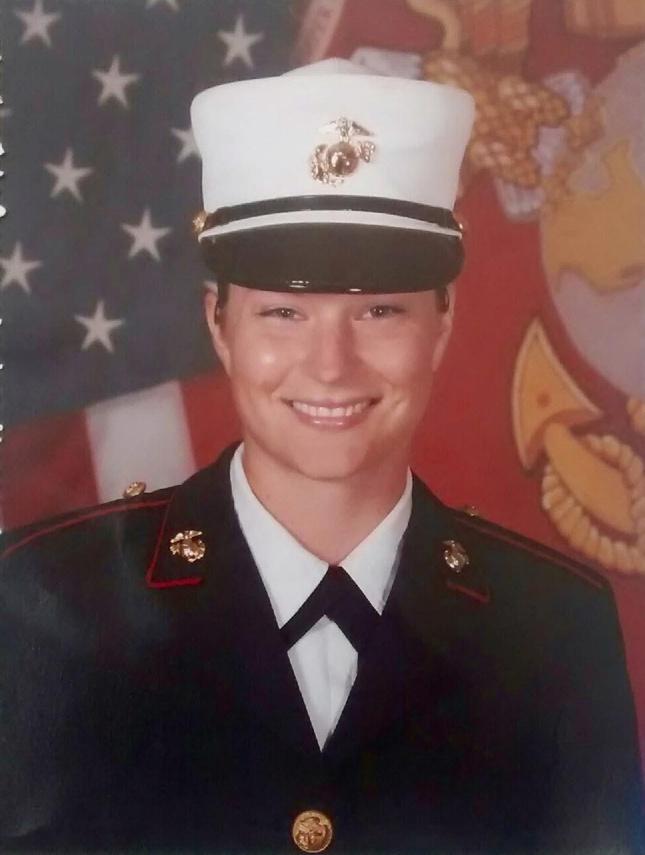

I'm a Marine Corps veteran, Reiki practitioner, and horse trainer specializing in trauma recovery through somatic experiencing and connection with horses. My work bridges the gap between veterans and civilians, fostering community and addressing the roots of veteran suicide
My own healing journey from complex trauma to purpose drives my passion for helping others. With support from individuals and nonprofits, I help build systems that create lasting change.
I believe true community is built through curiosity, trust, and connection By reigniting a sense of hope and presence, I support those who feel lost in survival mode much like the feral horses I train, whose instincts once mirrored my own.
With grit, integrity, and gentleness, I stand ready to ride alongside anyone ready to take ownership of their healing
Susie is Harmonetiks newest Team Member.


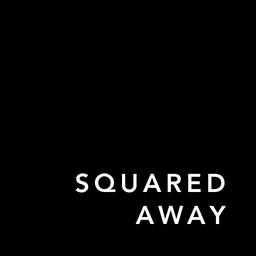




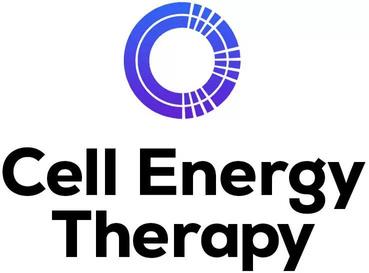
By Clinician Arturo Garcia
The Steven A. Cohen Military Family Clinic at VVSD www.cohenveteransnetwork.org

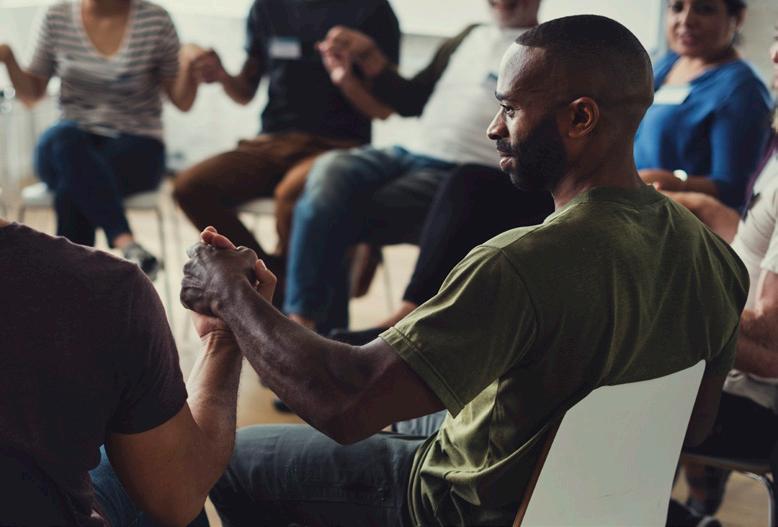
This summer, you may be experiencing a life change. This could include a new duty station or assignment, kids heading back to school, or even transitioning out of the military. For me, it has been the emotional shift of seeing my child start school for the first time. Like many parents, I have felt nervous, a little sad, and deeply aware of how fast time moves.

While some changes are manageable, others hit harder, even if we don’t recognize it right away. Maybe you’ve started noticing something feels off, or you’re not quite yourself lately. Or maybe it’s someone else who sees it first; a loved one, fellow service member, or supervisor might have pointed out that you don’t seem like your usual self. These moments matter. You matter. And they are worth listening to.

If you’re starting to wonder whether something is off, here are five signs it could be time to connect with a mental health professional:
You are feeling emotionally unregulated. You may be noticing that your emotions feel harder to control than usual. You might be quicker to anger, feeling constantly stressed, or finding yourself sad and tearful without fully understanding why. These emotions can hit especially hard following a major life change, like a move, separation from the military, or a shift in family dynamics. If your emotional responses feel more intense or harder to manage than what seems typical for you, it could be a sign your system is overwhelmed and in need of support.
Everyday tasks are starting to feel overwhelming. Responsibilities that you normally handled with ease, like going to work, managing a schedule, caring for your family, or keeping up with errands, may now feel exhausting or unmanageable. You might find yourself procrastinating more, missing deadlines, or feeling paralyzed by decisions that used to be simple. This kind of mental fatigue can be a signal that your mind and body are reacting to ongoing stress in ways you didn’t expect.
You’re pulling away from people or losing interest in things you used to enjoy.
Maybe you're not responding to text messages, canceling plans, or just don’t feel like being around people. Even the activities that used to bring you joy, like working out, hobbies, or spending time with friends and family might now feel like a chore or completely unappealing. Social withdrawal and loss of interest are common signs of emotional strain and can be early indicators of conditions like adjustment disorder or depression.
There are noticeable changes in your routine. Your sleep might be all over the place. Either you can’t fall asleep, or you’re sleeping much more than usual. Perhaps, your eating habits may have shifted too,
whether you're eating less due to stress or eating more for comfort. You may also find that basic tasks like showering, cooking, or tidying up feel unusually difficult. These disruptions in your daily functioning can be your body’s way of telling you something isn’t right.
You feel stuck, overwhelmed, or alone. At times, you might feel like you’re just spinning your wheels, doing a lot, but not getting things done. You may be mentally exhausted, emotionally drained, or feel like you’re carrying more than you can hold. You might even find yourself thinking, “I don’t know what’s wrong.”
These are powerful signs that your internal resources are stretched thin, and that now could be the right time to reach out for professional support.
Seeking mental health support is crucial for addressing challenges like stress, anxiety, depression, and relationship difficulties. The Steven A. Cohen Military Family Clinics at VVSD, as part of Cohen Veterans Network, emphasizes the importance of accessible,
high-quality care for veterans, service members, and their families. By offering evidence-based treatments and removing barriers like cost, the clinics ensure that individuals can receive the help they need to improve their well-being and navigate life's transitions effectively. Learn more by visiting cohenveteransnetwork.org
With 20 years of experience serving in the United States Air Force, Clinician Arturo Garcia, ASW, Master Sgt USAF (Ret.), is a seasoned logistic expert and a quality assurance team lead, who managed administrative processes and providing support to service members. He developed strong analytical, communication, and leadership skills that enables him to excel in challenging and dynamic environments. He retired at the rank of Master Sergeant (MSgt). His career field was 2T2 – Air Transportation. Arturo earned a Transportation Management Associate of Applied Science (AAS) and Bachelor of Arts in Sociology. Today he is a Clinician at the Steven A. Cohen Military Family Clinic at VVSD, San Diego, supporting the military community with help around trauma, anxiety, depression, and other mental health challenges.
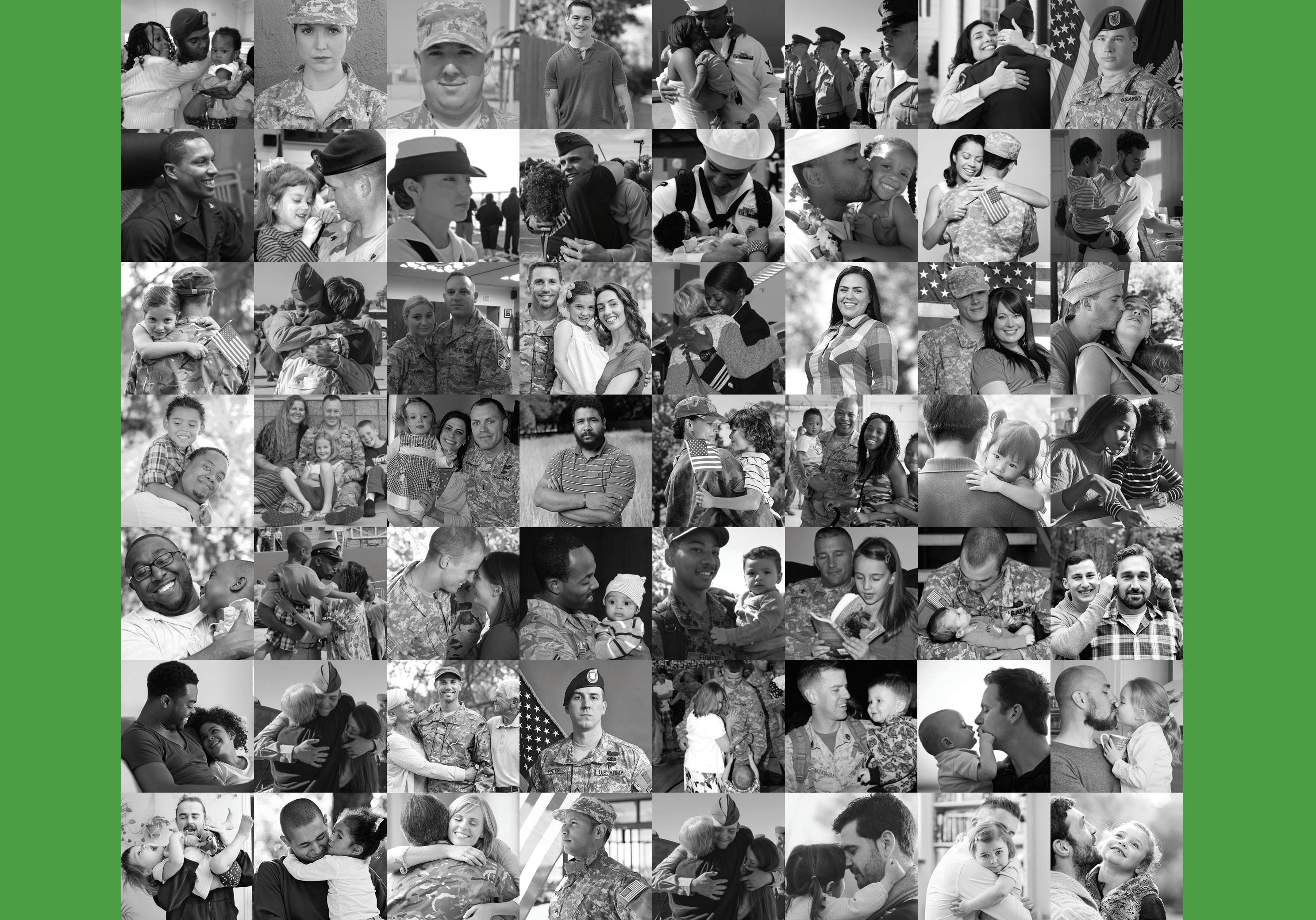
By Lori Noonan, US Navy Veteran, CEO of Capacity Builders, and Inhouse Contributor of Homeland Magazine and San Diego Magazine
Every veteran has a story—and every story deserves respect, recognition, and rightful support. Veterans’ Voice of America (VVOA) exists to make sure that happens.
VVOA is a new, independent, VA-accredited Veterans Service Organization born from the 47-year legacy of Vietnam Veterans of America (VVA). Its mission is simple but vital: to help veterans and their families secure the benefits they’ve earned through service— benefits that increase quality of life, build family stability, and contribute directly to local communities and economies.
Too often, veterans face complicated, frustrating barriers when applying for health, disability, housing, or education benefits. That’s where VVOA steps in.
With a team of expert Service Officers and a growing national network, VVOA helps veterans apply for and fight for their earned compensation from the Department of Veterans Affairs (VA)—at no cost to the veteran. From navigating initial claims to challenging unjust denials, VVOA advocates ensure veterans receive the income, healthcare access, and stability they deserve.
This work is transformational.
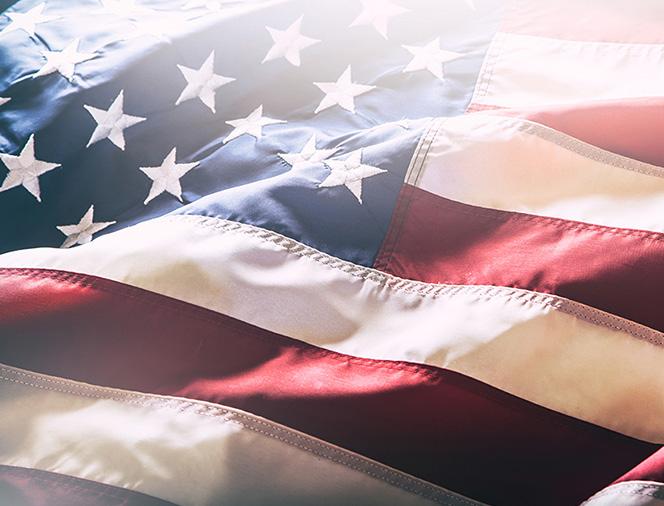
When a veteran receives a monthly disability award, that income doesn’t just support their household—it helps pay rent, buy groceries, and invest in local businesses. VVOA’s work infuses millions of dollars annually into the very neighborhoods where veterans live. It’s not just a matter of justice—it’s economic development.
Health benefits, too, are life-changing. Veterans often struggle with chronic illnesses, mental health issues, or service-connected injuries. Access to VA care and coverage not only saves lives, it preserves families and communities.
Most importantly, VVOA represents a new model of advocacy: forward-looking, inclusive, and rooted in the belief that every generation of veterans deserves the same unwavering support.
As VVA state-level service programs begin to shift, VVOA is stepping up—adopting and continuing these programs so that no veteran or survivor is left behind.
The call to serve didn’t end with enlistment—and neither should the support.
Veterans’ Voice of America is here to honor that truth. Whether you’re a veteran in need, a family member, or someone looking to give back, VVOA invites you to be part of this essential mission.
Support the movement. Honor the service. Secure the future.
Learn more at www.veteransvoice.org
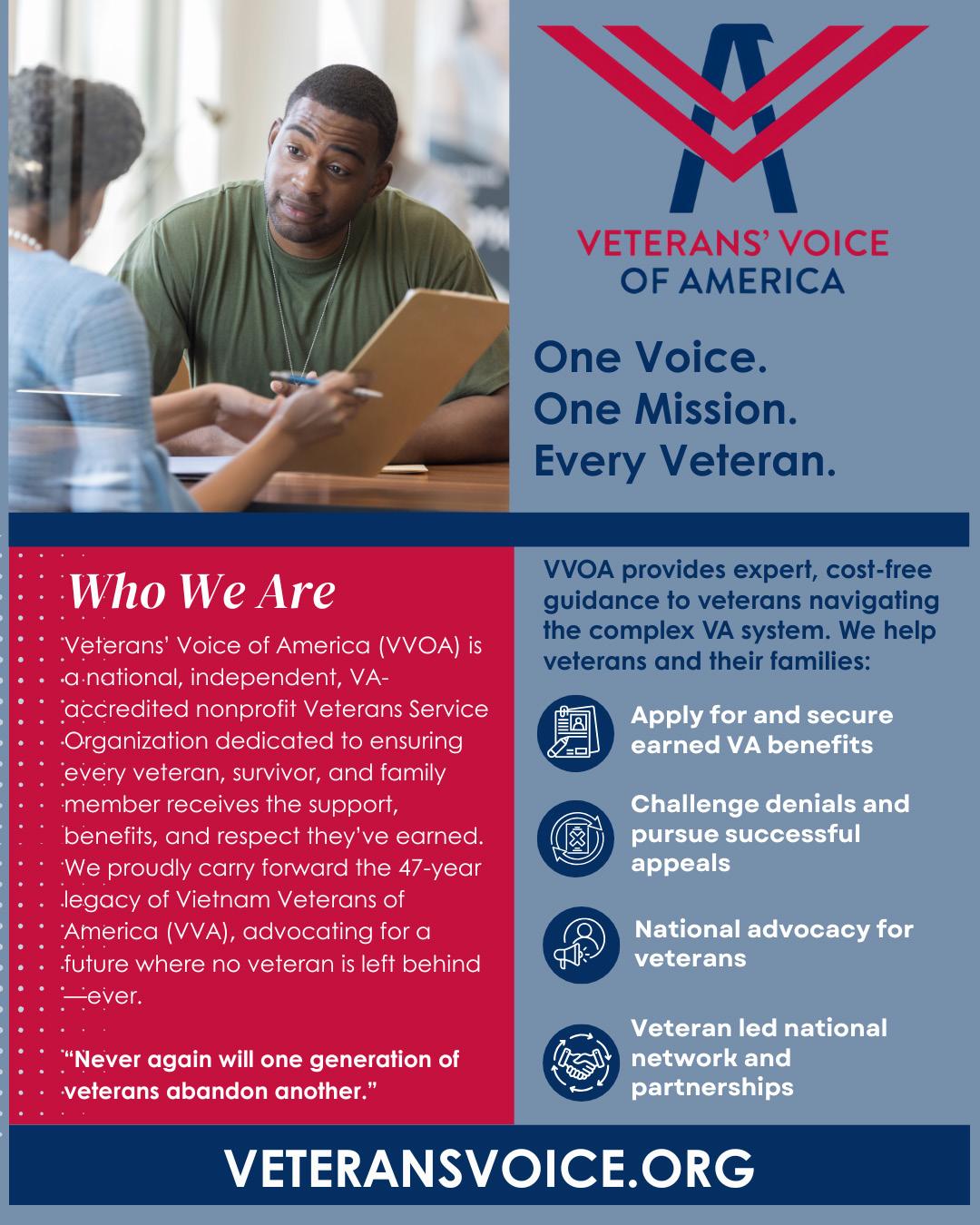
By: Robert ‘Bob’ Cuyler, PhD Psychologist and Trauma Expert

Most of what we know about PTSD is in the relatively short term. Part of the definition of PTSD is that symptoms and distress emerge and persist beyond six months after a major trauma. For most people, there is significant distress soon after trauma exposure but the impact lessens over time- this is considered an acute stress reaction and not PTSD unless the symptoms remain. This is one reason that it is challenging to judge the impact of early intervention, since the majority of people will show decline in distress even if they get no treatment. We have relatively sparse information about the long-term impact on individuals with PTSD. A recently published study on the effects of 9/11 survivors sheds some important light on the trajectory of trauma.
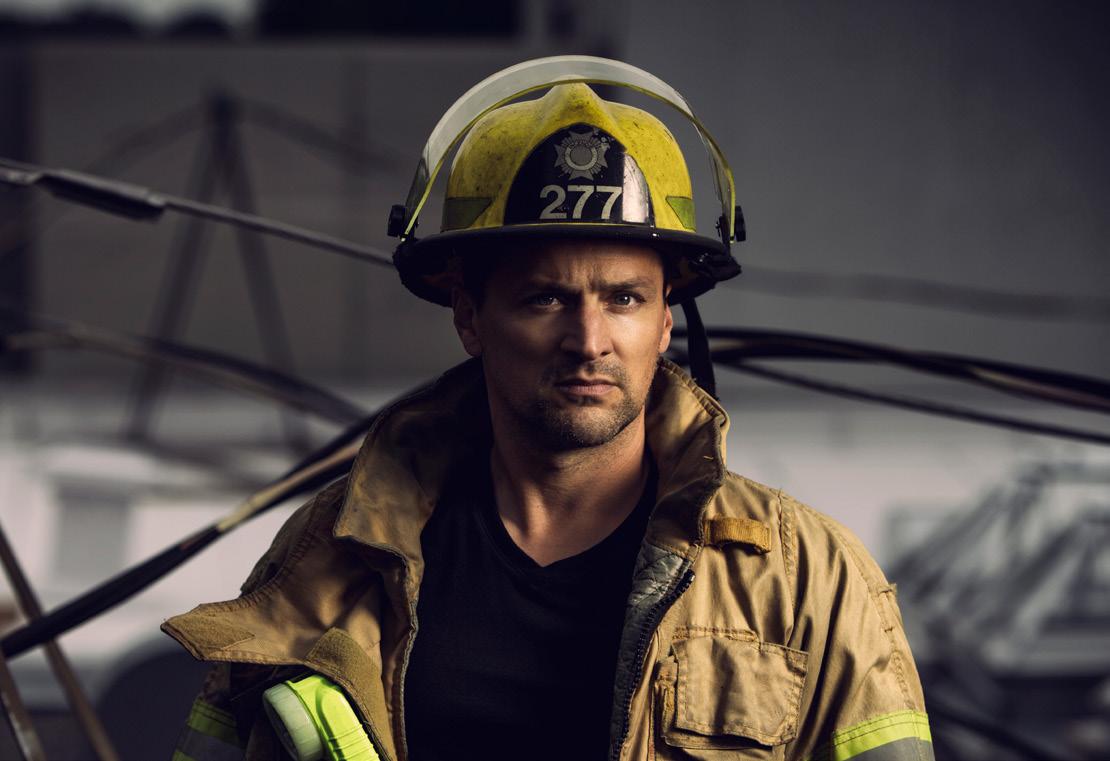
This study followed over 12,000 trauma-exposed individuals over 20 years following the World Trade Center attacks. Both free treatment and periodic followup interviews were offered. 16-34% of those studied had few or no symptoms, while clinically elevated PTSD scores were noted for 8 to 15% of participants. Across the 20 year study period, the average PTSD scores remained relatively the same, but a deeper look into the data showed an important distinction. The ‘average’ represented about half of participants who improved over time and about half whose conditions worsened, so the two trends effectively were canceled out in the average. When the researchers looked at how participants looked over time, the most common time marker was about 9 years post-event to show meaningful improvement.

By the end of the 20 year period, about 75% showed significant improvement. There remained a group of about 10% whose symptoms worsened over the two decades and, understandably, had the most impact on life function and highest mental health costs. There remained some uncertainty about what may be responsible for either resilience or risk.
The researchers speculated that first responders (e.g., police or firefighters) may benefit from training that strengthens coping skills. Other groups such as construction workers, without formal training programs, fared worse than first responders.Another factor at play for long term negative impact may be exposure to other subsequent trauma exposure following 9/11. It’s also likely that genetic factors influence vulnerability.
news.va.gov/124302/community-care-who-eligible-how-can-access-it
My takeaway from this research is mixed, with positives and negatives. Troubling is the persistence of severe symptoms for about 10% of these 9/11 survivors 20 years later. This speaks to the limitations of the treatments available at the time, especially in the first several years, and the need for new evidence-based treatment innovations. A positive is that participants with positive coping strategies did better. An active social network, employment, structure in daily life, focus on improving sleep quality, and stress management habits were all ingredients in improvement over time.
Most often, exposure to trauma is not under our control at all. Afterwards, these self-management skills may be the most important prevention tactics (in addition to treatment) that can reduce the impact of trauma.
If you are a trauma survivor, take an inventory of your self-care practices and see what you can add.

Dr. Cuyler is chief clinical officer of Freespira, an FDA-cleared non-medication treatment that helps people with panic and PTSD manage their symptoms by learning how to regulate their breathing. www.freespira.com






Our FIRST issue featuring Dog Days of Summer started in 2019, and is now one of our most popular San Diego issues every year.
“I got my service dog when I was medically retired out of the military, and it was the best thing that ever happened to me. I wish every medically retired serviceman could have a service dog. He’s amazing. He’s my best bud. I go everywhere and anywhere with him.”
- Marcus Luttrell
“Service dogs give us the courage to face the world, even when it feels like the odds are against us.”
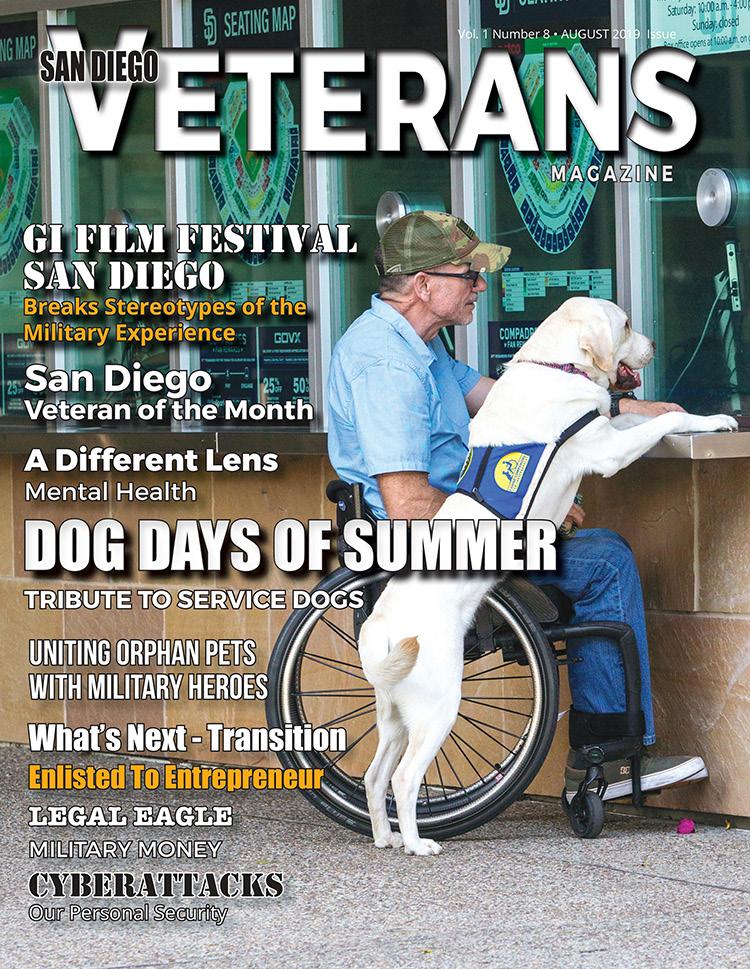
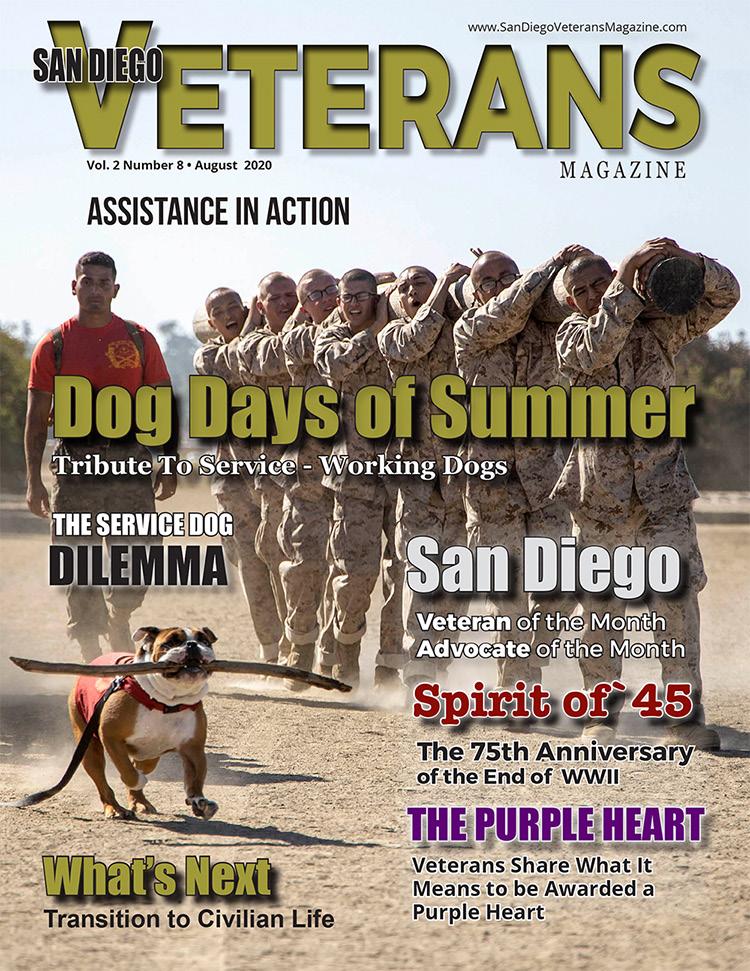
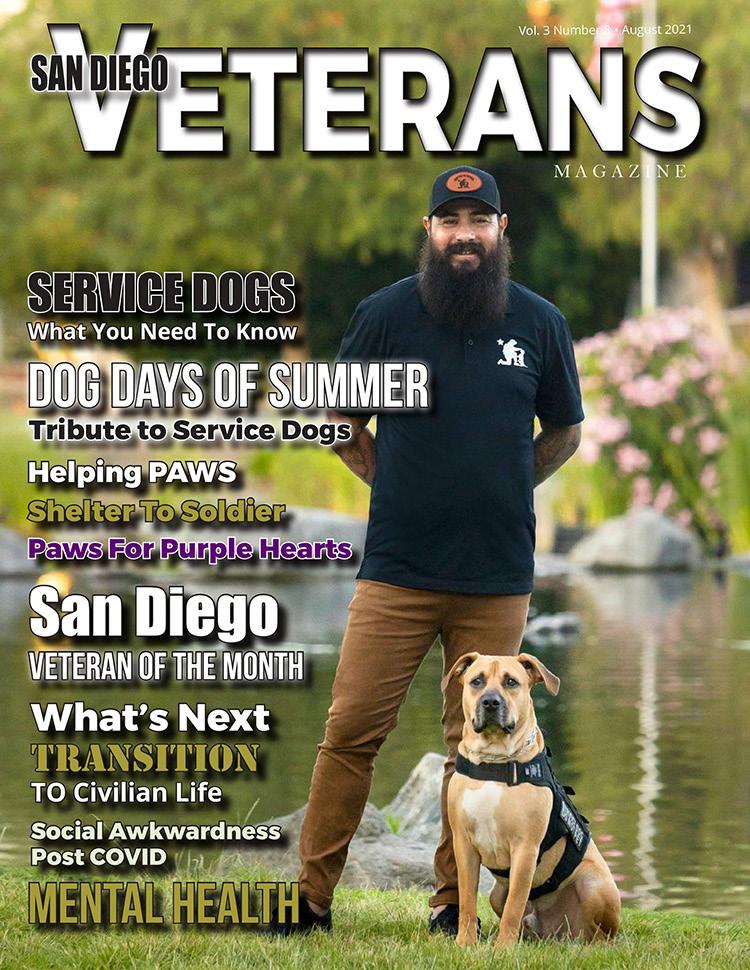
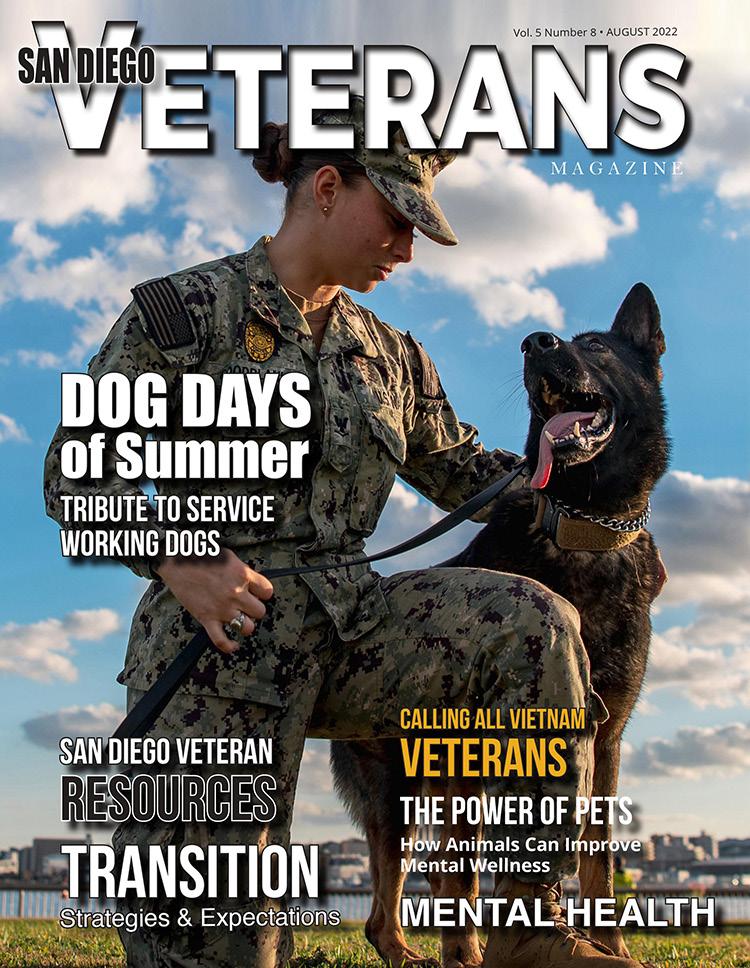
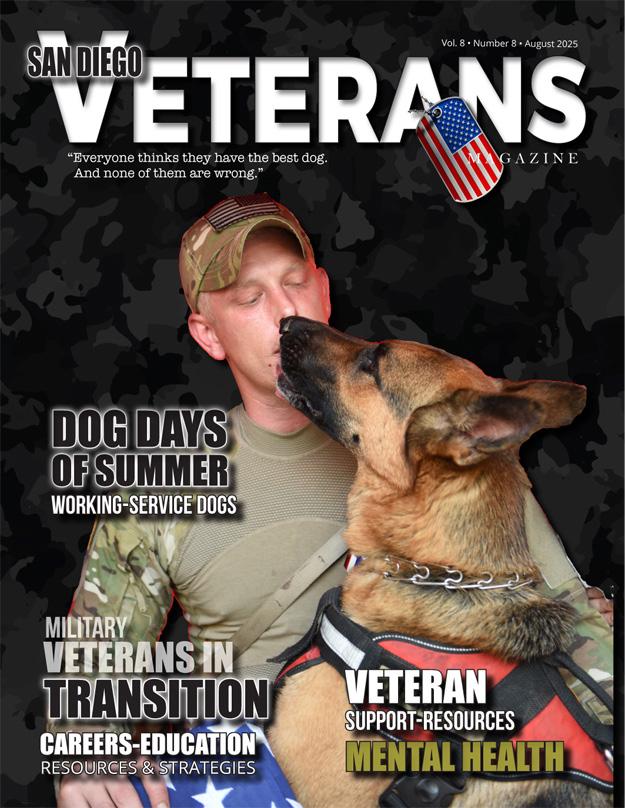
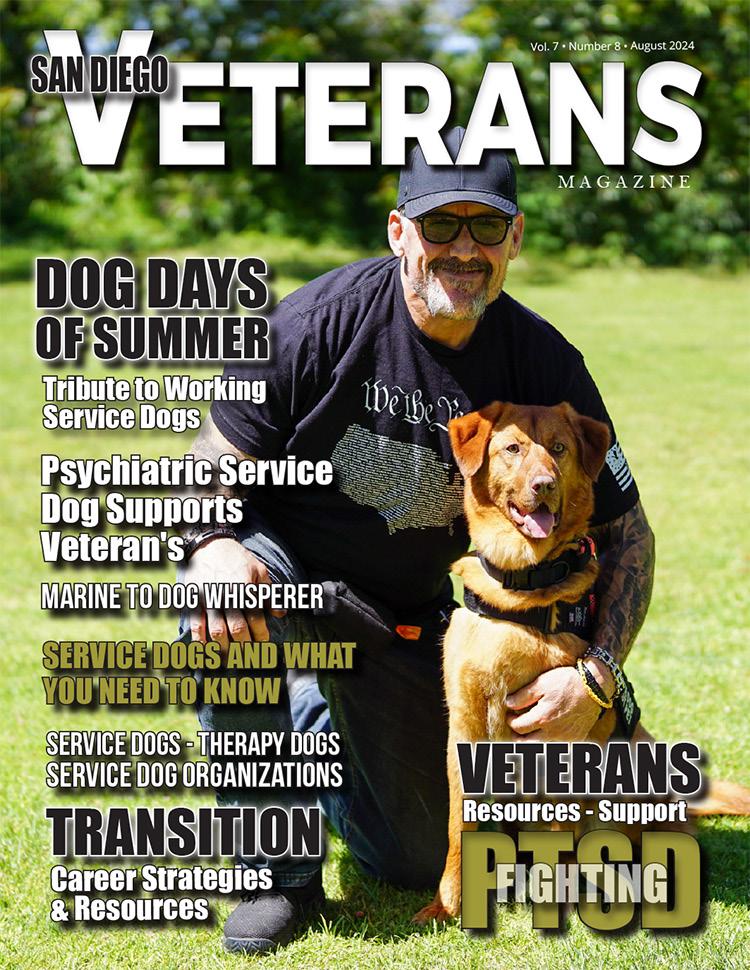
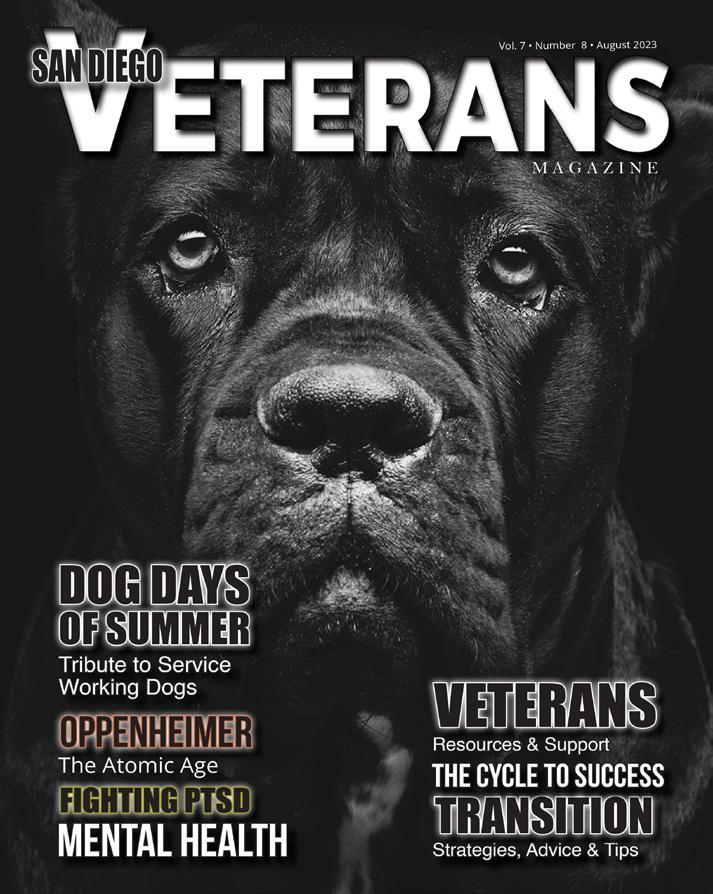
Why is this time of year, approximately forty days from early July to early September, referred to as the ‘Dog Days’ of Summer?

Many people believe the phrase “dog days of summer” stems from the fact that dogs tend to be a bit on the lazy side during the hottest days of summer.
Of course, who can blame them? With that much fur, dogs that exercise during the hot days of summer can overheat easily.
We have all heard the myths about Dog Days, most of which focus around our canine friends, which is why the old folks say this time of year is called Dog Days.
Some of the myths are:
Hunting dogs will not hunt, dogs go mad and foam at the mouth for no apparent reason, snakes go blind and strike at anything that comes near them, (dogs in particular), no use in going fishing because the fish will not bite, wounds and sores will not heal, if it rains on the first day of Dog Days, it will rain every day for the next 40 days, or the opposite-if it does not rain on the first day of Dog Days then it will not rain for 40 days, and the list of myths goes on.
Sometimes myths are just myths. Handed down from generation to generation, but the real origination of this time of year being dubbed Dog Days, is based on a partial myth also.
The term Dog Days was coined in ancient Rome, and was named after the star Sirius, the Dog Star, which is the brightest star besides the sun. It was thought that due to the rising and setting of Sirius at around the same time of the sun each day this time of year, that Sirius added its heat to the sun’s heat, thereby making the days hotter. Hence the term Dogs Days.
Our modern day usage of the term has little to do with Sirius or his alleged wrath. We use the term Dog Days to refer to anything that is slow, lazy or languishing.
I think the best way to appease the wrath of Sirius is to gather up my canine friends and find a hilltop breeze or go stagnate on the couch in front of the air-conditioning or maybe hit the beach and enjoy the San Diego cool ocean breeze.
Have you ever wondered about the first service dogs? Who trained them and what types of tasks did they perform? Were dogs considered “family members” as they are today? Or were they nothing more than tools? We thought it would be interesting to take a quick look at the history of service dogs and how their roles evolved over time.
Nobody knows exactly when dogs and humans first forged their inseparable bonds. The oldest dog ever found was a perfectly preserved puppy found frozen in the permafrost in the Far East. Scientists estimate its age to be about 12000 years old.
We know that Ancient Egyptians kept both cats and dogs and valued them enough to take them along into the afterlife. Dog mummies have been found from as early as the sixth century B.C. and in Peru, a burial place dating back to 900 A.D. holds individual plots for both dogs and their owners.
The evidence is strong that dogs have played an important role in men’s lives for a very long time.
When, though, did dogs first begin to help those with disabilities?
One of the first known references to service dogs is found in Ancient Rome. Frescoes depict blind men being led by dogs and Ancient Chinese scrolls talk of the same.
In America, one of the first well-known seeing eye dogs made history in 1928. Buddy and his blind owner, Morris Frank, publicly demonstrated how his dog could guide the visually impaired by having him navigate a busy New York intersection. Since then, guide dogs have been publicly accepted and sought for those with vision problems.
It wasn’t until the 1960’s that service dogs for those other than the blind began to be trained and recognized. For the hearing impaired, dogs could signal a crying baby, a telephone, or the sound of sirens.

As time went on, dogs became companions for autistic children and soldiers suffering PTSD. Today, a service dog can be trained for all manner of tasks.
• Recognizing the onset of seizures.
• Notification of blood sugar issues.
• Stability and many others.
But, the role of the modern service dog wasn’t really defined until the American with Disabilities Act of 1990. That particular law was written to prohibit discrimination based on disabilities, but it also defined the rights of service dogs.
The ADA defines service dogs (or animals) as being TRAINED to perform tasks for a person with disabilities. They are not just companions, though they also fill that role. Service dogs are caregivers, nurses, and assistants.
Today, the role of “service dog” has broadened to the point that new laws are required. Whereas it was once understood, that a service dog was trained to execute a specific task, people will now try to take untrained animals into public access areas. These dogs are often for emotional support as opposed to being trained to perform physical tasks.
For those who have invested time and money in their trained? service dogs, this can present a source of frustration.
For anyone wanting more information on how to acquire a trained service dog or how you can train your own dog to become one, please feel free to contact
White Mountain College for Pets (603) 536-4219
www.collegeforpets.com office@collegeforpets.com
Help us prepare more service dogs for wounded warriors.
At Freedom Dogs, we pair specially trained service dogs with active-duty military and veterans recovering from PTSD, traumatic brain injuries, and other combat-related challenges. These dogs do more than assist—they heal, empower, and restore hope.
To serve more warriors, we need more puppy raisers—and the resources to guide each dog’s journey from playful pup to trusted partner.
Whether you open your home to raise a future service dog or make a donation to support their training, your impact is life-changing. Together, we can bring strength, companionship, and healing to those who need it most.
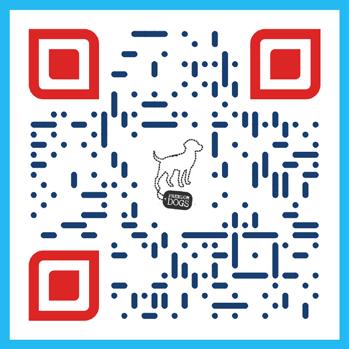
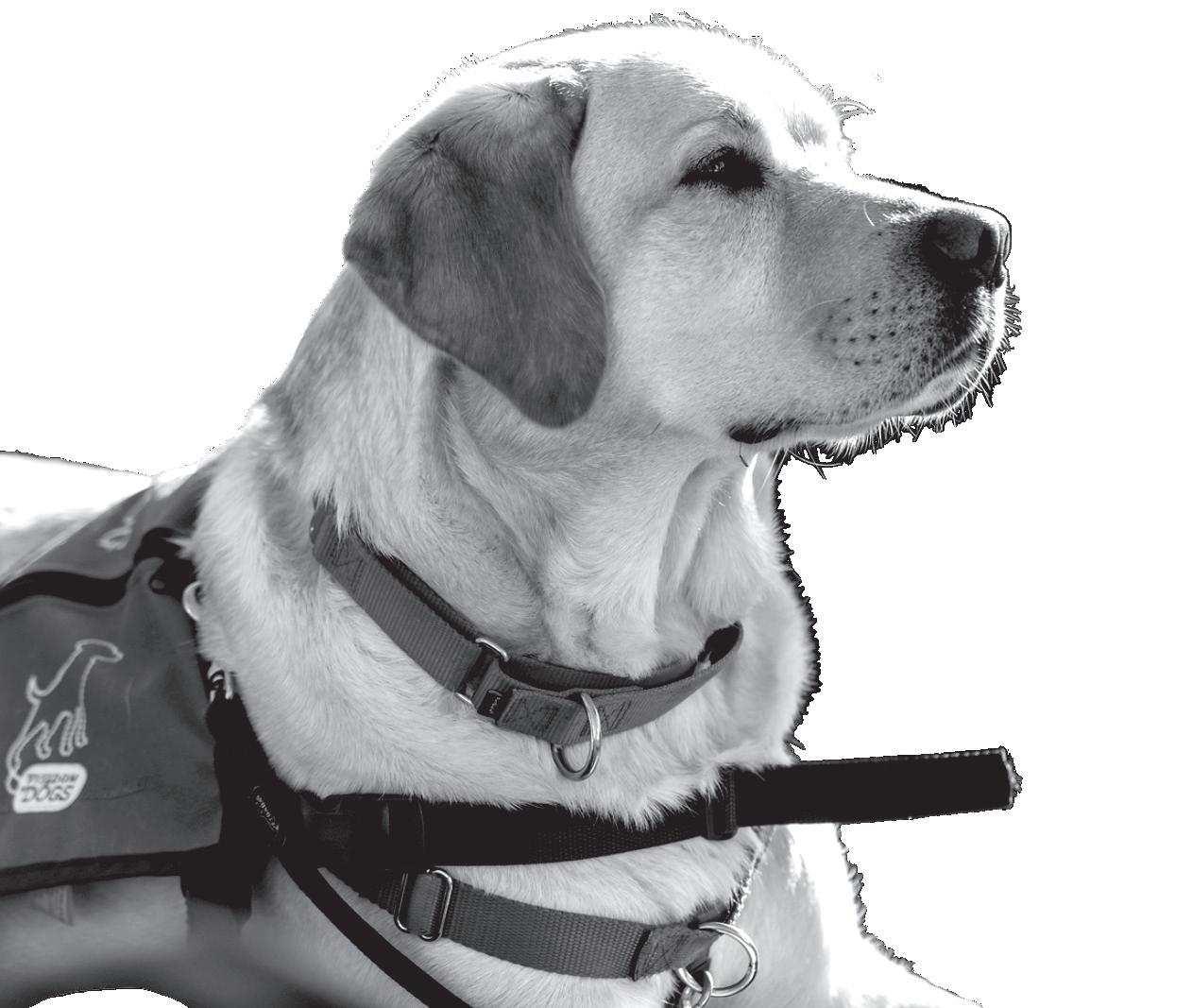
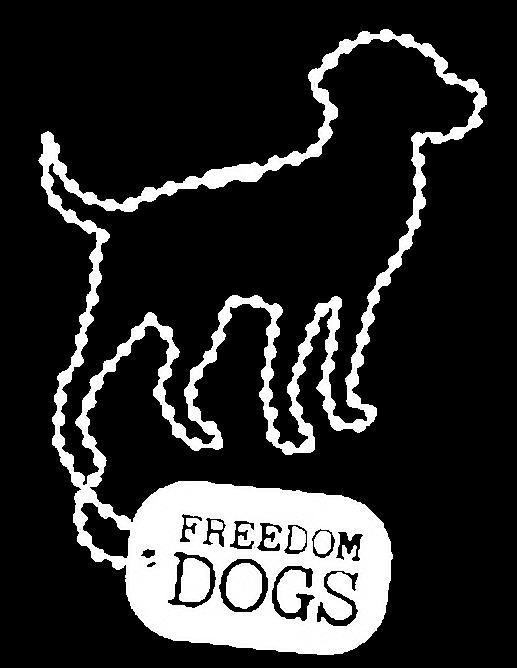
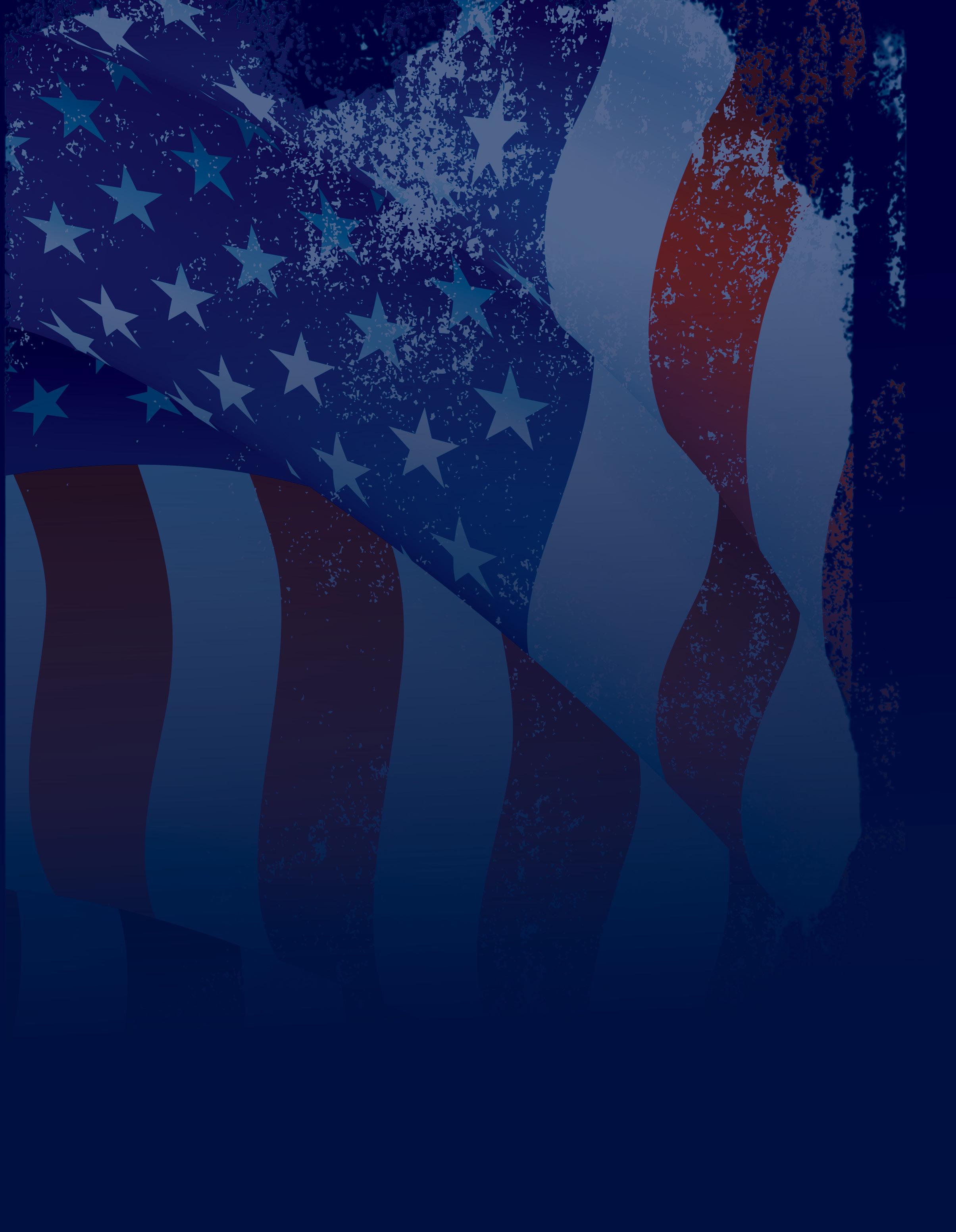
In 1975, Canine Companions® pioneered training dogs to assist people with disabilities to enhance independence and self-reliance, creating the service dog. Fifty years later, the organization has provided over 8,000 service dogs to adults, children and veterans with disabilities in addition to facility dogs to professionals working in healthcare, criminal justice and educational settings – entirely free of charge.
The specially bred, raised and trained Labrador and Golden Retrievers assist with physical tasks including pulling manual wheelchairs, opening doors, retrieving dropped items, alerting to important sounds and interrupting post-traumatic stress disorder-related anxiety and nightmares.
• Donate: As a nonprofit, Canine Companions relies on donations from individuals and organizations to ensure all service dogs are provided to clients free of charge.
- Start a fundraiser at canine.org/diy.
- Attend an event at canine.org/events
- Sponsor a puppy at canine.org/sponsorapuppy.
- Make a donation in honor of a friend, family member, dog or veteran at canine.org/donate.•
• Volunteer: Expertly trained service dogs don’t happen without the support of dedicated volunteers. Learn how you can support Canine Companions at canine.org/get-involved
- Support Canine Companions at events, through local volunteer chapter activities or at one of the organization’s training centers.
- Puppy raisers across the U.S. teach future service dogs crucial socialization and foundational exercises for 18 months to prepare them for expert training by Canine Companions to enter a life of service.
- Canine caretakers care for breeder dogs and newborn Canine Companions puppies for the first eight weeks of life.
• Apply: Learn more about receiving a free service dog at canine.org/apply
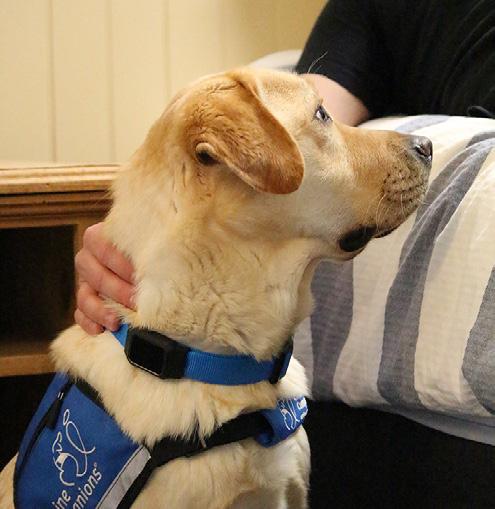
Canine Companions is committed to helping veterans thrive through best-in-class service dogs and ongoing innovation. The recently released CanineAlert™ Device is designed to do just that – revolutionize the way service dogs support individuals with disabilities.
Developed in-house in collaboration with experts in the field, the patented CanineAlert System uses biometric data, monitoring the handler’s heart rate through wearable technology that wirelessly communicates with the service dog’s collar device with the help of an app. When irregularities in the wearer’s heart rate are detected, the device triggers a gentle vibration, prompting the service dog to intervene. Through specialized training, the service dog performs specific tasks tailored to the handler’s needs, such as interrupting a nightmare or aiding in their recovery process.
"Not every nightmare I have am I vocalizing or moving around. That's what Service Dog Dubs watches for. Sometimes there are nightmares where that doesn't happen. That's why I love the CanineAlert device - it just takes my heart rate rising to get him to react. Before, he may not have noticed that."
– U.S. Army veteran Megan and Canine Companions Service Dog Dubs
This innovative approach not only provides essential assistance, but also facilitates faster and more effective responses from the service dog, ultimately preventing escalation.
As a fire support specialist in the U.S. Army, Cpl. David Medina penetrated enemy lines, faced harsh hand-to-hand combat and called in airstrikes. It was a job that required efficiency, resilience and courage. The danger took its toll during a 2010 mission in Iraq, leaving David with life-changing injuries.
David was wounded in combat when his vehicle struck an improvised explosive device that left him with a brain injury and physical injuries, as well as severe hearing loss. War also left invisible wounds – cognitive issues and post-traumatic stress disorder (PTSD).
“Coming home was a different kind of mission,” David says. “I saw things no one wants to see. When the adrenaline was gone, I really felt the injuries. The physical and psychological change was 180 degrees.”
At a military retreat, David learned that a service dog could be a game-changer. In 2014, he was matched with Canine Companions Service Dog Lombard.
After eight years of devoted service, Lombard passed the call of duty to Service Dog Kellen. Now, Kellen assists David with the physical tasks Lombard did so faithfully, tugging off socks, retrieving crutches and turning on lights.
However, Kellen provides even more sense of safety and peace of mind for David, thanks to his training to mitigate symptoms of PTSD. Tasks like anxiety interruption and creating a buffer in crowds have been life-altering for David’s ability to connect with the world around him.
“When we’re in public, I can manage better because Kellen makes that space. I feel more at ease,” David remarks. “I am more comfortable in the world because of Kellen’s special PTSD training. Now I can even go to busy school events for my daughters that I couldn’t do before.”
Now, David can participate in his life more fully knowing that no matter what he needs, Kellen has his back.

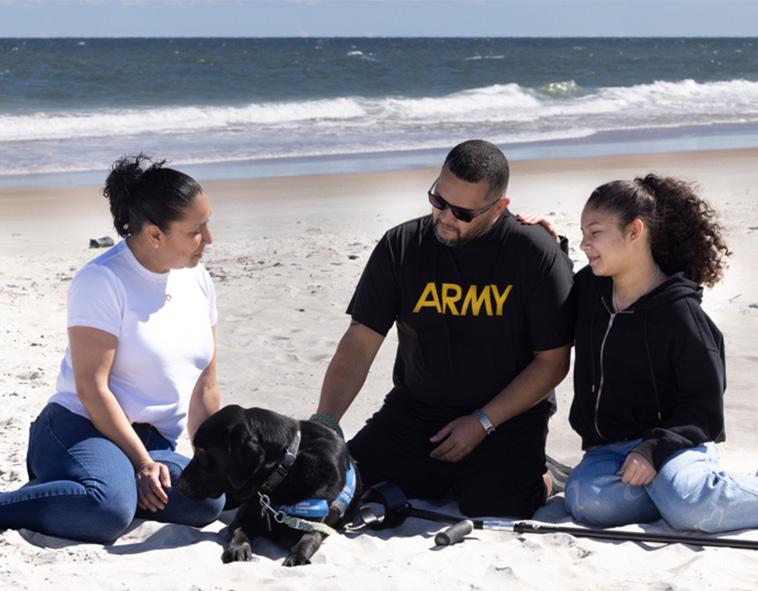

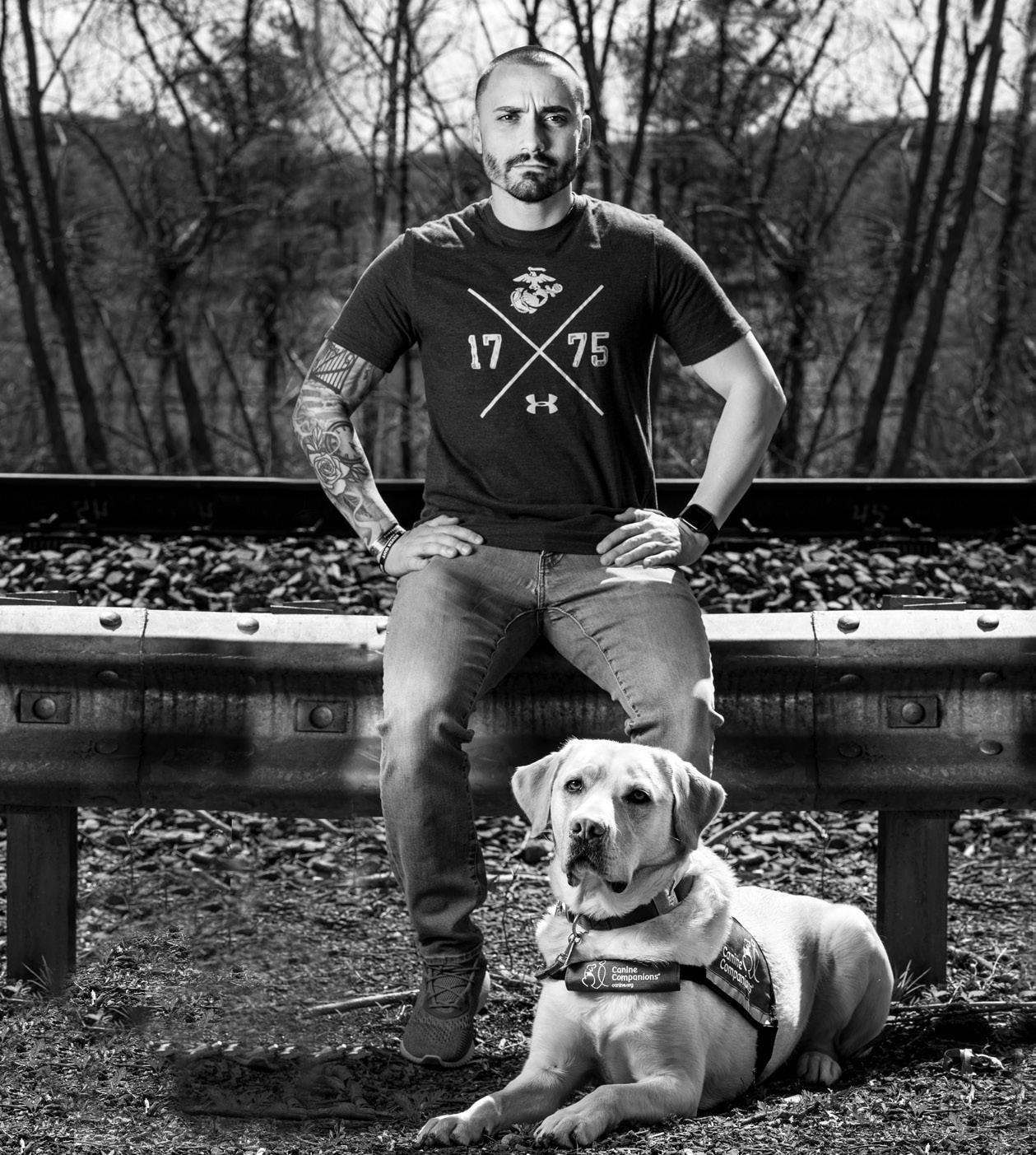
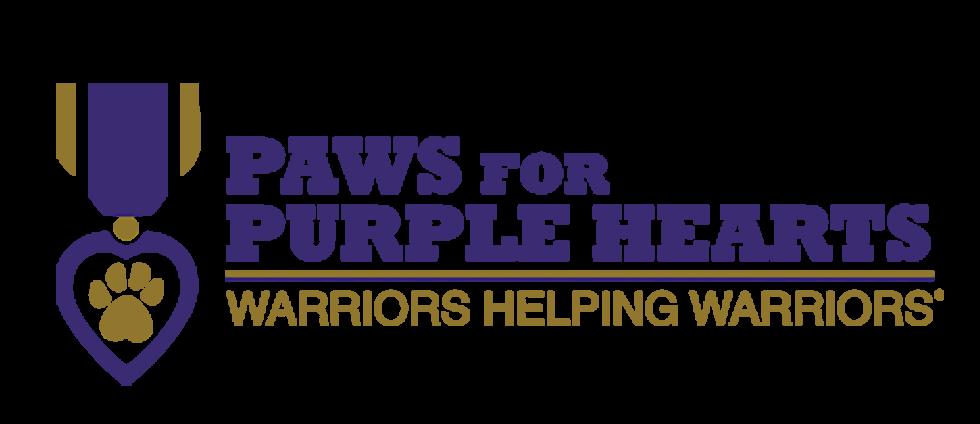
Paws for Purple Hearts improves the lives of America’s Warriors (Veterans and active-duty service members) facing mobility challenges and trauma-related conditions such as Post-traumatic Stress Disorder (PTSD) and Traumatic Brain Injury (TBI) by providing the highest quality assistance dogs and canine-assisted therapeutic programs; and by building public awareness about the important role dogs play in helping Warriors along the road to recovery.
At Paws for Purple Hearts, we train and place two different types of assistance dogs. Facility Dogs can be found in a VA, DOD, or similar office visiting Veterans to bring joy throughout a facility. They bring happiness and essential assistance to Veterans, enriching their lives and promoting greater independence. Service Dogs are trained specifically for a Warrior in-need. They provide crucial support and aid to those who require their unique skills and companionship.
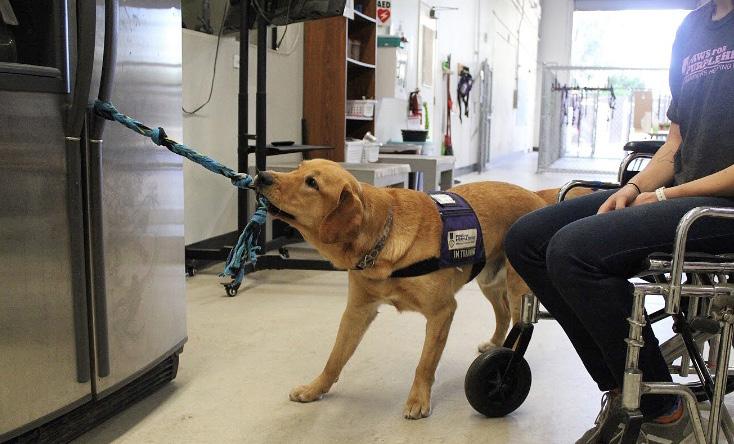
Our Service Dogs learn over 110 commands making them more than capable of serving the most demanding category of mobility impaired Warrior, a quadriplegiclevel patient. This provides the Military Caregiver dramatic respite and logistical relief because our dogs can carry out many routine, repetitive and physically demanding tasks that would otherwise have to be accomplished by the caregiver, including picking up dropped objects, retrieving items, opening refrigerator doors, assisting with undressing, switching lights and other devices on and off, opening and closing doors, providing assistance moving to and from wheelchairs, etc.
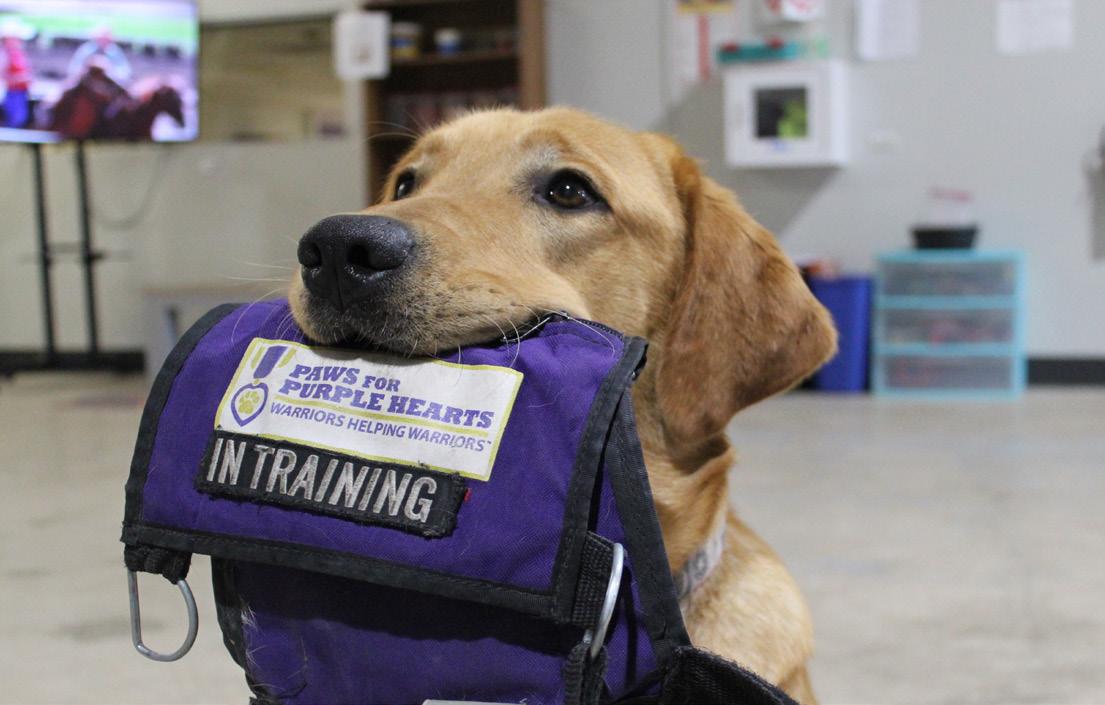
We provide our dogs to Warrior recipients and their families, free of charge. This provides immediate and significant financial relief to the Warrior and to their Military Caregivers, as they are not burdened with bearing the cost of our Service Dogs in order to benefit from the services and companionship gained. This is a significant benefit given that it takes about $35,000 to raise a top-tier Service Dog. Our Service Dogs are also involved in programs throughout their training that help more Veterans other than the ones they are being placed with.
Canine-Assisted Warrior Therapy® is a unique therapeutic intervention. This Program focuses on creating opportunities for positive meaningful interaction with our service dogs in-training. Guided by our highly experienced Program Instructors, in partnership with professional therapists, Warriors get the chance to reinforce commands and behaviors that are vital for a service-dog-in-training. They regain a sense of purpose in accomplishing a critical mission - training a life-long service companion for another comrade. Through this program, each dog will positively impact the lives of 40 – 60 Warriors.
Social Therapy uses the unique skills of our Service Dogs in-training to bring comfort and joy while reducing stress in the lives of America’s heroes. Versions of these programs are developed for both Veterans and active-duty service members. Our trainers and dogs will travel directly to our Warriors for this therapy or we host it directly at our sites. This interaction is also very imperative to our dog’s training, as this helps them learn positive interactions and gets them comfortable with meeting new people.
In 2004, Rosa Perez and her three children were stationed on a military base in Hawaii while her husband, Carlos, was fighting in Iraq. He had always dreamed of
serving his country and embraced life with joy. As a first-generation American, he was so grateful for all the opportunities our country provides and wanted to give back. After re-upping his enlistment in the Army after 9/11, Carlos was in a convoy outside of Kirkuk, Iraq when an IED went off right under his Humvee. Returning home and burdened with severe PTSD, Carlos was struggling to find peace.
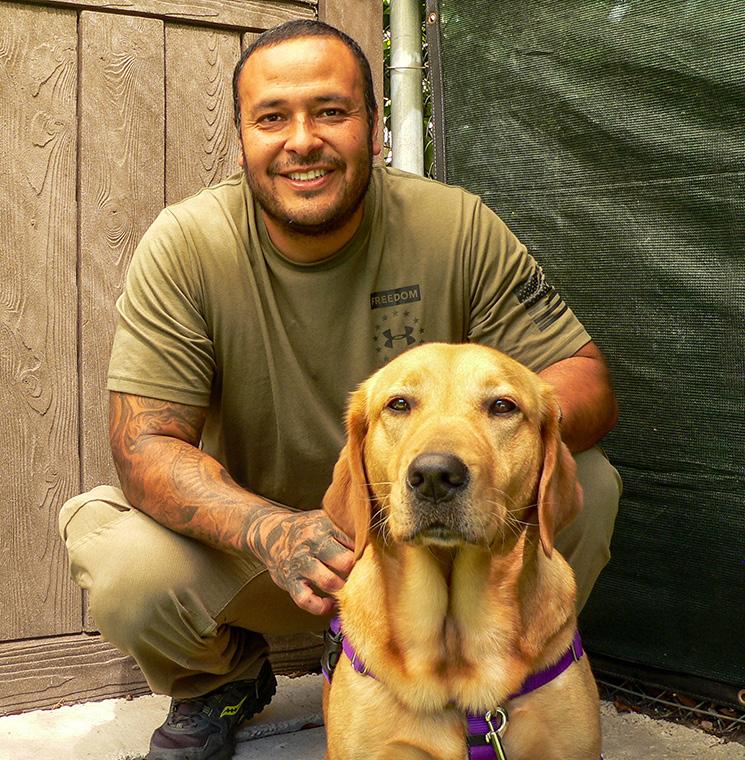
After years of suffering, hope appeared when Rosa heard about Paws for Purple Hearts psychiatric Service Dogs that could help people cope with PTSD. When hearing of how badly Carlos was suffering from PTSD, Paws for Purple Hearts told him to come out to San Diego and meet some of the dogs. He was immediately drawn to Service Dog Liberty right away, and the Golden Lab somehow sensed his pain and became the perfect companion to help him heal. With Liberty’s support, Carlos found solace, and his family saw a remarkable transformation. While we can never repay injured Warriors for their extraordinary sacrifices, we can show our gratitude by giving them the crucial support they need.
In the span of the last five years, Paws for Purple Hearts San Diego has made incredible strides in delivering invaluable services to the community. Through their dedicated efforts, they have successfully conducted 1,900 hours of therapy, directly benefiting 219 Veterans and Service Members. What initially began as a modest Service Dog training program run by two instructors out of their homes has now blossomed into a 10,000+ square foot facility providing therapy programs and assistance dogs for wounded Veterans.
“The journey of Paws for Purple Hearts has grown beyond our wildest dreams,” says Selah M., Senior Program Instructor. “The more we’ve grown, the more Veterans we can help, and that’s the most fulfilling part of our mission. Our dedication and passion continue to drive us forward, knowing that our larger reach allows us to make a difference in the lives of America’s Warriors.”
The dedication and loyalty of our community and supporters keeps Paws for Purple Hearts growing in the right direction. You can find out how to get involved by volunteering or donating on our website, pawsforpurplehearts.org. Together, we can further their mission and positively impact the lives of Veterans and Service Members in need.
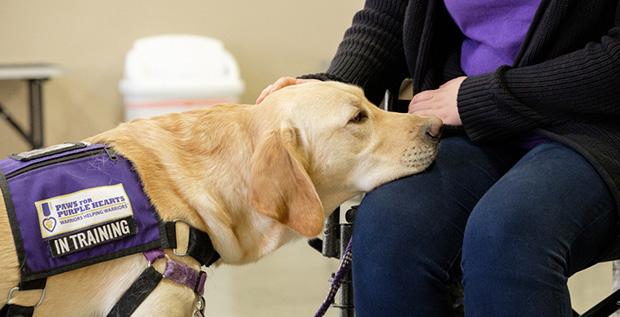
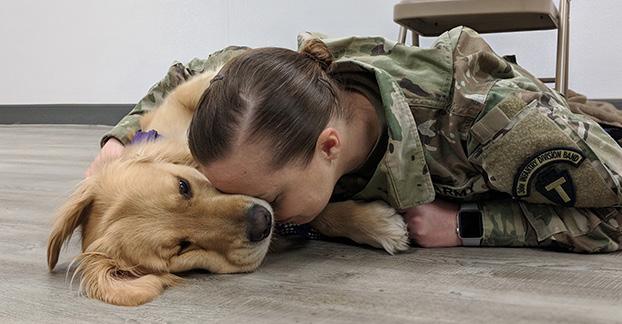
Paws for Purple Hearts started as a research program at the prestigious Bergin College of Canine Studies. Together with the Menlo Park VA Medical Center, Canine-Assisted Warrior Therapy® was founded, and our lifelong mission began. With continued success, we established as an independent nonprofit recognized on June 29th, 2011.
We are proud to celebrate 13 years of improving the lives of our Veterans and Active Duty Service Members facing mobility challenges and trauma-related conditions. Today, Paws for Purple Hearts has expanded to six facilities across the US, deployed 189 dogs, and directly improved the lives of 15,000 Warriors.
For more information or to donate please visit https://pawsforpurplehearts.org
We are a nonprofit organization dedicated to enhancing the lives of individuals with special needs in San Diego County. The best way to show our impact is by having a program graduate tell it through their perspective.
I never thought I needed a service dog. I saw how much they helped my fellow veterans, but, for years, I held off. Maybe it was pride, maybe I wasn’t ready, or maybe I just thought I could handle everything on my own. But life has a way of humbling you. When things started piling up, when it felt like the storms weren’t letting up, my mom gave me a push: “Why don’t you give it a shot?” and so, I did. I shot for the stars – and I landed on Sundance.
I had no idea how much he would change my life. More than just a helper, he’s an extension of me. At first, I thought a service dog was just about physical assistance, someone to pick up things I dropped, help with mobility, even open doors. Sundance does all of that. He’ll grab my wheelchair in the morning if it rolled too far away. He’ll open the refrigerator, and he can bring me a beer if I ask, but, if I taught him that, I’d never hear the end of it.

Improving the lives of San Diegans since 1997!
He’s so much more than just a helper - He feels everything I feel. When I’m stressed, anxious, or overwhelmed, he picks up on it before I even realize what’s happening. When I need him to be solid, he becomes a rock … steady, grounding, a calming presence. When I need motivation, he somehow knows that too. I can wake up feeling off, unmotivated, even stuck in my own head, and I’ll look over at him … locked in on me, tail wagging like a windmill. Just seeing him excited to start the day snaps me out of it. He doesn’ let me sit in the dark. He gets me moving.
Impacting 6,300 citizens annually
He’s helped me break barriers I didn’t even know I had. Before Sundance, social situations could be tough. I’d find myself avoiding certain interactions, feeling disconnected. But now, Sundance makes me more confident and more open. He’s like my social bridge – people approach me because of him, and somehow, that makes it easier for me to engage. He’s always got my back, and I’ve got his.
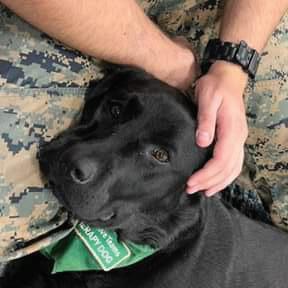
1 4 Facility Dog teams placed in San Diego Service Dog training and placement success rate ~70%
The moment I realized that he’s family. I was in an argument with someone – frustrated, tense, and raising my voice And it wasn’t just a a glance – it was a look. A moment. Like a kid watching his parent yell for the first time. I remember thinking, I don’t want to be that guy in front of him.
900 people completed Therapy Dog Prep School
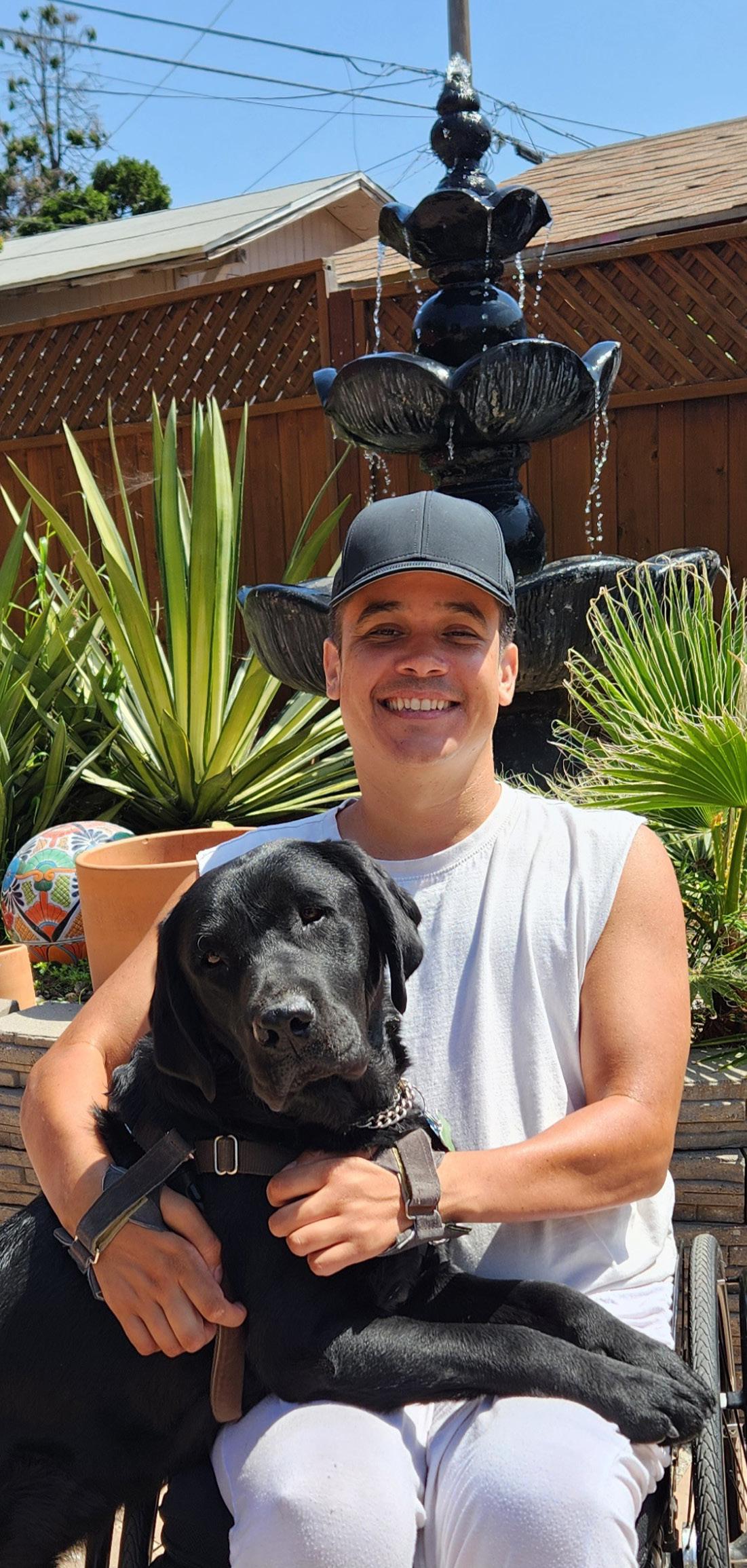
From that day on, I promised myself – I wouldn’t do that again. That’s when I knew…he’s not just my service dog; he is my family.
Therapy Dog Programs at 11 sites in San Diego
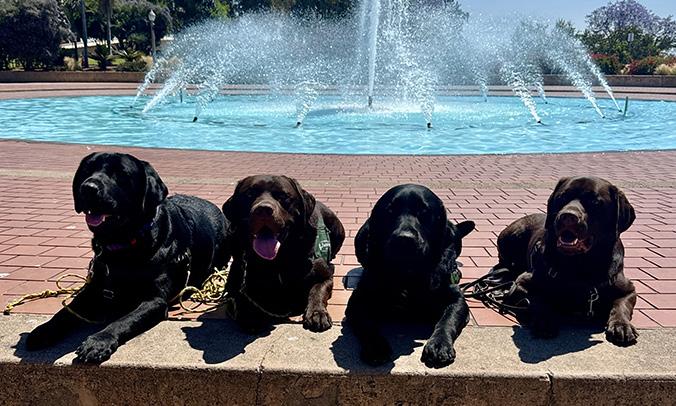
When I got Sundance, I didn’t just get a service dog, I gained an entire family of trainers, mentors, and lifelong friends.
organization in San Diego that trains and places these extremely well-trained dogs with persons with mobilitylimiting disabilities and veterans with PTSD. The trainer of the dog stays in contact with the recipient, offering to assist as needed with lifestyle changes, we often experience and help us teach our dog new skills for these challenges. These trainers don’t just teach commands; they push me, challenge me, and want nothing but success for me and Sundance. They have helped me through so many scenarios, and their support has been nothing short of life changing.
Advice to any Veteran thinking about a Service Dog:

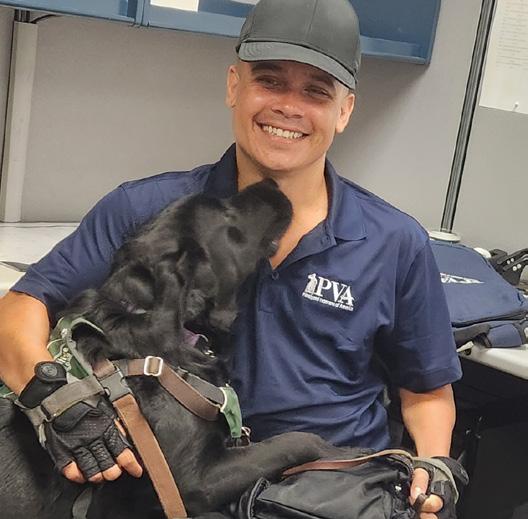
For years, I told myself I didn’t need this. That I could handle things alone. But, looking back, I realize now – it was never about “needing” him. It was about having a partner. Sundance isn’t just here to help me with daily tasks. He’s here to help me live better, move better, and feel better. He’s made me more patient, more aware, more grounded. He’s helped me drop bad habits faster, shake off negativity quicker, and become a better version of myself.
I’ve only had Sundance for a short time. I can only imagine looking back at all this in three years and seeing how much more he’s changed my life. But one thing I already know - I wouldn’t want to face another storm without him.
For 28 years, we have been making connections like this through our Service, Facility, and Therapy Dog Programs.
To learn more, please visit:

900 people completed Therapy Dog Prep School
14 Facility Dog teams placed in San Diego
Service Dog training and placement success rate ~70%
Therapy Dog Programs at 11 sites in San Diego
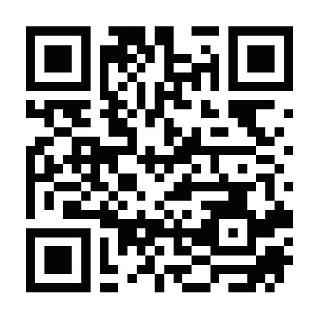
Pawsitive Teams is 100% donor funded. Please help us to continue our work by donating.


Over 90 Volunteers contributed 11,000 hours of volunteer time www.pawsteams.org
To donate, please scan the QR code or go to:
By Dani Graymore www.servicedogtrainingschool.org
A quick look at the past reveals the incredible technological progress we've made over the years! Many things we now consider essential to daily life didn’t even exist just a few decades ago. Progress has transformed every aspect of our lives, including transportation.
Alongside public transportation and personal cars, Uber has become a popular choice. It has revolutionized travel, making transportation more accessible and convenient.
However, for pet owners, finding a ride that welcomes their paw friends hasn’t always been easy, until Uber Pet came in! This is a feature designed specifically for passengers traveling with their pets.
Today, we’ll explore Uber Pet, how it works, and what you should consider before booking your next ride.
Uber Pet is a specialized ride option that lets riders bring their pets along. Unlike standard Uber rides, where accepting pets is up to the driver, Uber Pet ensures that drivers agree to transport both the passenger and their pet.
Currently available in select cities, this service offers an alternative to public transportation or searching for pet-friendly taxis.
How to Book an Uber Pet Ride?
Booking an Uber Pet ride is simple, requiring just several steps:
Create an account
If you don’t have an Uber account, sign up using your email or phone number.
Log in
After creating an account, log in. You may need to enter a verification code sent to your email or phone (check your spam folder if you don’t see it).
Enter your trip details
Put in your pickup and drop-off locations.
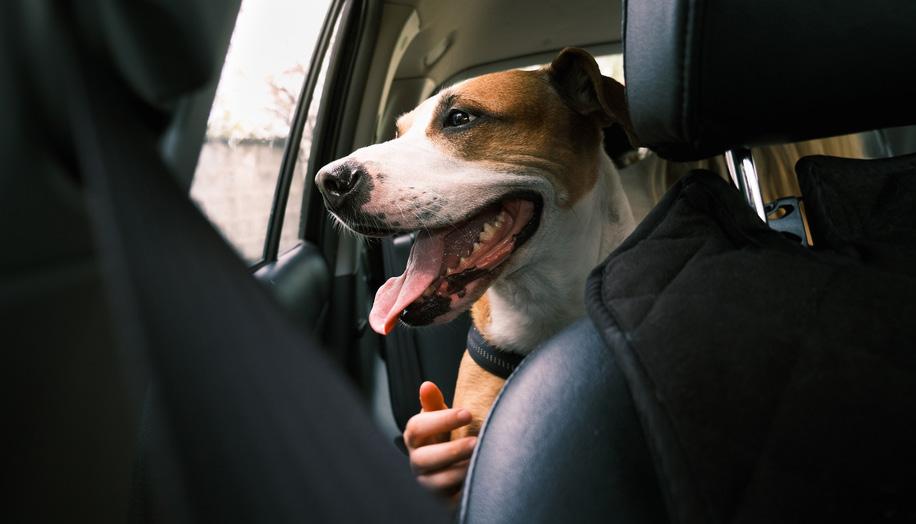
Choose whether the ride is for yourself or someone else.
Choose your ride type
If available, select Uber Pet from the ride options.
Add a payment method
Payment options vary by location, but common choices include:
• Credit & debit cards
• Apple Pay & Google Pay
• PayPal (in some regions)
• Uber Cash / gift cards
• Venmo (US only)
• Cash (available in select areas)
Request your ride
Tap the “Request Uber” button to confirm your ride. You can sign up and request a ride from our browser or from the Uber app. To download the app, you need to go to the App Store or Google Play based on your phone’s operating system (iOS or Android).
Uber Pet is designed for dogs and cats, but other small domesticated animals may also be allowed at the driver’s discretion.
Riders are allowed to bring one pet on an Uber Pet trip.
Uber Pet rides are a bit more expensive than standard options due to the inclusion of a pet.
Additionally, if a pet sheds excessively, has an accident, or causes damage to the vehicle, a cleaning fee may apply.
To avoid additional charges, riders are advised to consider the following tips.
Riders are advised to have their pets restrained through a leash or harness. Alternatively, the pet may be placed in a carrier.
It’s recommended that riders put a towel or blanket on the seat to reduce the risk of damage.
Riders may want to ask the driver about their preferred spot in the vehicle for the pet to travel.
Pets should be well-mannered and not left unsupervised during the trip.
State and federal laws require Uber drivers to accommodate riders with service animals, prohibiting any refusal of service based on their presence.
Discriminating against riders with service/assistance animals is strictly prohibited, and drivers who violate this rule may lose access to the Driver app. For more details, review Uber’s Community Guidelines and Service Animal Policy.
Do You Have to Choose Uber Pet to Bring a Service/ Assistance Animal?
No. Service/assistance dogs are considered medical equipment and not pets. Therefore, you are not obliged to choose the Uber Pet option for your ride.
How Can Uber Drivers Recognize Service/Assistance Dogs?
Service/assistance animals are dogs that have been individually trained to perform specific tasks for individuals with disabilities. It’s important to note that the term ‘disability’ doesn’t cover only visible physical conditions.
A disability can refer to a wide range of health conditions, including but not limited to diabetes, seizures, hearing impairments, autism, anxiety, PTSD/CPTSD, depression, panic attacks, etc.
It is also worth noting that service/assistance dogs can be of all breeds and sizes. Laws in many countries, including the US and UK, do not require them to wear identification or training gear.
That said, it may not always be obvious that a dog is a service/assistance animal. If a driver is unsure about the dog’s status, they may respectfully ask the rider. If the rider confirms that their dog is a service/assistance animal, they may be asked to provide proof of training or confirmation that the dog meets hygiene and behavior standards appropriate for public spaces.
Drivers are required to accept riders with assistance animals. If Uber receives a credible complaint that a driver refused a trip because of the presence of a service/assistance dog, they will review the case.
Depending on the outcome, the driver may lose access to the Driver app permanently.
Beyond being deactivated from the platform, drivers may also face legal fines for refusing a service animal. These penalties vary by location, reaching up to $8,000 in Australia, $1,650 in New South Wales, and $3,000 in New Zealand.
Uber Pet makes traveling with pets easier, especially for those who don’t own a vehicle.
Whether you need to bring your beloved paw friend for a vet check-up; would like to take them on a walk to the local park; plan a stay for them in a pet-friendly hotel, or plan a casual outing with them, Uber Pet can be a convenient option! You won’t need to worry about pet restrictions on public transportation or shared rides where animals are not allowed.
With Uber Pet, drivers already know they’ll be transporting an animal. This helps prevent potential altercations with drivers who don’t wish to transport pets and may cancel your ride because of them. This ensures a smoother experience for both riders and drivers.
Public transportation can be overwhelming for pets due to the presence of triggers such as loud noises, unfamiliar people, odors, etc. Uber Pet offers a quieter, and more controlled setting, which is helpful to pets with little to no experience in crowded areas. It reduces stress and creates a more comfortable ride for the pet.
Additionally, since pets travel in a private vehicle, there’s no need to worry about navigating tight spaces or following public transport rules regarding animals.
Before booking, you should consider a few factors to ensure a smooth and stress-free ride for you and your pet.
Before booking an Uber Pet ride, you should make sure your pet is comfortable with car travel. Some animals experience anxiety or motion sickness, so taking your furry friend on short trips can help them adjust.
You may also consider bringing their favorite blanket or toy for comfort and a calming effect during the ride.
To ensure a positive experience for everyone involved, you should keep your pet clean and well-groomed before the trip. Be mindful of shedding or muddy paws to prevent any mess. Keep in mind that a cleaning fee may apply if your pet soils the vehicle or causes damage.
It’s important to remember that Uber Pet isn’t available everywhere. It is recommended that you check in advance to see if the service is available in your area. If it’s not an option in your city, you may need to explore alternative pet-friendly transportation options.
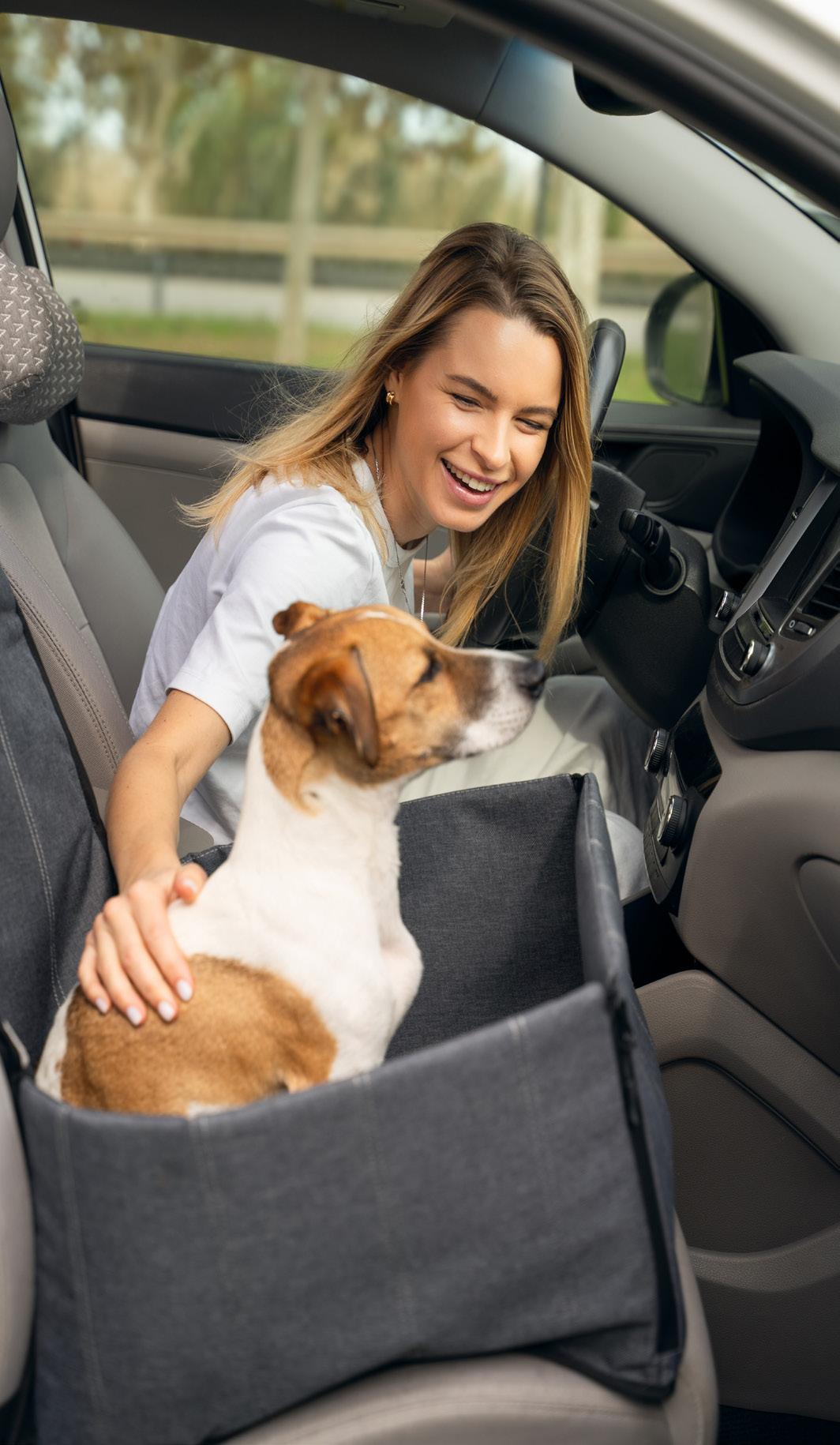
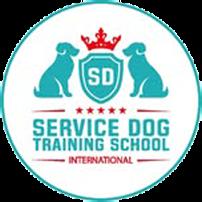
Dani Graymore is a Certified Dog Trainer with over 10 years of experience in the field. She currently teaches assistance dog training classes at one of the SDTSI onsite schools in Plovdiv, Bulgaria.
Dani specializes in working with reactive dogs and addressing behavioral issues, with a particular passion for teaching scent work. She is a proud member of the Guild of Dog Trainers and a Professional Member of the Pet Professional Network.
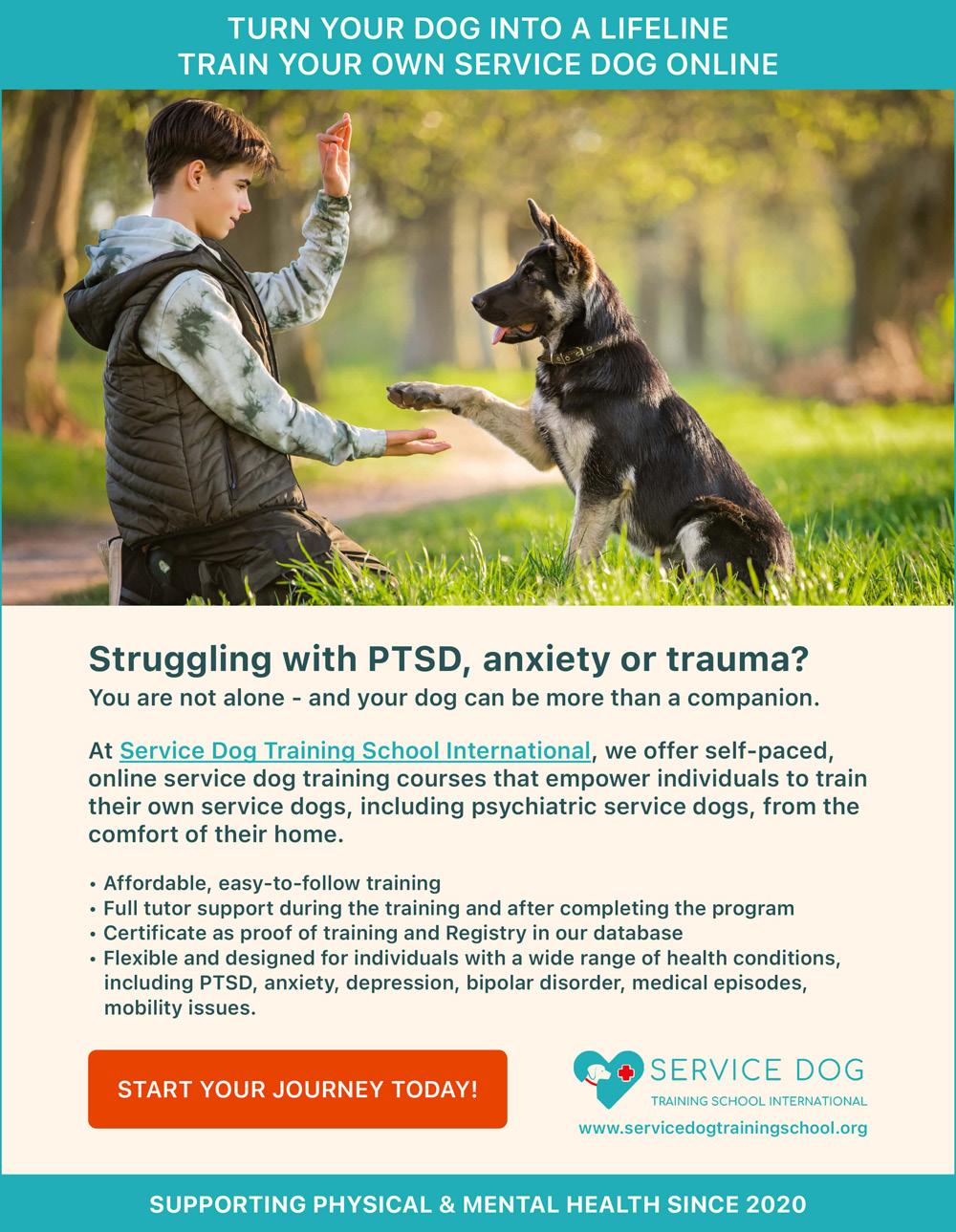
www.servicedogtrainingschool.org
"Raider, " a rescued Labrador Mix, will enhance well-being among Navy crew
Media Contact: Kate Miller, Beck Ellman Heald, kate@behmedia.com, (858 242-2165
Shelter to Soldier is excited to introduce Raider, the latest pup making a positive impact in our program! Raider, a one-year-old lab mix adopted from Labs and More Rescue, is currently in training as a shipboard Morale Dog through the San Diego-based nonprofit organization’s Canine Ambassador program. This initiative is designed to support the emotional wellness, morale, and operational stress control of Sailors and Marines. Aboard the USS Makin Island, Raider will serve as a four-legged crew member, offering support through structured interaction, presence, and engagement as a part of Shelter to Soldier’s ongoing mission to support the mental well-being of those who bravely serve our country.
Shelter to Soldier’s Canine Ambassadors work across a range of settings to support the military and veteran community. They attend STS veteran applicant
interviews, support trauma recovery therapy, participate in group sessions, and visit active-duty service members and their families, offering moments of connection and care when it’s needed most.
Raider’s assignment aboard the USS Makin Island extends this vital work and supports efforts to improve mental wellness and quality of life for those serving our country. His training began in April, and he is set to live full time aboard the ship beginning in August.
The need for operational stress control support among active-duty Navy service members is more urgent than ever. According to Pentagon data, the Navy experienced a record number of suicides in the first quarter of 2024, 24 deaths in just three months, the highest quarterly figure since 2018. Raider’s role aboard the USS Makin Island helps address this crisis by fostering camaraderie within the crew, reducing operational stress, and increasing awareness for shipboard wellness and behavioral health services.
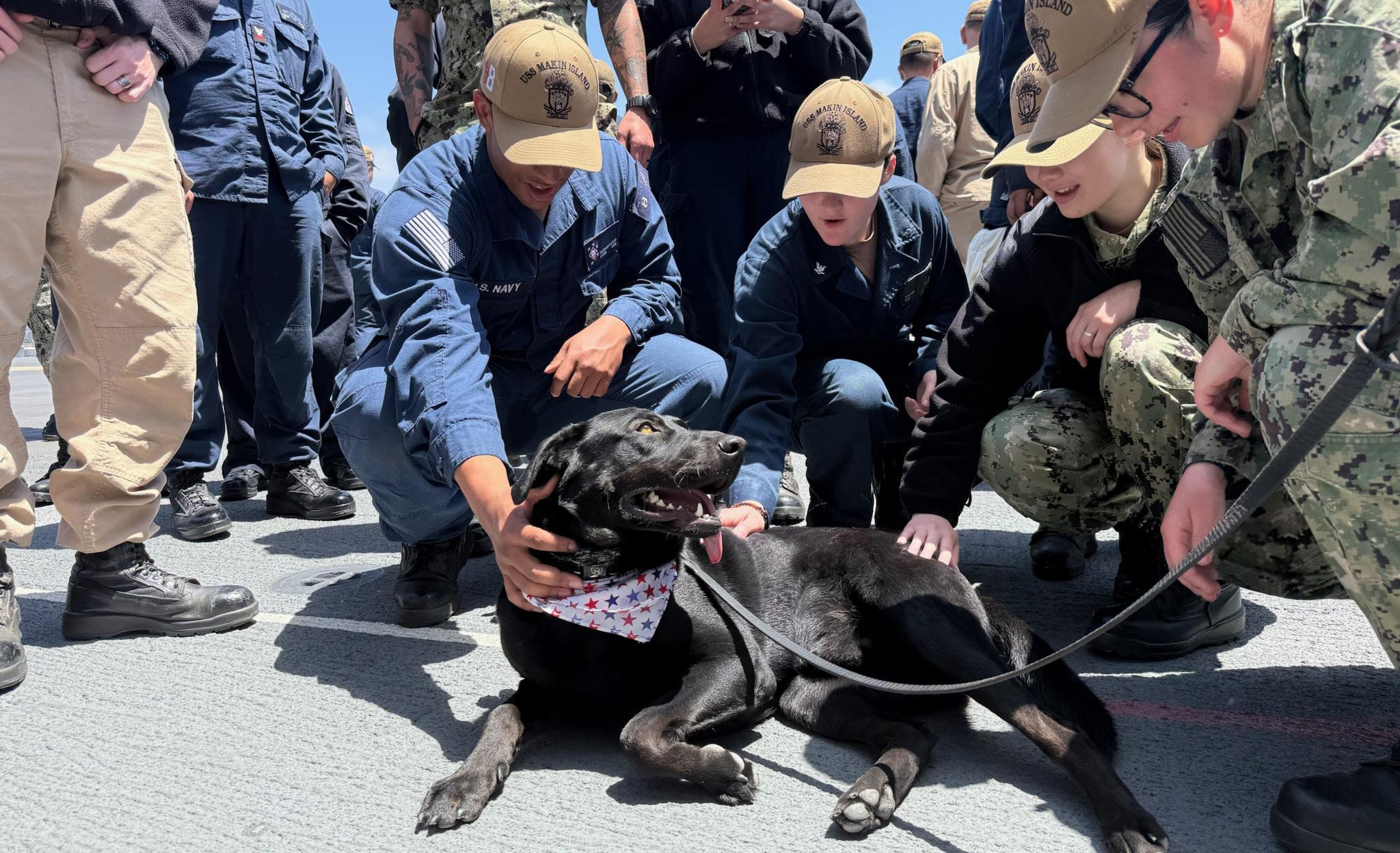
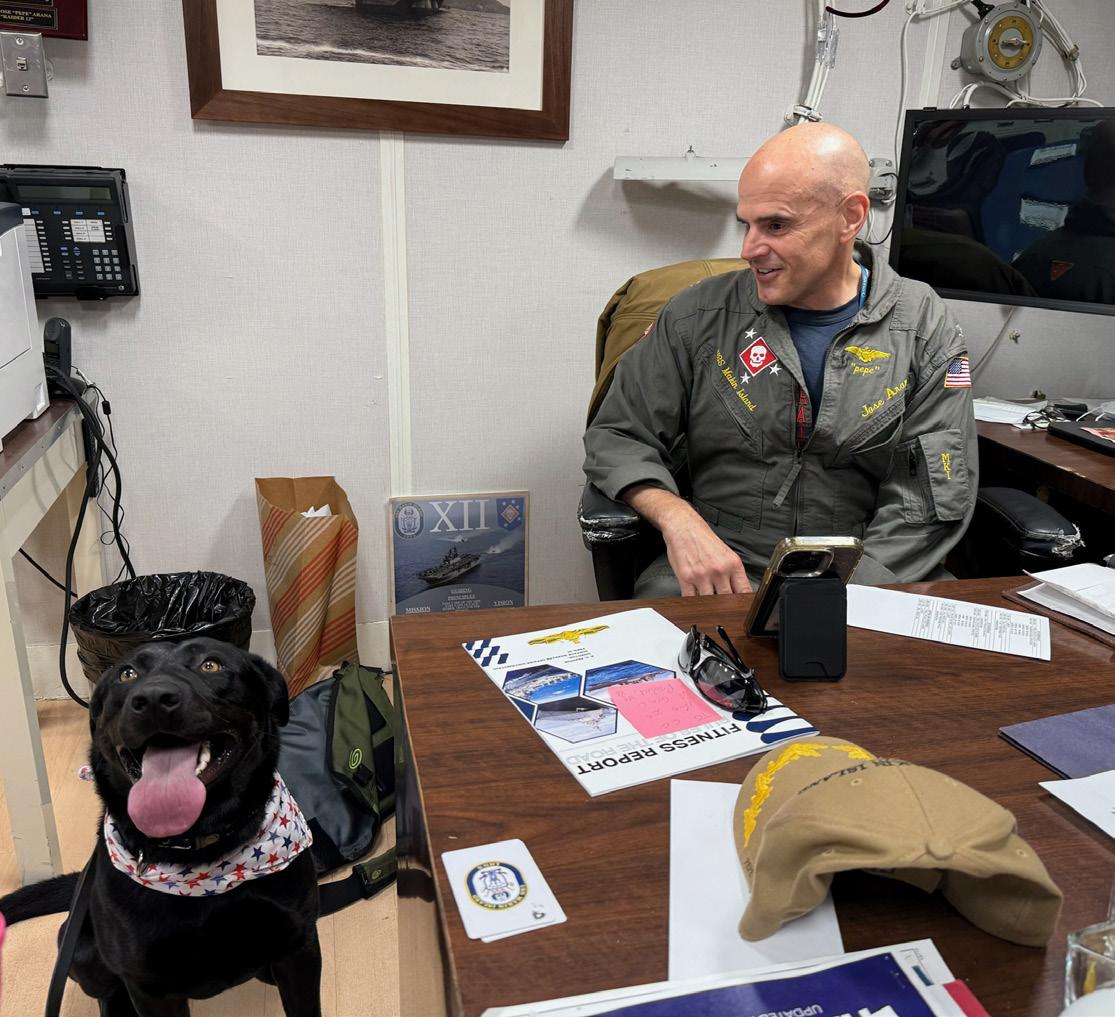
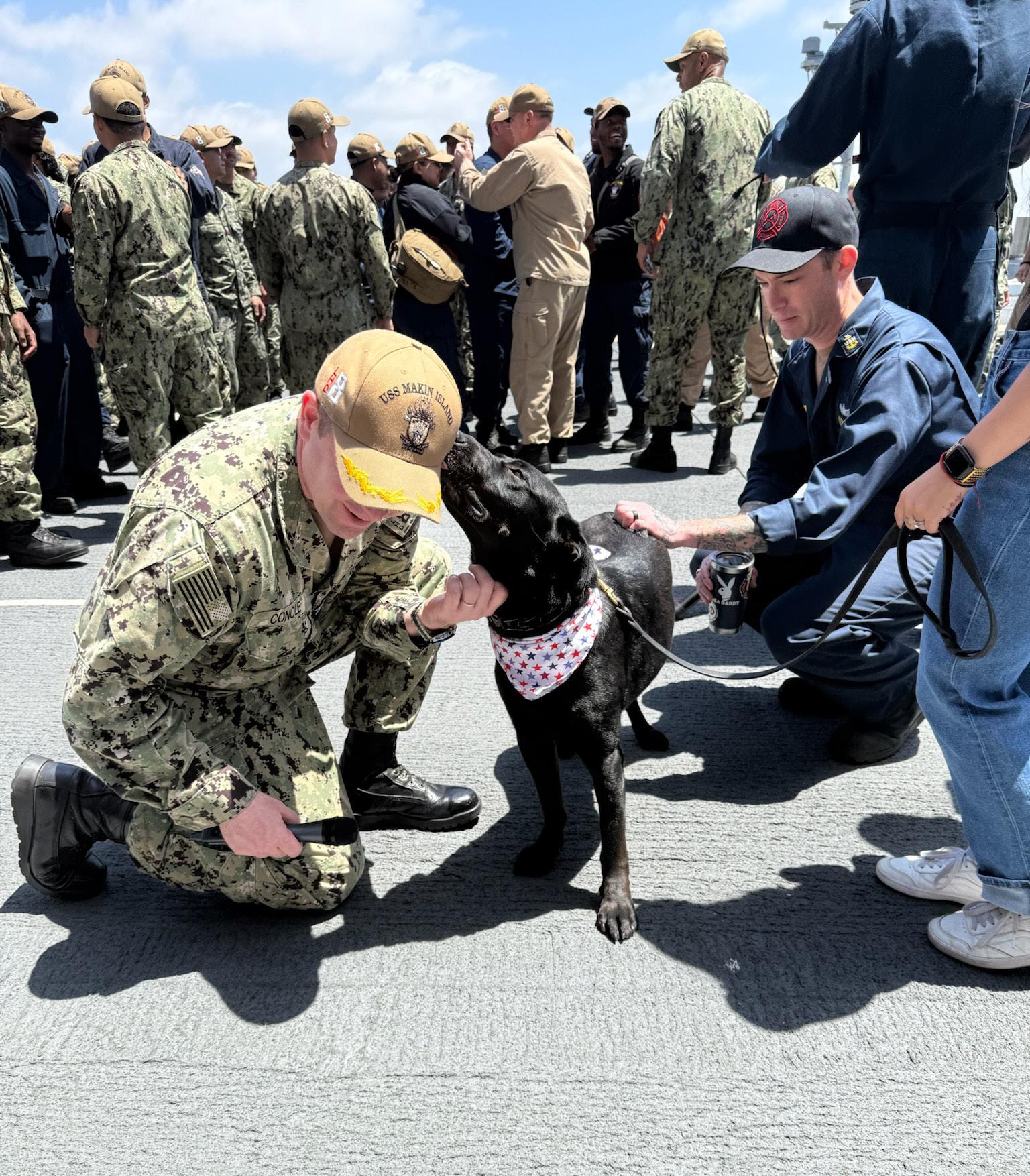
Raider’s placement was made possible through the generous sponsorship of Jeff and Karen Shabel, whose ongoing commitment to Shelter to Soldier’s mission has directly helped enhance the lives of both rescue dogs and the veterans and service members they support.
About Shelter to Soldier:
Shelter to Soldier™ is a CA 501c3 nonprofit organization that adopts dogs from local shelters and trains them to become psychiatric service dogs for post-9/11 veterans suffering from Post Traumatic Stress (PTS), Traumatic Brain Injury (TBI) and/or Military Sexual Trauma (MST).

www.sheltertosoldier.org
Our program also places emotional support animals (ESAs) with active-duty military, veterans, Gold Star Families and first responders.
The Shelter to Soldier Canine Ambassadors are a team of certified therapy dogs and their volunteer handlers who provide no-cost visits of love and comfort to local military personnel, veterans, and their families.
For more information on Shelter to Soldier and their programs, please visit www.sheltertosoldier.org
Guide Dogs of America | Tender Loving Canines (GDA|TLC) is a nonprofit organization that provides service dogs at no cost to veterans living with PTSD, traumatic brain injuries (TBI), military sexual trauma (MST), and/or mobility limitations. These life- changing partnerships empower veterans to regain independence, rebuild confidence, and reintegrate into their communities. Kim’s story is one powerful example of that mission in action.
Retired Air Force Lt. Colonel Kim proudly served her country for 21 years. A devoted wife and loving mother, Kim and her family have always shared a passion for sports. Football and basketball games were their happy place, a beloved tradition that brought them together and created lasting memories.
In 2018, Kim was diagnosed with spinal cancer, likely linked to burn pit exposure during her deployment in Iraq. After undergoing surgery and radiation, she lost sensation from the mid-chest down. Tasks she once did without thinking— like walking or balancing— became steep mountains to climb. A few unexpected falls led to broken bones in her foot and ankle.
Kim describes her new reality with striking clarity: “If you’ve ever had dental work, you know how they numb your mouth—you can move it, talk, but you just can’t feel it. Or when your arm falls asleep and it tingles as it wakes up. That’s what my legs feel like all the time: numb or asleep.”
Outings with her family, once a joyful experience, began to feel daunting. Kim started declining invitations, fearing crowds and uneven ground. A walker might have offered support, but accepting it felt like surrendering her independence. Instead, she leaned on her husband and daughter in public, quietly carrying the emotional weight of dependency.
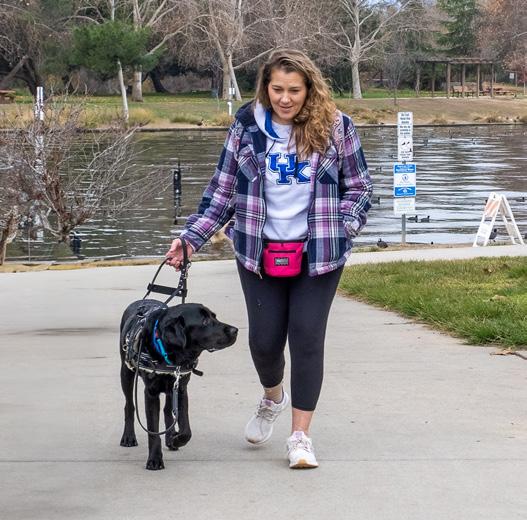
Then came Jackson.
“Meeting Jackson was like gaining an instant best friend,” Kim shares, a smile lighting up her face. “There’s no judgment, just unconditional love. He helps me with balance and mobility, but just as importantly, he’s there for my PTSD. He’s my constant support.”
Through GDA|TLC, Jackson was custom-fitted with a mobility harness tailored to give Kim the counterbalance she needed to walk with confidence. With Jackson by her side, the world opened back up. Family outings became enjoyable again, not stressful.

And Jackson, with his gentle presence, helped signal to those around Kim that she needs space to move safely. No more explanations, just renewed confidence and dignity.
Before Jackson, Kim had to mentally run through a checklist before accepting any invitation: Will it be crowded? Will someone be there to support me? Is it too far to walk? More often than not, the answer was no.
Now, that has changed. “Today, when I get an invite, 9 times out of 10, I say yes. My family can relax and enjoy themselves without worrying if I need to lean on them,” she says.
Kim’s story echoes the experiences of countless veterans across the country. These brave men and women are more than just heroes. They are parents, siblings, and friends, surrounded by loved ones who want nothing more than to see them regain their strength and spirit.
For many, a service dog is the key to that second chance. Reflecting on her partnership with Jackson, Kim shares, “You can count how many teams GDA|TLC graduates, but what you can’t count is how these dogs make life possible again. They make life worth living. Thank you, GDA|TLC, for giving me my life back. We are forever grateful.”
Thousands of veterans like Kim are waiting for the life-changing partnership a service dog can provide. GDA|TLC is committed to matching veterans with expertly trained dogs, but they rely on support from the community to make it possible.
If you’re a veteran living with PTSD, TBI, MST, or mobility challenges, know this: You don’t have to walk this road alone. A service dog could be the partner who helps you reclaim your confidence and independence.
Visit guidedogsofamerica.org/veteran-service-dogs to learn more and start your journey.
If you’re a supporter, your kindness has the power to transform lives. Whether through a donation, volunteering, or simply spreading the word about GDA|TLC’s mission, your efforts help ensure more veterans like Kim find the support they deserve. Ready to be part of the next story of hope?
Visit guidedogsofamerica.org and join us in changing lives, one partnership at a time.
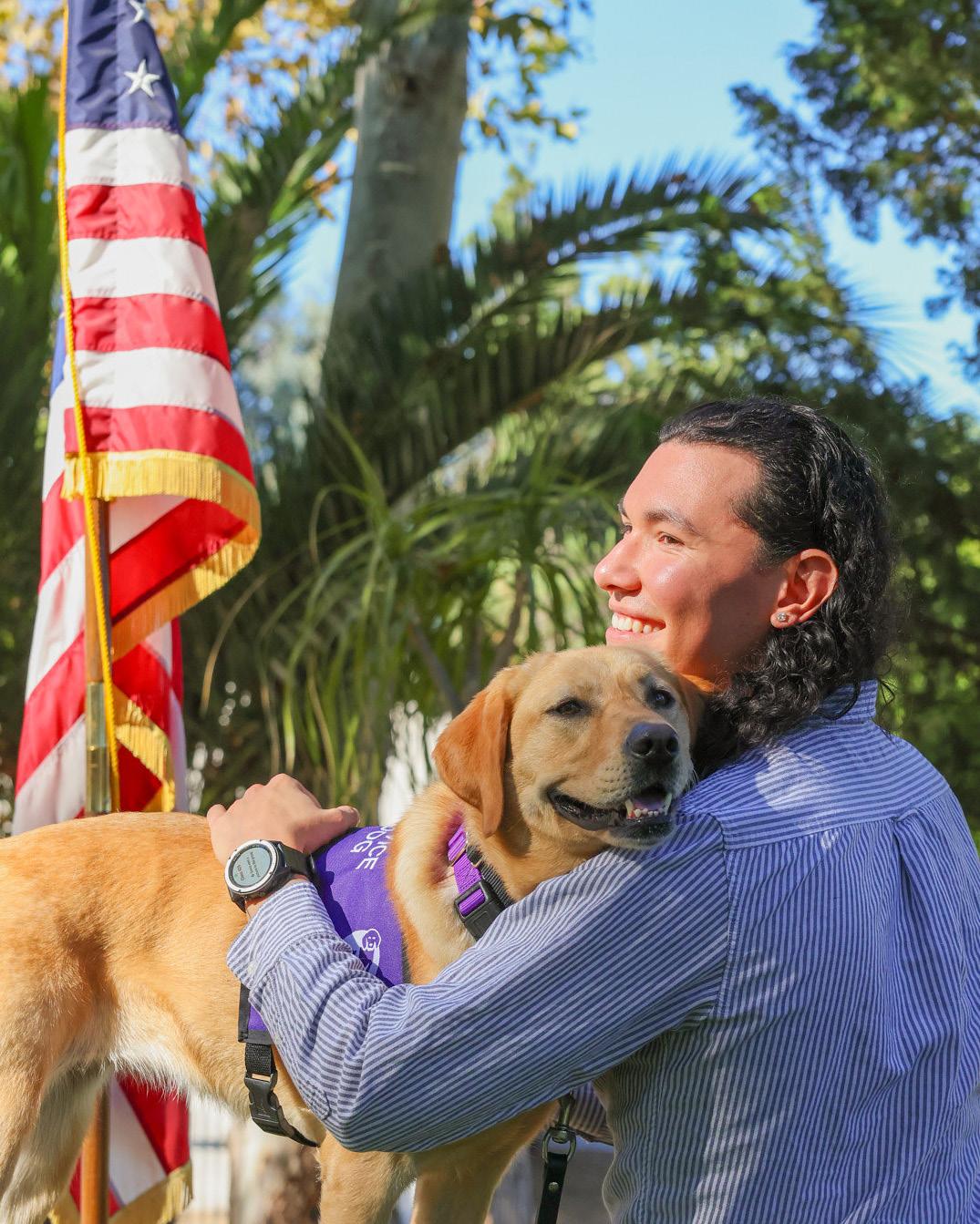
Service dogs are transforming veterans’ lives, providing mobility support, emotional healing, and the freedom to live fully again.
• Apply for a Service Dog
Raise a Puppy
Volunteer
Donate
The number of veterans with service-connected disabilities has risen dramatically in recent years. Since 2008, the percentage of veterans with such disabilities has increased from 15% to more than 30%. Today, over 2 million veterans have a disability rating of 70% or higher. While the nature of these disabilities varies widely from mobility challenges to invisible wounds like PTSD, they all impact independence, daily functioning, and quality of life.
Since 1989, Canine Support Teams (CST) has been committed to enhancing the lives of individuals with disabilities by providing specially trained service dogs. We believe in the power of the human-animal bond and its ability to restore independence, confidence, and connection. Over the years, our dogs have been placed with individuals living with conditions such as Multiple Sclerosis, Cerebral Palsy, limited mobility, Traumatic Brain Injury, Post-Traumatic Stress Disorder, and more.
CST is proud to be accredited by Assistance Dogs International (ADI), the global authority on standards for service dog organizations. This accreditation ensures that we meet and maintain the highest standards in training and care. Additionally, the Department of Veterans Affairs recognizes ADI-accredited organizations, which may make veterans eligible for specific benefits, including service dog insurance coverage through the VA.
Each dog is uniquely trained to meet the needs of their future handler. Tasks may include walking beside a wheelchair or walker, retrieving dropped items, opening and closing doors, pressing elevator buttons, removing socks or jackets, turning lights on and off, and alerting others in case of an emergency. The possibilities are nearly endless; the impact is immeasurable.
Veterans often face steep challenges in recovery, employment, education, and social reintegration. The PAWZ for Wounded Veterans initiative was created to meet the growing demand for service dogs among veterans, and to provide these dogs and ongoing support at no cost to the veteran. The program is built to not only support the physical and psychological needs of veterans but also to foster healing through the unconditional partnership between human and dog.
It all begins with a volunteer puppy raiser. From 8 to 12 weeks old through approximately 16 months of age, each puppy is raised in a home environment and socialized through everyday outings and new experiences. Whether the raiser is working or retired, has children or other animals, enjoys a quiet home or an active lifestyle, any of these situations can help raise a well-rounded puppy.

CST provides nearly everything needed to support the puppy’s journey. Raisers teach basic obedience and help the puppy build confidence in new environments. During this stage, puppies earn key certifications such as the AKC S.T.A.R. Puppy and Canine Good Citizen.
Once ready, the puppy enters our Prison Pup Program This innovative program began in 2002 at the California Institution for Women in Chino and later expanded to the California Institution for Men. Today, more than 50 incarcerated participants are involved, training up to 25 dogs at any given time.
Under the supervision of CST’s professional trainers, carefully selected inmates learn operant conditioning techniques to teach the dogs advanced service tasks. These include providing deep pressure therapy, walking beside mobility devices, retrieving items, opening and closing doors, and more. The bond formed between the inmates and dogs fosters responsibility, empathy, and purpose.
Importantly, the inmate trainers gain valuable certifications and career skills that are difficult to replace with technology, skills that can support meaningful employment and successful reintegration after release.
Matching a veteran with a service dog is only the beginning. CST provides lifetime support to each team. Our trainers work closely with the handler and their family to ensure a smooth transition, addressing the needs of both dog and human. If challenges arise, or if the veteran’s


needs evolve, we offer personalized, in-person training to help keep the team on track.
We also facilitate annual Public Access Tests for each team to ensure continued success and provide any additional support that may be needed.
At Canine Support Teams, we are deeply committed to each partnership. Every dog, every veteran, every journey matters.
If you’re interested in advocating, volunteering, donating, or if you know a veteran who may benefit from a service dog, please visit www.caninesupportteams.org or contact us at CSTMain@CanineSupportTeams.org
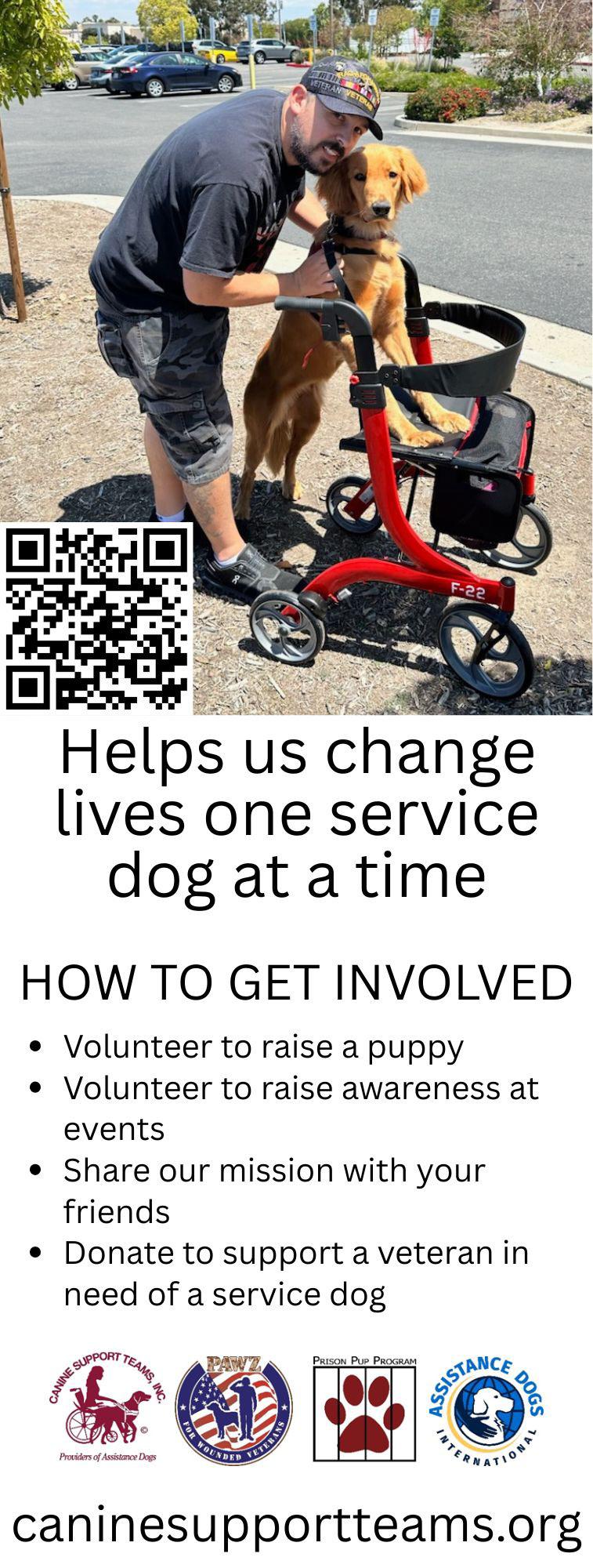
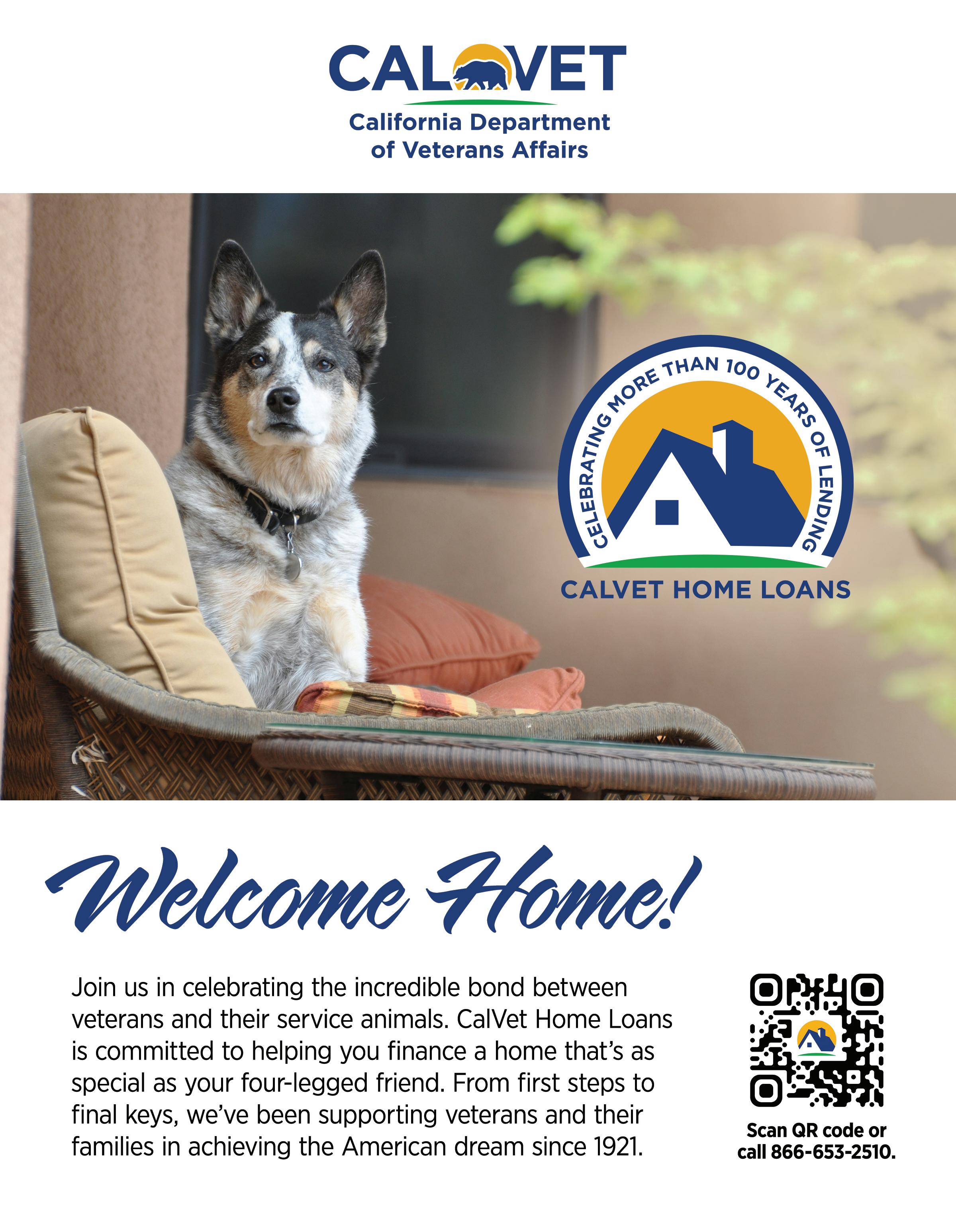

The lessons encourage a state of mindful presence, where both the participant and the horse become attuned to each other s energy and breathing patterns
This shared experience creates a deep sense of connection and can help reduce stress and anxiety Additional benefits include improved self esteem, emotional regulation, communication skills and physical abilities

The eldest of our two miniature horses, Cowboy shows his wisdom by scoping things out before joining in on new activities


Romeo
Tiny but mighty! Romeo is social and bold, always wanting to know what you are doing and whether he can be a part of it His favorite things: going for long walks and food!
Our miniature horses are too small for any mounted activities, but they excel during unmounted Equine Assisted Learning activities They are great representatives for what we do here at the ranch during our outreach events

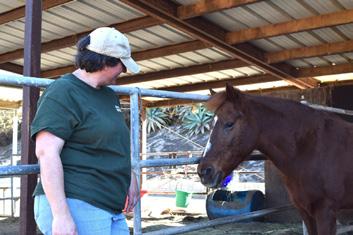
The best part about volunteering with our Equestrian program is that there is no horse experience necessary! We will teach you everything you need to know Equestrian volunteers, adults and children (minimum age is 9), must complete an application and participate in an orientation p rior to participating in the program
Want to Volunteer? Register for our next orientation on Saturday, September 6, 2025
Visit: https://iveyranch com/equine-volunteers/
Nestled in North San Diego County, Ivey Ranch is a nonprofit organization creating meaningful connections through nature, animals, and inclusive programs for individuals of all ages and abilities We are proud to serve our community with purpose and heart - every day!
We have been a trusted community partner for over four decades welcoming children, adults, veterans and families onto our ranch for growth, healing, and recreation.
Located just minutes from Camp Pendleton, Ivey Ranch is proud to provide military connected families with a peaceful and restorative environment We believe in fostering confidence, independence, and community for people of all abilities. Whether you are riding a horse for the first time, or finding support through our programs, Ivey Ranch is here to walk beside you
15 Annual Hoedown th Saturday, October 11, 2025 from 3-7PM!

Ivey Park Ranch Association
110 Rancho Del Oro Dr. Oceanside, CA. 92057
Phone Number: (760) 722-4839 www.Iveyranch.com

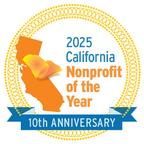
San Diego Veterans Magazine
August 2025 Issue
- Patriots to Education: A New Mission
- How to Beat the War on Succes
- The Future of Military Transition (AI)
- Tackling the Transition to Civilian Life
- The Doggone Truth about Transitioning

- Supervisors that Inspire high-level employees
- Job Search and Career Transition 2025
- Asset Protection Behind the Corporate Veil
- Careers in Law Enforcement
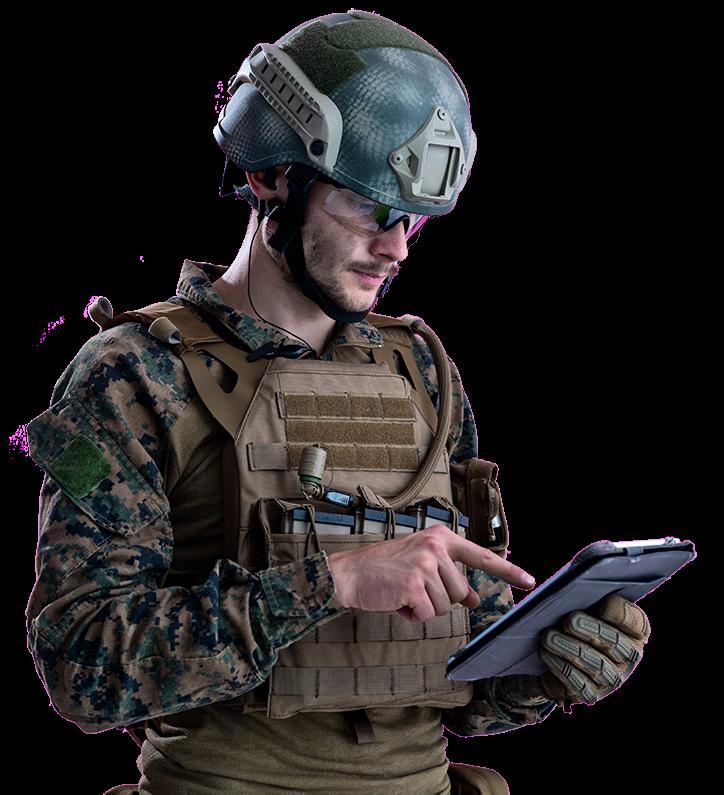
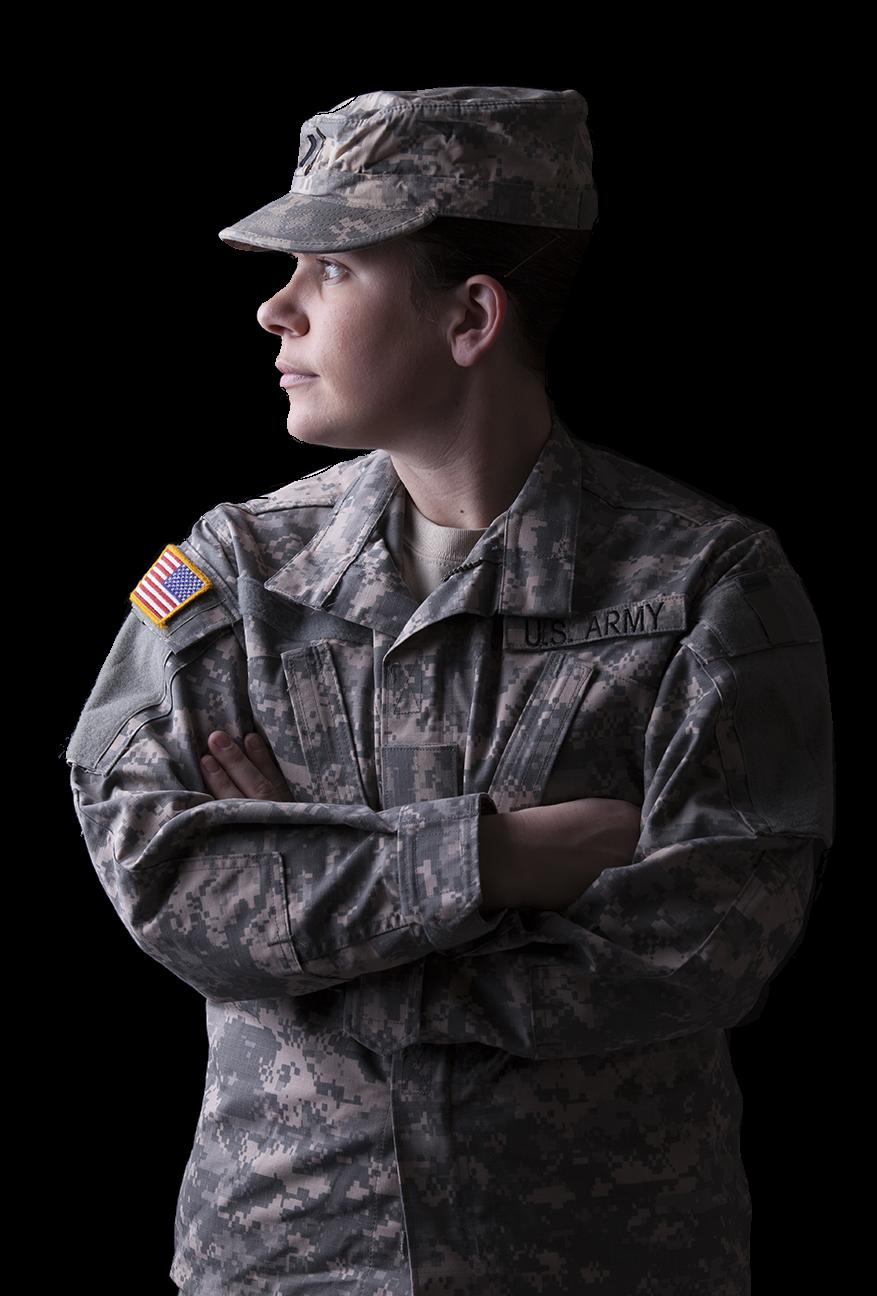
For editorial & monthly columns regarding transition, career advice, tips, workshops, transition to education, entrepreneurship, straight-forward legal tips for military and veteran business owners and more, visit Veterans In Transition. sandiegoveteransmagazine.com/category/veterans-in-transition


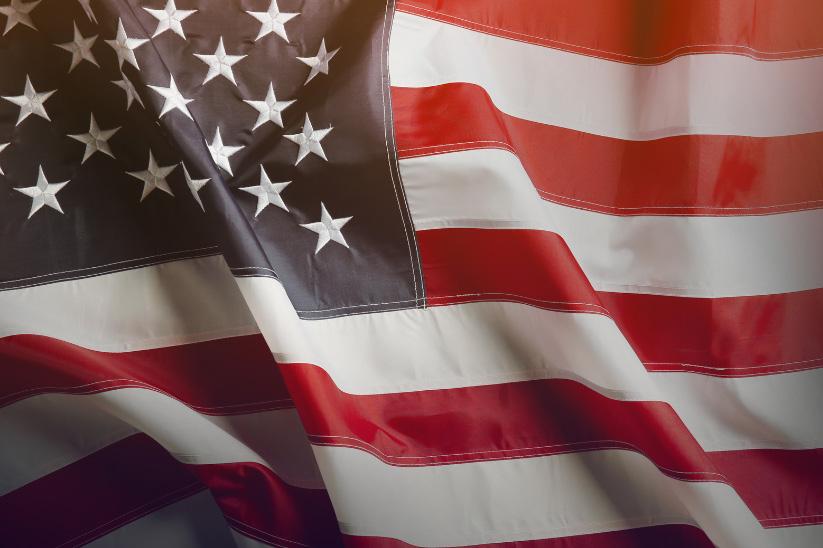
Turn your military training into a mission for justice with a Criminal Justice degree from Los Angeles Pacific University. Our 100% online program is built for military members, spouses, veterans, and dependents, offering flexibility and Christ-centered support from coaches who understand your journey. Whether you’re on base, deployed, or at home, LAPU moves with you. Study anytime, anywhere!*
• Maximize Your Benefits – GI Bill®, Tuition Assistance & Spousal Aid
• Earn Credit for Military Experience – CLEP, DSST, JST & More
• Fully Accredited – Associate, Bachelor’s and Master’s Degrees Your Mission. Your Education. Your Pace. Take the Next Step at


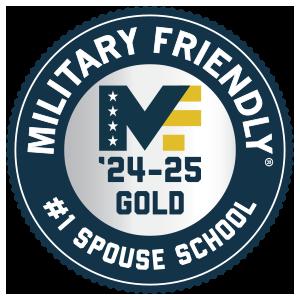
Voted #1 Military Friendly School & #1 Spouse School
*LAPU is currently unable to offer distance programs in select states. Visit website for details. Just like boot camp molded you into the service member you would become, our free on-site and virtual programs mold you into the college student you strive to be.



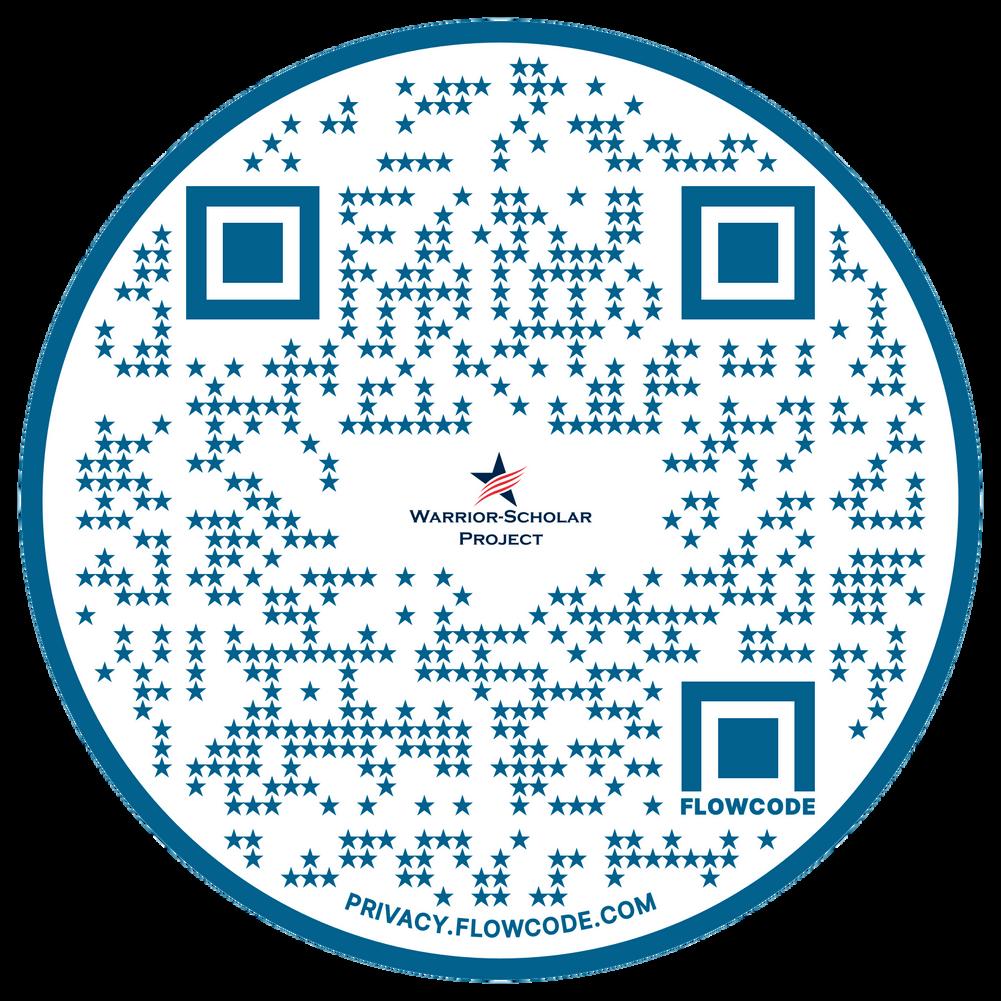
By Dr. George Ann Rice Patriots to Education
Across the nation, school districts are grappling with a critical teacher shortage that threatens student achievement and long-term opportunity. Classrooms without qualified educators lead to larger class sizes, diminished one-on-one instruction, and the loss of programs that spark curiosity and creativity. This issue is particularly challenging for students in underserved communities, where access to consistent, high-quality instruction is essential for closing opportunity gaps.
But this is more than just an education issue—it’s a national imperative.
The ripple effects of a weakened public education system extend to national security, economic vitality, and civic engagement. A lack of STEM educators limits innovation. Underserved schools widen inequality. Unfilled teaching positions leave future generations less prepared to meet the challenges of our time and to take technical jobs that are being created now. Even military readiness is affected: the U.S. Department of Defense reports that over 70 percent of young Americans are ineligible for military service, often due to educational shortcomings. And military families—crucial to the stability of defense communities—consider the quality of local schools when deciding where to live and whether to stay.
One Big Step Toward a Solution: Tap into a powerful, often-overlooked resource: the military-connected community.
Patriots to Education (PTE) is a nonprofit initiative that unites two national priorities—supporting veterans and strengthening public education. PTE actively recruits and supports Veterans, Reservists, National Guard members, military spouses, and transitioning service members (within one year of separation) to pursue meaningful careers in public education teaching, related-service providers, support staff, technical and operations. These individuals bring unmatched leadership, discipline, and mission-focused mindsets— qualities that schools need now more than ever. Also, they provide diverse and male role model candidates needed by students from all ethnicities and many from father-less homes. Students must be taught to understand and appreciate the uniqueness of our country.
Each year, approximately 200,000 men and women transition out of the military. According to the California Center for Military Integration, nearly 70 percent of them are unsure of their next steps. PTE offers them a clear pathway forward: a career that continues their legacy of service while making a lasting impact on the next generation.
Through strategic outreach—Transition Assistance Program (TAP) Capstones, installation education offices, installation-wide newsletters, Key Spouse programs, and onboarding events for incoming families—PTE connects early and meaningfully with those in transition. It also collaborates with National Guard and Reserve units, veteran organizations, and state employment programs like Work for Warriors and CareerSource to ensure those best positioned to serve in schools and central services are reached.
There are over 5 million veterans under the age of 50 living in the U.S. today. Many of them—and their spouses—are eager for purposeful careers that align with their values. PTE empowers them with assistance in identifying the training, resources, and support needed to thrive in public education, whether in the classroom or in school support roles.
Our mission is simple but powerful: honor the continued service of our nation’s heroes while strengthening the schools that shape America’s future. Success isn’t just measured in placements—it’s measured in student outcomes, community impact, and the knowledge that those who once defended our nation are now helping to educate and inspire it. Together, we’re building brighter futures—one classroom at a time.
In the months to come, we will share the work in several states and let you hear from those who have already accepted this New Mission with A Crucial Impact.
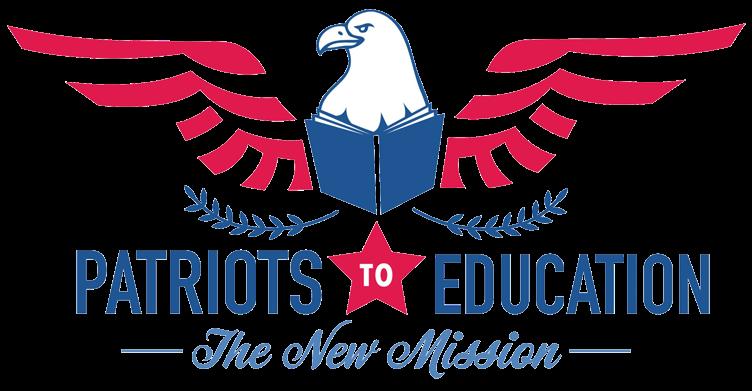



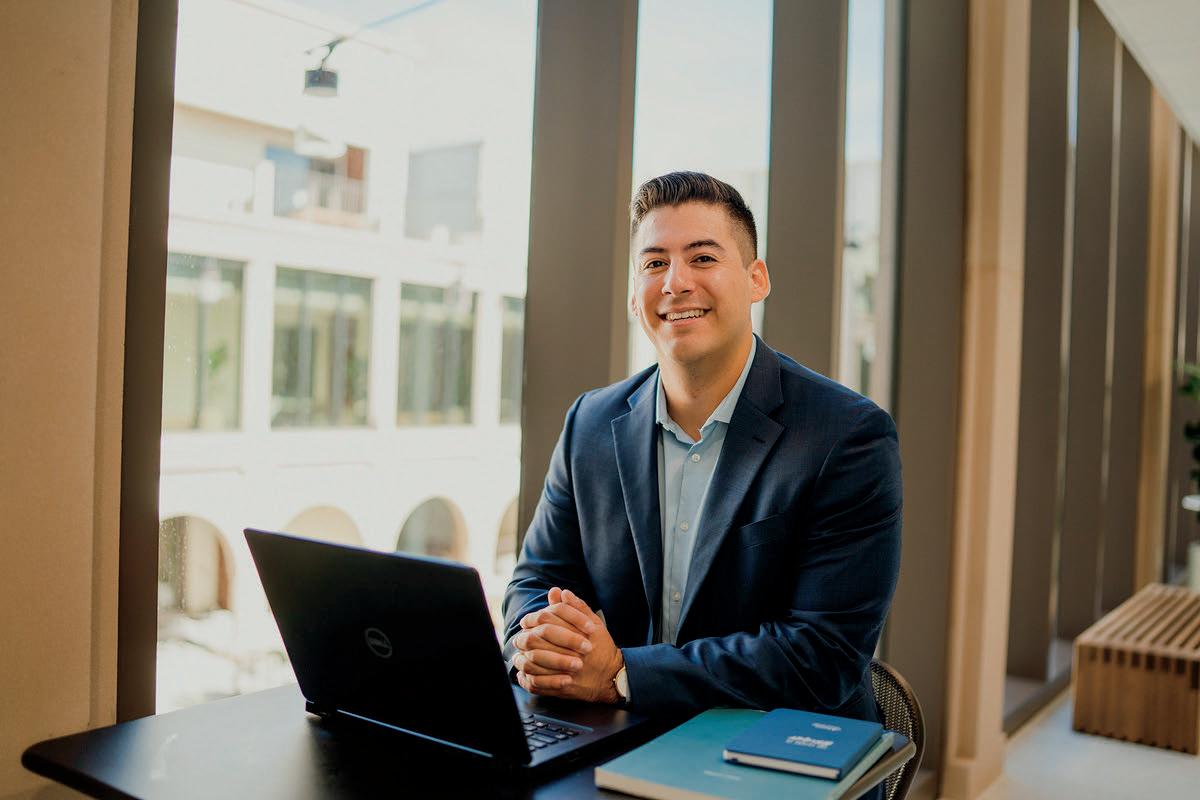
By Barbara Eldridge barbara@mindmasters.com www.mindmasters.com


After several years hosting events and introducing dynamic guest speakers, I had a realization: while expert content is valuable, what entrepreneurs need more is connection. A space to share real-world challenges, get unstuck, and tap into the hard-won insights of others who’ve walked a similar path.
That’s why we transformed our Marketing Meet Up. We shifted from presentations to powerful peer-driven conversations. And the results were remarkable.
The attendees didn’t just leave with ideas—they left with answers, strategies, and most importantly support. They experienced the kind of camaraderie that many veterans miss after leaving the military service—the sense of purpose, mutual respect and shared mission.
As a veteran you are no stranger to grit, leadership, and calculated risk. These qualities serve you well in business. But entrepreneurship is also a different kind of battlefield—one that often feels isolating. You’re the commander, the supply chain, the communications officer—and when things get tough, it’s easy to wonder, Where do I turn?
When you’ve invested so much in your business, falling short on results isn’t just frustrating—it can feel personal. Yet in today’s high speed, ever evolving marketplace, staying on course is no easy mission. That’s where community makes all the difference.
In the military no one fights solo. The same should be true in business. When your part of a mastermind or peer advisory group, you gain something powerful: collective wisdom. You can brainstorm solutions, focus on high value tasks, and get clear on what’s next—with a team at your side.
In on going meetings we saw how quickly things shift when business owners come together.
Trust is built. There’s shared experience. There’s mutual accountability. And there’s momentum.

The danger of doing it alone. You end up relying on what you know—and when you hit a blind spot or lose focus, it’s easy to get derailed. That costs time, money, and confidence. But in a well-run mastermind, things change. It’s not just about venting—it’s about doing
You show up, share your challenge, and walk away with clarity, a plan and the accountability to follow through. When you report back with progress, you’re not just checking a box-you’re reinforcing your mission, your purpose and your momentum.
Veterans Understand the Power of a Unit—Let’s Bring that
Veteran entrepreneurs are uniquely positioned for success. You understand strategy. You take ownership. You know how to execute under pressure. But even the best trained soldier needs backup. That’s what a mastermind group provides: backup, insight, and a boost when you need it most.
As Napoleon Hill in his bestselling book Think and Grow Rick, wrote a master mind is the “Coordination of knowledge and effort in a spirit of harmony between two or more people for the attainment of a definite purpose” which he stresses is the necessary “POWER” that moves ideas into action-and action into results.
So let me ask you, What’s your biggest business challenge right now?
• Is it marketing? • Leadership? • Sales?
• Financial clarity? •Technology?
• Understanding your customers better?
• Structuring your business for growth?
Whatever it is, you don’t have to figure it out alone.
If you have never experienced a “real” mastermind, now is the time. Join a group. Start one. Ask for help. Take the next step. Because the war on success can be won—but not solo.
Share real challenges
Tap into the real experience of fellow entrepreneurs
Get fresh strategies
Stay focused, take action, and measure results
Veterans thrive in teams—your business should be no different. Whether you’re launching, growing or rebuilding, a master mind group can give you the structure, accountability and camaraderie you need to succeed.
Barbara Eldridge has built a solid reputation as a Results strategies specialist, within industry and business over the past 40 years. Her unique message, since starting Mind Masters 30 years ago for entrepreneurs and small business owners, continually stresses vision, purpose and values as the key elements of business philosophy. Her undying compassion for the entrepreneur’s journey, her tireless capacity to listen, and her sincere enthusiasm for other’s success have insured her growing influence and her own mastery with MIND MASTERS. www.mindmasters.com

Finding a job in the civilian workplace may seem easy at first. After all, you have learned skills, practiced leadership and demonstrated initiative that will make you successful wherever you go.
The reality, though, is that it can be difficult. In fact, it can be downright depressing demotivating and you may feel totally disillusioned. We can help.
In our Veterans In Transition archives you will find helpful and informative articles about what’s next in transition, veterans in business, career, advice, tips, workshops, transition to education, entrepreneurship, veteran franchises, legal tips & resources for veteran businesses and much more...
For assistance in your journey please visit: SDVMagazine-Veterans-In-Transition sandiegoveteransmagazine.com/category/veterans-in-transition
By Maurice D. Wilson, MCPO (Ret), President/ED - National Veterans Transition Services, Inc. aka REBOOT
For decades, we’ve accepted the military-to-civilian transition process as a disjointed journey, riddled with uncertainty. We’ve watched veterans leave the service filled with pride—but also anxiety, confusion, and silence. Despite hundreds of programs and billions in funding, the outcomes haven’t changed. Two-thirds of service members report a difficult or failed transition.
At NVTSI, we’ve spent years listening to these stories— stories of jobs that didn’t work out, benefits missed, identities lost, and missions never redefined. But this isn’t just a personal problem. It’s a national crisis rooted in six structural breakdowns that create a system more reactive than ready.
Now, for the first time in years, there’s a reason to be hopeful—and it's not just policy reform. It’s not another checklist. It’s not a patch. It’s a breakthrough: AI-powered ChatGPT Agents. And they’re already changing everything.
When a service member prepares for combat, the military invests months in training. But when they prepare to return home? They’re often handed a single week of “transition prep”—and that’s if they attend at all. According to a GAO Report, Over 70% of service members don’t complete the Transition Assistance Program (TAP) within their final year, despite the requirement to begin planning 365 days prior to separation.
This isn’t just a missed opportunity. It’s the first domino. From there, the six structural gaps begin to unfold:
1. No personal transition planning
2. Loss of identity, mission, and purpose
3. No warm handoff to support systems
4. No aligned upskilling or reskilling
5. No intelligent job matching or resume support
6. No comprehensive, wraparound reintegration framework

The result? Veterans become lost in a maze of disconnected services, job boards, benefits portals, and vague advice. It’s no wonder 66% of them say the process failed them.
But what if, instead of being alone with a checklist, every service member had a digital assistant—an AIpowered “transition officer”—to help manage every step?
Imagine an AI assistant that:
• Logs into your MYTT365.online dashboard
• Scans your progress, flags overdue tasks, and gives you your next three priorities
• Syncs your tasks with your calendar and emails reminders
• Builds a civilian resume from your military experience
• Matches you to real jobs that fit your skills
• Suggests certifications and training based on your future goals
• Sends progress reports to your mentor, counselor, or coach
This is not science fiction. This is ChatGPT Agent, launched in 2025 by OpenAI—and now being fully integrated into the MYTT365.online platform. It’s like having a 24/7 XO dedicated to your post-military mission. And when paired with the proven structure of the REBOOT Workshop, it creates something we’ve never had before: a smart, personalized, end-to-end transition system.
With this technology, we can finally close the six gaps that undermine transition success:
• Preparation & Planning: Your AI Agent tracks your tasks and deadlines from Day 1. No more last-minute panic.
• Identity & Purpose: REBOOT + AI prompts help you rediscover who you are beyond the uniform—and what comes next.
• Warm Handoffs: Your Agent ensures follow-ups with OnwardOps, VA, and VSOs actually happen.
• Reskilling & Upskilling: AI helps you find futurefocused career paths and shows you what certifications to pursue.
• Job Matching & Resumes: No more translating MOS codes. The Agent builds your resume and applies to jobs for you.
• Community Reintegration: It connects the dots— healthcare, housing, benefits, and mentorship—in one interface.
At NVTSI, we’re not just teaching this—we’re scaling it. Our new webinar,“Automate Your Transition: ChatGPT + MYTT365”, is already helping transitioning service members across the country build their own transition agents. In just one hour, they leave with a working system that thinks, tracks, and acts on their behalf. And the results? Transformative.
Veterans are reporting greater clarity, confidence, and momentum. Tasks that once felt overwhelming are now automated. The burden is lifted. The mission is back on. We believe this technology represents the future of transition support—and NVTSI is leading the way, right here in San Diego.

If you’re preparing to leave the military—or supporting someone who is—now is the time to integrate AI into your transition plan. You can register for the next free session at: www.mytt365.online/webinar
We’ll show you how to activate your Agent, sync it with MYTT365, and turn the chaos of transition into a wellrun operation. Because you’ve already answered the call to serve. Now let’s make sure you’re supported, empowered, and equipped for the next chapter—with technology as disciplined and mission-focused as you are.

Maurice D. Wilson, MCPO (Ret), President/ED - National Veterans Transition Services, Inc. aka REBOOT
To learn more visit www.nvtsi.org or to sign up for the next REBOOT Seminar visit www.nvtsi.org/events/categories/seminar
By: Chris Martin
Military service isn’t a detour — it’s a launchpad. For Nate Boyer, the discipline, resilience, and leadership forged in uniform didn’t pause his ambitions, but rather propelled them forward.
Boyer served with Army Special Forces, spent time on the Seattle Seahawks’ roster prior to the 2015 NFL season, and is a co-founder of Merging Vets & Players (MVP), a nonprofit addressing issues faced by veterans and athletes after taking off the uniform.
Boyer’s session at the TotalForce+ conference, which runs Oct. 28-29, will challenge the notion that military service means putting life on hold, instead highlighting how the military builds world-class performers, innovators, and leaders, equipping them to thrive in any field.
Boyer spoke with MOAA about transitioning out of service and how to overcome assumptions in the private sector. This interview was edited for length and clarity.
Q. What excites you about Total Force+?
What we get more than anything out of our time and service in the military is how to be a good teammate, how to be a leader, how to persevere, how to sacrifice, and how not to quit. Those are the intangibles that will get you to that next place. You just have to put the reps in and be willing to sacrifice just like you did when you wore the camouflage.
We come from all walks of life. We have various skill sets. That’s what is special about the military — we come together, these people with various experiences, and we solve one problem at a time as a team, but with lots of different viewpoints. We learn discipline and the willingness to fight for the person next to you and potentially die for them, even if you don’t even like them that much.
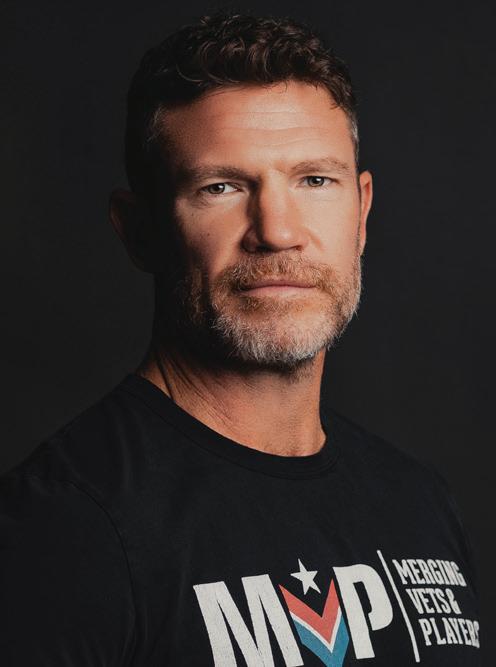
U.S. Army Green Beret, Co-Founder MVP, Filmmaker, Former NFL Player
A. It’s the opportunity to connect with veterans and people that support veteran causes, and to rally the community together while also being inclusive of the civilian population.
It’s easy to have silos in today’s world. What’s interesting to me about TotalForce+ is the aggregation of these different communities and the focus on veterans’ stories and initiatives, and also making sure the community at large is aware of these things and that we’re reaching more than just those we’re comfortable engaging with.
Q. What message are you bringing to attendees?
A. We often get into this mindset that our skills need to directly translate to the next thing we do. That’s not only untrue, but you will be holding yourself back.
That’s an important lesson for a lot of people. We all have control over how we treat our neighbor every day, or how we treat our co-worker or colleague.
Q. What advice do you have for those transitioning out of service?
A. You’re going to want that element of service and purpose, and to have that feeling you are contributing to the betterment of society every day. But there’s also value in taking a break. Before you jump ship, start to look at other opportunities to discover what you’re into.
I did an internship at 34 years old, and yeah, it felt a little weird the first day because I’m making coffee and cleaning the fridge out and picking up lunch. But I was at a production company, and that was what I was interested in. I needed to start in the proverbial mail room like everybody else and just learn. But you’ll quickly find if you approach it right, with humility and this idea that nobody owes you anything just because you served in the military, people will find you and learn about your experience. Then, all of a sudden, you’re sitting in other meetings. Look, you’ve dedicated quite a bit of your life to the thing you did before, especially if you’re retiring out.
Scan the QR code to find more interviews with TotalForce+ featured speakers.
People will look for a lateral transition into the business world or something like that. If you’re able to do that, that’s awesome, but that’s probably not the reality for most people — think of the people in those sectors that have been spending the same amount of time there that you did in the military. It’s OK to not have the most ideal job out of the gate, as long as it’s in the right place and a spot that interests you.
Q. Why is it important to hear from veterans about improving the lives for those currently serving?
A. When I was in, the last thing I thought about was being a veteran. I didn’t understand that there were post-service resources and such a big community. It’s crucial veterans lead the way in helping because we’ve done it — we’ve been there. People are going to listen to us if we have a shared experience. But experiencing those in a different way, that’s also extremely valuable because we don’t want to just do things all the same.
Q. What’s the next big project MVP has planned?
A. We’ve got nine chapters around the country already operating, and we’re opening a few more this year. Interestingly enough, we’re starting to operate in the D.C. area, and that’s another reason we’re really excited about TotalForce+.
It’s been tough these last few years with a lot of these vets, including myself, that were part of the 20-year war. The way it ended — it’s been hard on a lot of people. Some feel their service was in vain. Of course that’s not true at all: There were so many people that we helped and so much that we did, and we only did what we were able to do.
So that’s what’s special about events like TotalForce+ and about what we’re trying to do with MVP — letting everybody know that we recognize all that stuff, the insecurities, the survivor’s guilt, regrets.
But I’m doing everything I can to mitigate those and continue moving forward with people around me. That’s what’s important.
Chris Martin is a senior editor for MOAA’s Military Officer magazine.
Your Attendance Is Mission Critical
TotalForce+ brings together a powerful group of attendees from across the VA and DoD communities, providing opportunities to connect, collaborate, and find real solutions to the challenges that matter most to you.

Scan the QR code to find out more and register for the conference.

Featuring: Panelist and host of the TotalForce+ Roast & Toast ROB RIGGLE
The Roast & Toast will be an evening event on the first night of MOAA’s Total Force+ conference that will benefit The MOAA Foundation’s Crisis Relief Program
PHOTO: SEAN HAGWELL
By Eve Nasby eve@infused.work

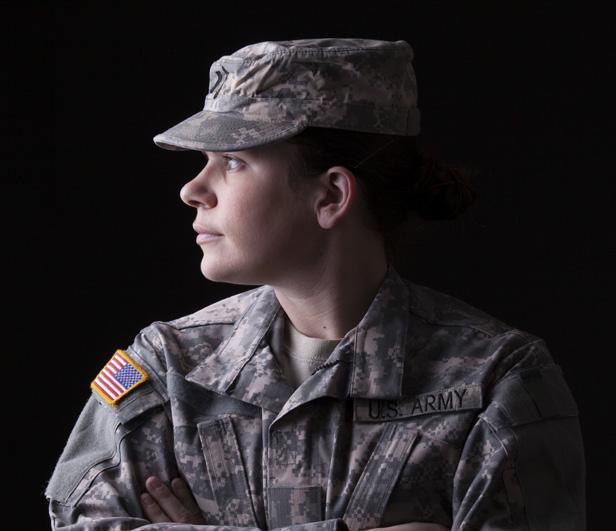
The heat is suffocating. The air shimmers like a mirage on the tarmac, and you're wondering if this will ever end! Welcome to the dog days of summer when the mercury climbs past 100 degrees, the base housing AC units start dropping like bad transmissions, and everyone's thinking the same thing: "How many days until this deployment/assignment/enlistment is over?"
“Dog Days of Summer”? The phrase originates from the ancient practice of tracking the star Sirius, known as the "Dog Star," which rises alongside the sun from July 3 to August 11. It was believed this celestial alignment brought "heat, drought, lethargy, fever, mad dogs, and bad luck" – basically everything that could go wrong when conditions get brutal!
Sound familiar? It seems to be a perfect metaphor for the most challenging transition you'll ever face –from military to civilian life. Just like those ancient civilizations who believed Sirius added its scorching heat to an already blazing sun, your transition combines the intensity of leaving everything familiar with the pressure of proving yourself in completely foreign territory.
Transition is all about trust in your network. Most who transition out well will find their next jobs through someone they know, not through dropping their resumes into a bottomless online database. I’ve said it before and I’ll say it again; your network determines your net worth. Your network can be pivotal in your professional survival, your career trajectory, and your ability to land somewhere that doesn't make you question every life choice that led you to this moment.
Think about those brutal summer training exercises. You had buddies who didn't just help you survive – they helped you thrive when conditions were at their worst.
The civilian job market is exactly like those dog days, except instead of surviving heat exhaustion, you're navigating a landscape where 87% of exiting service

members land a job within six months, and leave that job within 12. So how do you avoid a desperate grab on the first available job out of the military?
Here's where your network can help: informational interviews. Think of these as reconnaissance missions in enemy territory, except the "enemy" is your own lack of civilian market intelligence, and the territory is an industry you're trying to infiltrate.
Check out LinkedIn where you may find a former Air Force logistics officer who's now revolutionizing supply chain management at Nike. She remembers what it felt like to translate military precision into civilian profit margins and would love to offer guidance.
When you reach out, be intentional. Don't send generic "I'd like to pick your brain". Try, "I'm transitioning from my role as a communications specialist and I'm fascinated by your work in crisis communication for Fortune 500 companies. Could we chat for 20 minutes about how military communication protocols translate to corporate crisis management?"
Come prepared with questions that show you've done your homework. Respect their time and follow up with a thank-you that references specific insights they shared.
Focus your resume on results. Numbers speak. If you were able to save money and or time and produced results in your military career, you will be able to do that for any company in the civilian world. Craft your resume language with that in mind.
For example, instead of "Managed security protocols for forward operating base." Write, "Implemented comprehensive security frameworks protecting highvalue assets worth $50M+, achieving zero security breaches over 18-month deployment." Same mission, different language – and suddenly corporate executives envision you protecting their data centers!
Your resume serves one purpose. To get you the interview. Once you are face-to-face with decisionmakers, you need to execute with the precision of a special operations mission.
Every answer should be a mini-movie showcasing problem-solving, leadership under pressure, and quantifiable results. Use the STAR method (Situation, Task, Action, Result). See our previous articles specifically outlining the details of this proven strategy.
Where do you want to establish your new base of operations? What's the economic landscape? Are there established veteran networks that can accelerate your integration? What about the infrastructure that supports your family's success – schools, healthcare?
Get everyone aligned on the vision. If your spouse is expecting San Diego lifestyle but you're targeting Des Moines opportunities, you're going to have problems. Family buy-in is mission-critical for long-term success.
As these dog days of summer eventually give way to cooler seasons, remember that every skill acquired in the military – strategic thinking, network building, adaptive execution, and relentless pursuit of objectives – is exactly what you need to dominate your civilian transition.

Need help with your transition? Have questions? Link up with Eve on Linked In today. www.linkedin.com/in/eve-nasby-given-hiring-expert
Finding a job in the civilian workplace may seem easy at first. After all, you have learned skills, practiced leadership and demonstrated initiative that will make you successful wherever you go.
The reality, though, is that it can be difficult. In fact, it can be downright depressing demotivating and you may feel totally disillusioned. We can help.
In our Veterans In Transition archives you will find helpful and informative articles about what’s next in transition, veterans in business, career, advice, tips, workshops, transition to education, entrepreneurship, veteran franchises, legal tips & resources for veteran businesses and much more...
For assistance in your journey please visit: SDVMagazine-Veterans-In-Transition sandiegoveteransmagazine.com/category/veterans-in-transition
By Joseph Molina veteransccsd@gmail.com www.vccsd.org

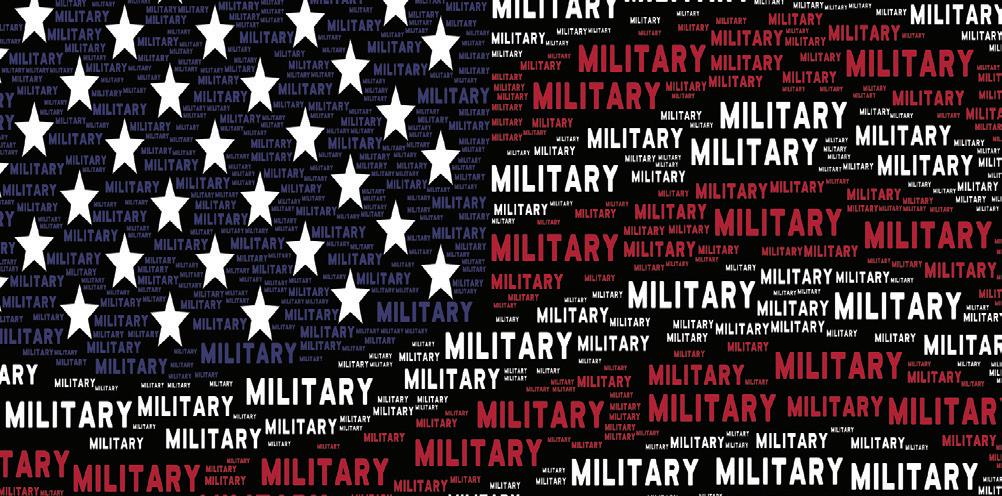
Becoming a great supervisor is about having the ability to bring out the best in your team. The most effective supervisors lead with intention, demonstrate empathy, and hold themselves to high standards. If you're looking to grow into a leader your team genuinely wants to follow, here are the top 10 habits of great supervisors.
1. They Lead by Example
Great supervisors understand that actions speak louder than words. They model their behavior, work ethic, and professionalism in a way that demonstrates positive leadership. Supervisors set the tone for the workplace.
2. They Communicate Clearly
Communication is the backbone of effective supervision. Successful leaders speak clearly, listen actively. They don’t just give instructions—they inspire confidence.
3. They Lead by Inspiration
Great supervisors empower and lead by inspiration. These managers trust their employees to do their jobs by giving them room to make decisions.
4. They Recognize and Appreciate Effort
Top supervisors regularly acknowledge contributions, celebrate wins, and provide positive feedback. Whether it is a thank-you note or public recognition during a meeting, they make employees feel seen and valued. Recognition fuels morale.
5. They Provide Constructive Feedback
Great supervisors understand the importance of timely, respectful, and actionable feedback. They help team members learn from mistakes, always with the intention of helping them succeed.
6. Emotional Intelligence
Supervisors who are emotionally intelligent understand how to navigate different personalities, manage stress, and respond with empathy. They build trust by being self-aware, listening with care, and responding to team needs with emotional insight.
7. They Solve Problems, Not Blame People
Great supervisors focus on solutions. They encourage accountability without fear, making it

easier for employees to come forward when encountering challenges.
8. Fair and Consistent
Effective supervisors are fair, apply rules uniformly, and make decisions based on merit and facts—not personal biases.
9. They Stay Organized and Focused
Great supervisors know how to manage time, delegate effectively, and keep projects on track. Their organizational habits help reduce chaos, promote productivity, and build team confidence.
10. They Invest in Team Growth
Great supervisors mentor, coach, and encourage their employees to stretch their abilities. Whether it is offering training, assigning new responsibilities, or recommending resources, they actively support their team’s growth.
Final Thoughts:
To become a supervisor that people genuinely want to follow, it is not enough to manage—you must lead.
Leadership is about integrity, empathy, and consistency. By developing these 10 habits, you will not only increase your own effectiveness, but you will also create a workplace culture where people thrive—and that is the mark of a truly great supervisor.


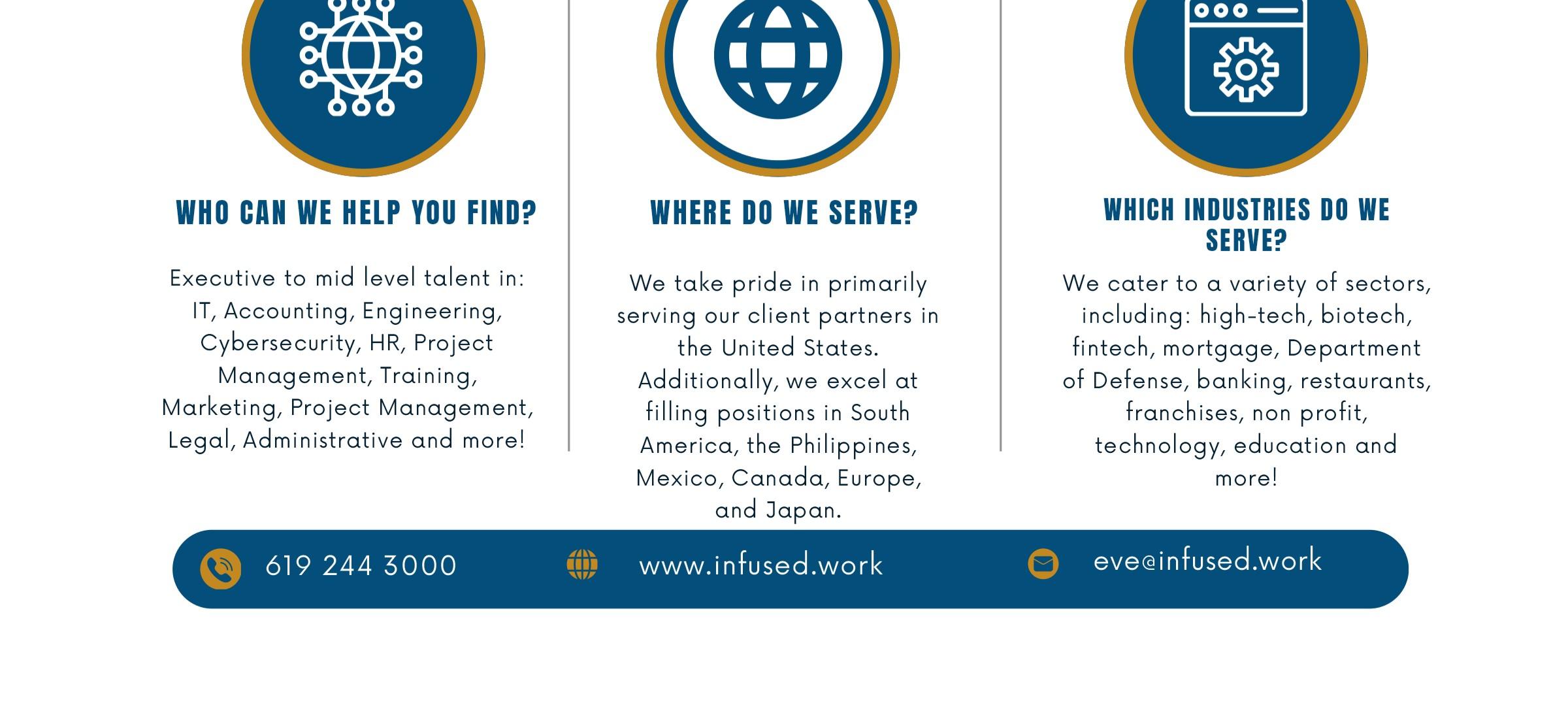
www.infused.work
eve@infused.work
By Paul Falcone PaulFalconeHR.com


The summer issue is always a good time to take a mid-year reckoning of the state of the job market in general plus any particular challenges being felt by job seekers—new or experienced. Overall, job search is tough right now. Markets don’t like uncertainty, and with tariffs, inflation, DOGE federal government cuts, and military conflict looming over the horizon, CFOs are hanging onto and hoarding cash (just like you and I may be as private citizens). As a result, companies are hiring at nearly the lowest rate in a decade and are looking to cut costs wherever they can.
The job market for transitioning military personnel is and will always be dynamic, with both opportunities and challenges. While veteran unemployment rates can fluctuate, there are consistently "hotter" areas and effective job search strategies to leverage your military experience in the private sector. Here's a breakdown of what's hot and how to approach your job search to get optimal results.
• Hot Industries and Roles for Veterans Military personnel bring highly valued skills, such as leadership, problem-solving, teamwork, adaptability, and working under pressure. These translate well into several in-demand civilian sectors:
1. Technology and IT: This sector continues to boom, and veterans are highly sought after.
• Cybersecurity • Data Management and Analytics
• Software Development and Architecture
• IT Tech Support
2. Logistics and Supply Chain Management: This is a natural fit for many veterans given their experience in coordinating resources, personnel, and equipment in complex environments. Roles include:
• Operations Manager
• Logistician (Managing supply chains, inventory, transportation, and warehousing).
3. Healthcare: A fast-growing industry with a need for disciplined and team-oriented individuals.
• Nursing and Allied Health (i.e., technicians and specialists)
• Healthcare Administration
4. Project Management: Military experience in planning, delegating, and meeting deadlines makes veterans excellent project managers across various industries like construction, IT, and logistics. PMP (Project Management Professional) certification is highly recommended.
5. Skilled Trades: If you have mechanical, engineering, or technical expertise, trades like welding, HVAC, and electrical work offer stable careers with solid earning potential. Apprenticeship programs can be a great entry point.
6. Government and Defense Contracting: Many veterans find fulfilling careers in these sectors, leveraging their military experience and familiarity with government operations. Roles include:
• Defense Analyst
• Security Consultant
• Federal Agents and Law Enforcement: Police officers, correctional officers, and various agent roles are consistently in demand. (Focus on state and local rather than federal government openings until things settle down.)
• VA Careers: The Department of Veterans Affairs actively recruits veterans for roles like police, medical support assistants, and environmental services.
For more ideas on the types of jobs that may interest you, visit the Bureau of Labor Statistics’ “Occupational Outlook Handbook” at https://www.bls.gov/ooh/
• Key Job Search Strategies for Active Military Transitioning to Civilian Life
In tougher job markets, it becomes all the more important that you stand out in terms of your job search strategy. The following tips will help you do just that.
1. Translate Your Military Experience: This is perhaps the most crucial step. Civilian employers often don't understand military jargon, acronyms, or the direct civilian equivalent of your military roles.
• Quantify your accomplishments: Instead of saying "managed a team," say "led a team of 15 personnel responsible for X, resulting in Y improvement/efficiency."
• Use civilian-friendly language:
Rewrite job descriptions and achievements using terms that a civilian hiring manager will recognize and value (e.g., "logistics" instead of "supply NCO").
• Utilize military skills translators:
Resources like the VA's military skills translator can help. (See https://news.va.gov/ (VA Careers) and www.military.com/veteran-employment-project)
• Focus on transferable skills:
Highlight your leadership, teamwork, problem-solving, adaptability, communication, discipline, and ability to work under pressure.
2. Leverage Transition Resources:
• Transition Assistance Program (TAP): Attend workshops to learn about career exploration, job search strategies, resume writing, and interview skills.
• Veteran-focused organizations:
Organizations like Hiring Our Heroes, Soldier for Life, Marine for Life, Military Officers Association of America, Non-Commissioned Officers Association, United Service Organizations, and VetSec offer valuable support, networking, and job placement services.
• DoD SkillBridge, Hiring Our Heroes, HeadLamp: These programs can help you gain civilian certifications and practical experience before you even leave the military.
Further, connect with other veterans on professional networking platforms. Attend job fairs. Clean up your social media (especially from strong political statements). Go heavy on establishing your LinkedIn presence (since that’s the first place employers look when seriously considering candidates). And make use of the GI Bill to cover tuition costs for degree or technical training.
Yes, it’s asking a lot. . . But by focusing on in-demand fields, actively translating your military skills, and utilizing the wealth of resources available, transitioning military personnel can successfully navigate the civilian job market and find rewarding careers, despite all the craziness in today’s job market.
You can connect with Paul on LinkedIn at www.linkedin.com/in/paulfalcone1
Paul Falcone (www.PaulFalconeHR.com) is a management trainer, executive coach, and bestselling author on hiring, performance management, and leadership development.

www.HarperCollinsLeadership.com
Straight-forward legal tips for Military and Veteran Business Owners
By Kelly Bagla, Esq. www.BaglaLaw.com

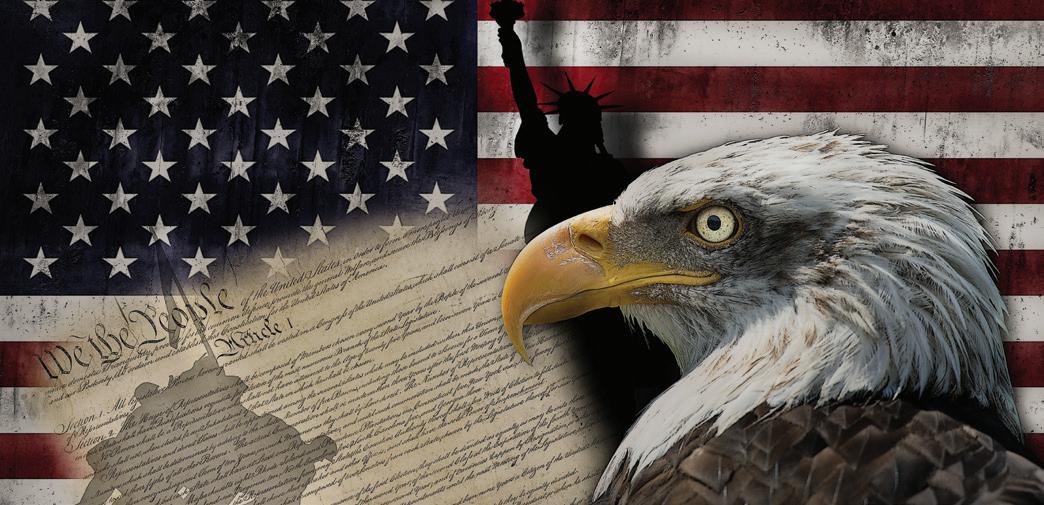
As a business owner, you’ve worked hard to accumulate assets and a comfortable life. But without proper asset protection, your personal and business assets are at risk. A proper strategy for protecting your assets begins by insulating personal wealth from business liabilities. This can be achieved through various legal structures, such as: Limited Liability Companies (LLCs), or Corporations. These structures create a “corporate veil” or legal separation between the company as a separate legal entity and the individuals who own it.
Most business owners have a serious misconception about this protection. Did you know that once your company is incorporated, the limited liability protection afforded by the incorporation process is NOT automatic? Incorporated entities do not automatically become barriers between your personal assets and your business assets. The company must comply with corporate formalities to enjoy limited liability protection for your personal assets.
Corporate compliance includes you treating your incorporated entity as completely separate from yourself. Otherwise, if your business is sued, the person suing may try to show the court that you have not maintained your business to the letter of the law, thus “piercing the corporate veil” and attaching your personal assets as part of a judgment.
While the laws vary from state to state, courts will generally abstain from piercing the corporate veil unless there have been signs of serious misconduct.
Below is a general overview of what you should do to keep your business in compliance with the law.
File an annual report: Most states require some sort of annual report filing on the anniversary of your incorporation date.
1. File amendments for any changes. If you make major changes to your corporation, you may need to keep your state up to date with filing Articles of Amendment.
2. Keep up to date with any meeting minutes. Record meeting minutes whenever you hold a corporate meeting. The minimum requirement regarding meeting minutes are the annual minutes, which appoint directors and officers.
3. File DBA for any name variations: A business may have an official name and then use variants of that name or different names to do business. You should file a DBA (Doing Business As) with the county where you do business for each name used.

4. Get an EIN: You must obtain a Federal Tax Identification number, also known as an Employer Identification Number (EIN). This nine-digit number is as important for your company as a social security number is important for you personally.
5. Separate bank accounts. Open a separate bank account for your incorporated entity. This action separates your personal money from your business money and prevents any comingling. This will show separation from personal assets, thus proof of a separate entity existence for your business. Additionally, this action will allow your incorporated entity to start creating its own credit rather than using your personal credit.
6. Use full legal name: The name of the corporation should be used in full, including “Inc.” Or “LLC,” on all contracts, invoices, and documents used by your company. This clearly indicates the existence of the incorporated entity as a separate entity.
7. Use your title: Always use your title, such as President, Chief Executive Officer, or Secretary, when signing on behalf of your incorporated entity. Using the name of the corporation and your title further creates separation from you as an individual. Generally, by using your title, a person or entity suing you can only sue you as a corporate officer and not you, as an individual person.
8. Federal Beneficial Ownership Information Reporting (BOIR): Most businesses must file an initial BOI report to comply with the Corporate Transparency Act (CTA). You only need to file a BOI report once, unless there are changes to the reported information.
Failure to file required paperwork can lead to fines and penalties, including suspension of your incorporated entity. By following these corporate compliance steps you can enjoy limited liability protection under the law. Of course, specific requirements will vary based on your business type and location.
If you need help determining if your corporation is compliant, we can help. Please visit my website at www.BaglaLaw.com

When it comes to investing in real estate, your hard-earned assets are at risk! YOU NEED THE RIGHT ATTORNEY ON YOUR SIDE!
Kelly Bagla, Esq., and her team at Bagla Law Firm, APC, a Business Formation and Asset Protection firm, have over twenty years of experience protecting real estate for rental owners. They customize your asset protection plan to ensure that your rentals are protected in case of a lawsuit.
your real estate
Disclaimer: This information is made available by Bagla Law Firm, APC for educational purposes only as well as to give you general information and a general understanding of the law, and not to provide specific legal advice. This information should not be used as a substitute for competent legal advice from a licensed professional attorney in your state.

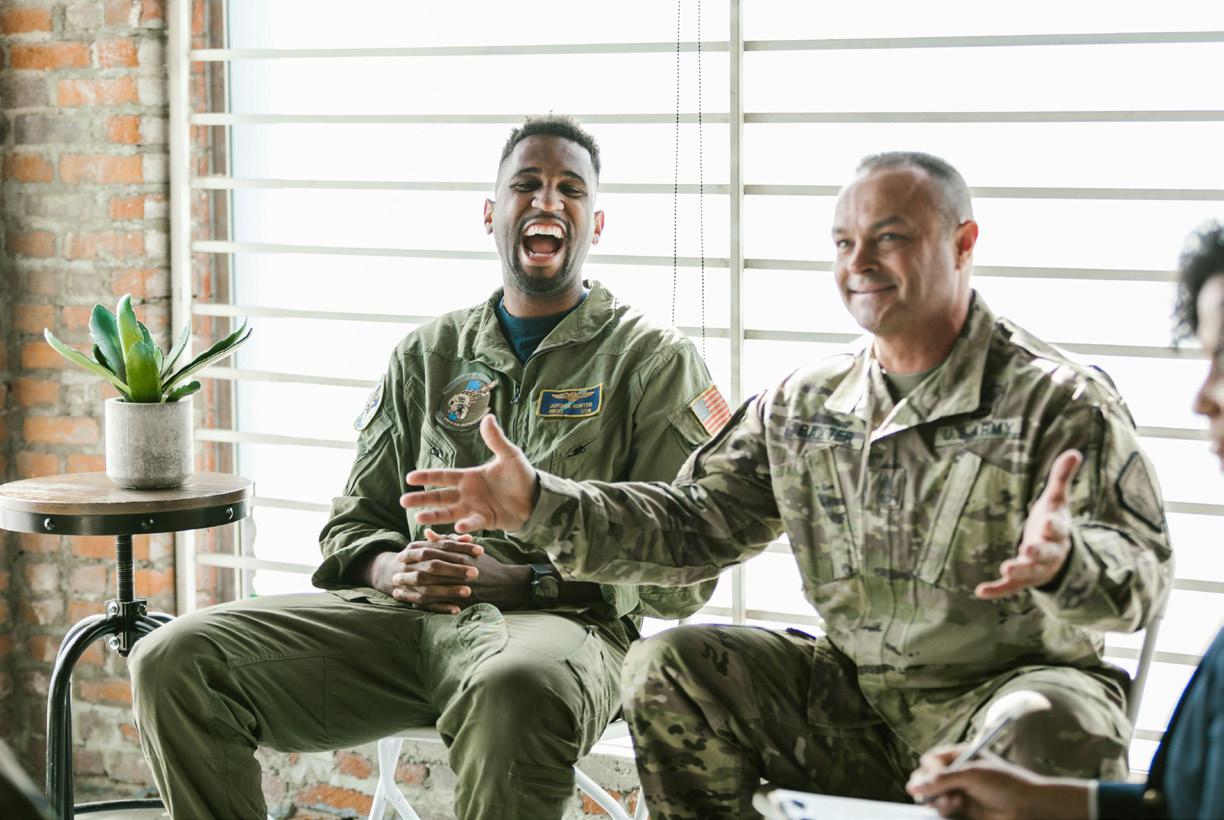

Building Spiritual Resiliency in the San Diego Military Community
• 250,000+ veterans, active duty, and families impacted

• 8 Military Installations
• Home to:
• 2nd Largest Navy Fleet in the U.S.
• 2nd Largest Marine Corps Base in the U.S.
• Nation’s Largest Marine Corps Recruit Training Camp JOIN
Volunteer, sponsor, or pray with us
Contact us at Michael.morabe@crumilitary.org
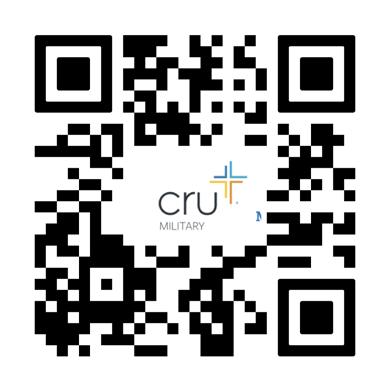
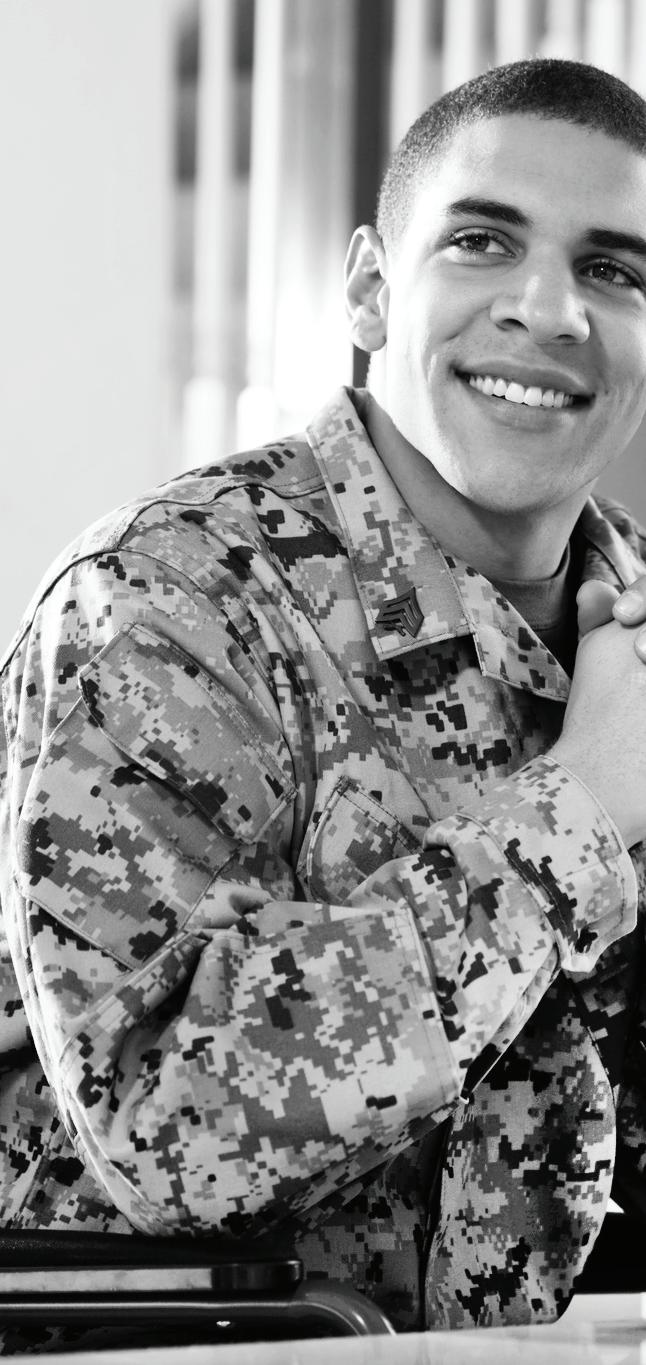
Our online training programs are approved for military education funding—all designed to help military members and their spouses build skills and thrive in careers that are portable, in-demand, and rewarding.
Start training today so you can be prepared for meaningful work tomorrow.
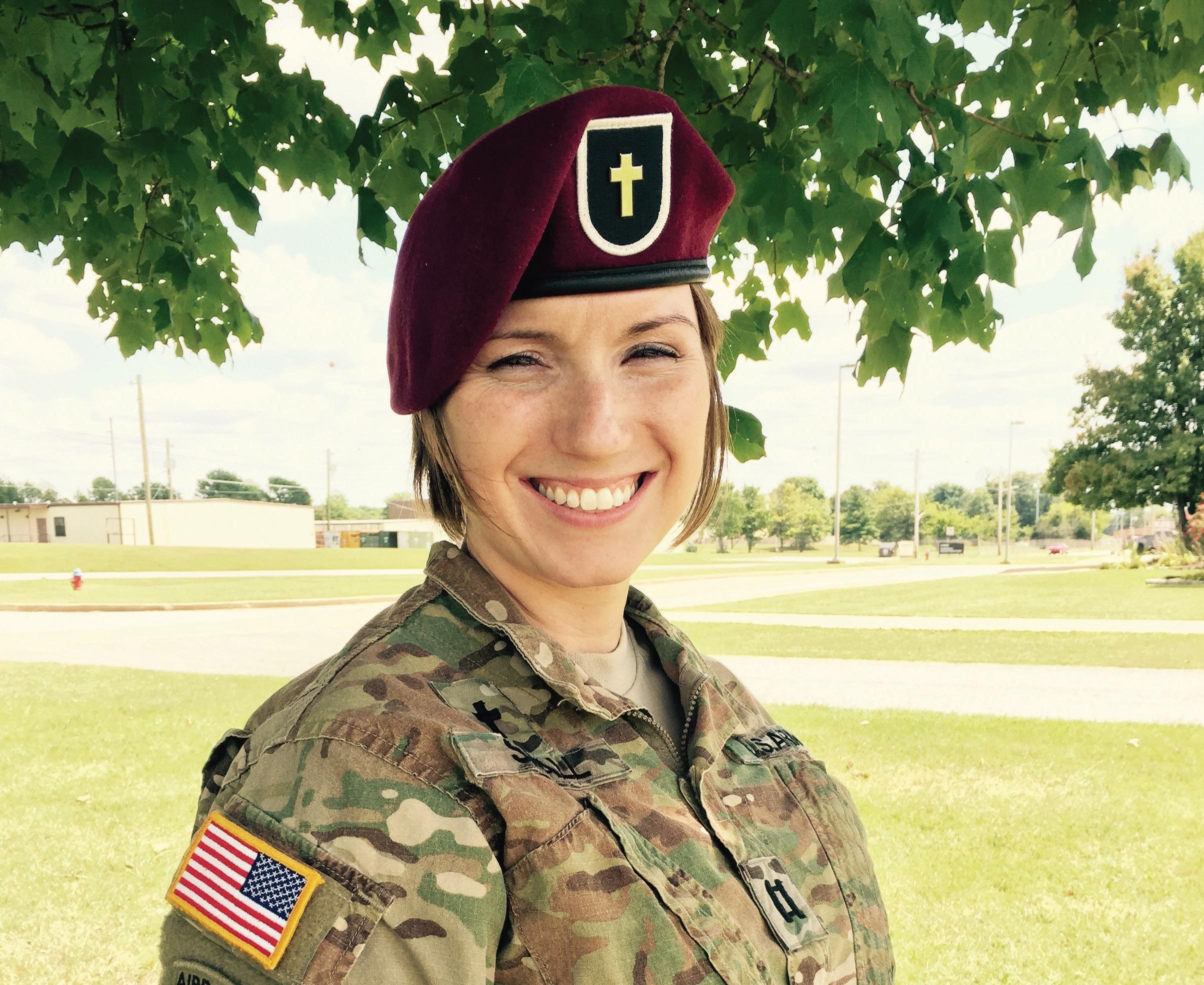
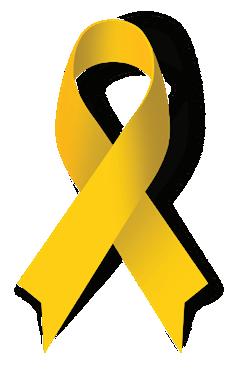



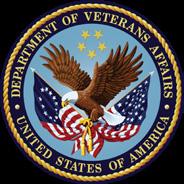



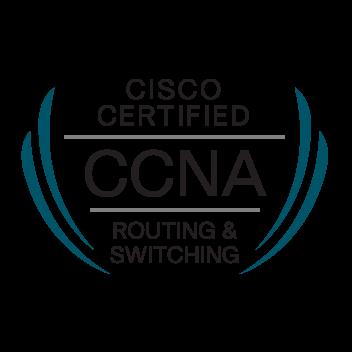
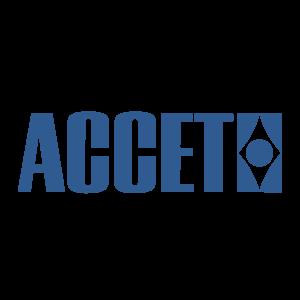

THE SAN DIEGO VETERANS COALITION IS A COALITION OF OVER 150 UNIQUE NON-PROFITS, BUSINESSES, GOVERNMENT AGENCIES AND EDUCATIONAL ENTITIES ALL UNITED BY THE GOAL OF SUPPORTING MEMBERS OF OUR COMMUNITY WHO SERVED OUR COUNTRY IN THE ARMED FORCES, THEIR FAMILIES, AND THEIR CARETAKERS.
The San Diego Veterans Coalition was organized in 2009 and incorporated as a non-profit on May 24, 2011. Using the Collective Impact Model, SDVC is a premier San Diego County-wide monthly convener of over 150 unique member and participating organizations, businesses, and agencies, as well as convening many of that body in our four action groups, and other activities and events. The Collective Impact Model is based on leveraging relationships with other veteran and family serving organizations so that we may provide veterans and their families with a complete array of services and other opportunities.
Many of the organizations that belong to SDVC specialize in one field (education, housing, employment, healthcare). Knowing what services each other provides, we can offer comprehensive support to our local Veteran community. We are proud to work alongside a wide variety of non-profit and for-profit organizations, as well as governmental agencies and individuals. The SDVC is a catalyst that inspires collaboration and cooperation among service partners to deliver premier support for Veterans in the San Diego region and beyond.


SDVC is proud to have partnered with ONWARD OPS, which has partnered with the Veterans Administration, the Department of Defense, and local communities to support service members through the process from military to civilian life by matching them with one-on-one sponsors in their specific community.
ONWARD OPS Sponsors all complete a VA-Certified Sponsor Training Course and the Community Integration Coordinators are all validated as best-in-class, trusted, and capable partners in their local region. Our national network, working with the department of defense, the department of veterans affairs, and the department of labor, brings a team together in one common mission: to securely provide the information and relationships needed to help every transitioning service member successfully make the journey out of the military and into civilian life.
By Hadley Wood www.hlinwood-insurance.com
The hot, sultry days of porch lemonade with friends, beach parties with S’mores, BBQ and pool parties always come to mind when I think of summer.
But what are the ‘Dog Days of Summer’ and what does it mean? It is widely accepted that the meaning derives from the Greek belief that the summertime months of July and August would bring drought, bad luck, unrest and extreme heat. With the rise of the star system Canis Majoris (Greater Dog) otherwise known as Sirius (in Greek - meaning scorching), which rises in the months of July and August, it makes sense that the Greeks would connect the Dog with the Summer months and connect the dots, as they are. We can see Sirius in the sky as our brightest star in the July and August months.
So, the ‘Dog Days of Summer’ does have a deeper meaning - and one we can relate to the rising cost of insurance many of us may be feeling these days. Because rising heat in the summer months brings an increase of fires, floods, landslides, angry tempers – that increases theft, homicides, rape, etc.
• The rate of violence tends to double between June-September
I get calls all the time about this. ‘Why are my insurance rates going up’ OR ‘Why is my insurance canceling me’? Here is a breakdown of the behind-the-scenes logic:
The Insurance business is a business to make money. There are many people involved projecting probable events and possible scenarios that dictate the risk factor for each category of risk. Insurance companies have Re-Insurance Companies and Actuarial reports behind them to back them up with financials and capitalization – to share the risk of claims. Typically, the Re-Insurance carrier is funding 40%-60% of claims. If the ReInsurance companies decide that the risk in a certain area is too high, they will back out. That will in turn force the underlying carrier to pull out of the market because they cannot promise the shared capitalization needed to fund the expected risk.
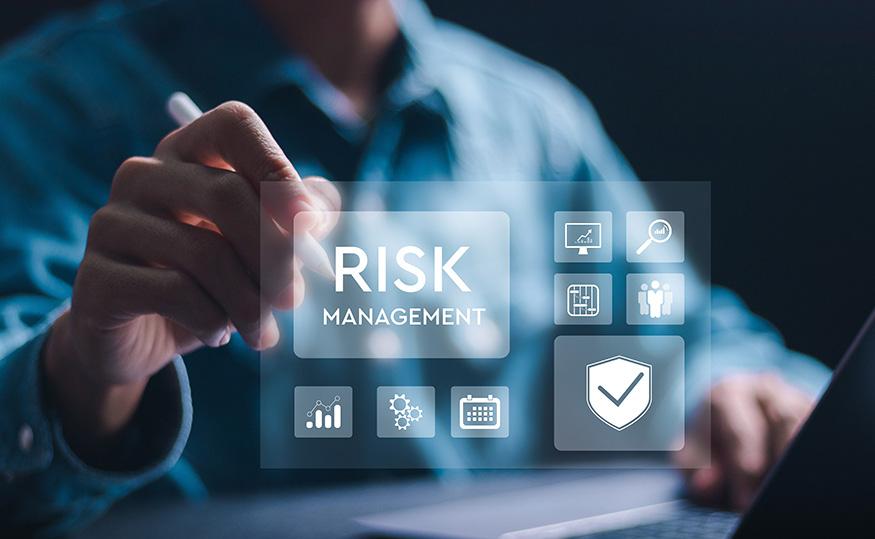


Now I know that is all goby-gook to many people but the bottom line is this:
• If insurance companies find that any risk is too high, they will back out of a market or state. They may keep current policies but not accept new policies until the risk is lifted.
• If there is an imminent or current hazard (fire/flood/ earthquake/etc.) insurance companies will put a hiatus on writing new business in that area or for that risk.
• If your rates have /are increasing – this is not necessarily because of any action or claim you may have. This is likely because the insurance company has found that your industry or operations or location has had many claims and they have to consider you a higher risk.
• If your rates have gone up significantly, call your broker or agent and ask why. Make sure you let them know you are doing your due diligence to keep risks down (fire suppression, alarms, etc.) Have your Broker/Agent check alternate markets – maybe there is a better package out here for you.
Sadly, significant climate changes over the last 35 years has resulted in increased risk of flooding in many states, warming of the oceans which results in more hurricanes in the southern states (and future hurricanes in the Pacific), fire damage in the West and South-West areas and severe drought across many states. The risk factor is higher now and will only increase and insurance rates are likely to increase across the board in the future years.

Here you will find several resources, programs, services and opportunities for Veterans, Service Members and their families. Our goal is to be your one stop shop for all things, so don’t hesitate to contact us at any time. Programs and services vary, and include additional information for each. We have two Veteran Services Representatives (VSR) here at VANC, read all about them below in Addtional Services at: (www.vanc.me/services-programs)
OUR MISSION
VANC is a 501(c)(3) non-profit organization created and operated by Veterans as a one-stop resource center for all active-duty military, Veterans, and their families. We centralize services from diverse agencies to assist with jobs, education, finances, health, and wellness.
OUR VISION
We seek to honor and support those who have served our country, bridging the past, present, and future. VANC is a vibrant gathering place in North San Diego County, where all Veterans, active-duty military, and their loved ones can reach out for help and community. VANC engages and informs local Veterans organizations, service providers, and individuals, helping them work together. VANC seeks to be a model for other organizations that serve the military community.
There’s always engaging things happening at VANC and with our partners. Check our calendar here for regularly scheduled events, meetings and opportunities here at VANC (www.vanc.me/events#calendar)
WE LOVE OUR ASSOCIATION MEMBERS AND THEY’RE HERE FOR YOU TOO. VANC is open to all military, veterans and friends of the military. If you would like to become a Veterans Association member, Contact Lori at lori@vanc.me to learn more.









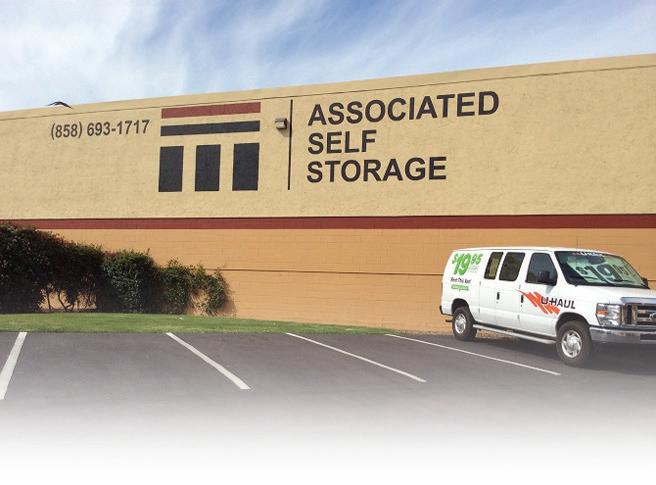









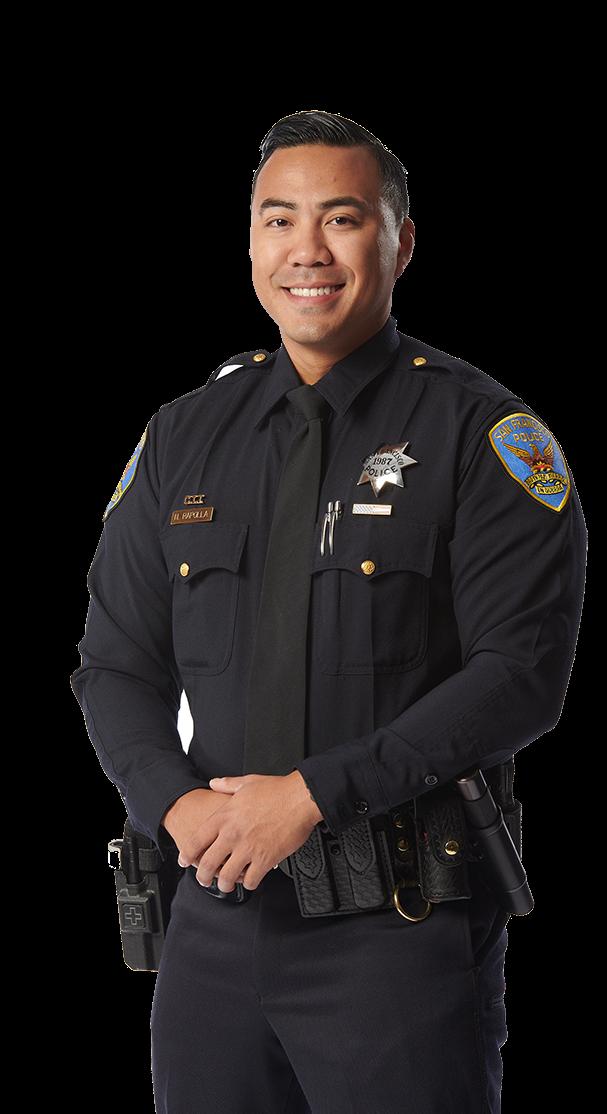

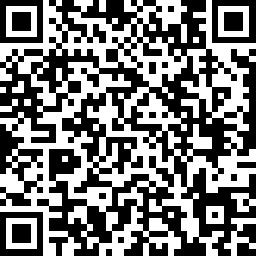
By Amber Robinbson San Diego Veterans Magazine
When I asked to go on a ride along with the San Diego Police Department, making a special request for any veterans-turned-cops, I expected a really serious, possibly dangerous, afternoon of shadowing our city’s toughest crime fighters.
What I got was an afternoon of heartfelt service to our San Diego community, honorable humility and a lot of respect.
When I asked whether former Marine Sergeant Major, Mark Wright, and his partner, former Marine Staff Sergeant, Sean Bunch, had rank or titles he said their titles were just San Diego police officers. They are relatively new partners, but act like they’ve known each other for years, which is usually the case when you get Marines together.
Wright is a newer addition to the force, coming on board two years ago, with Bunch only having two years left.
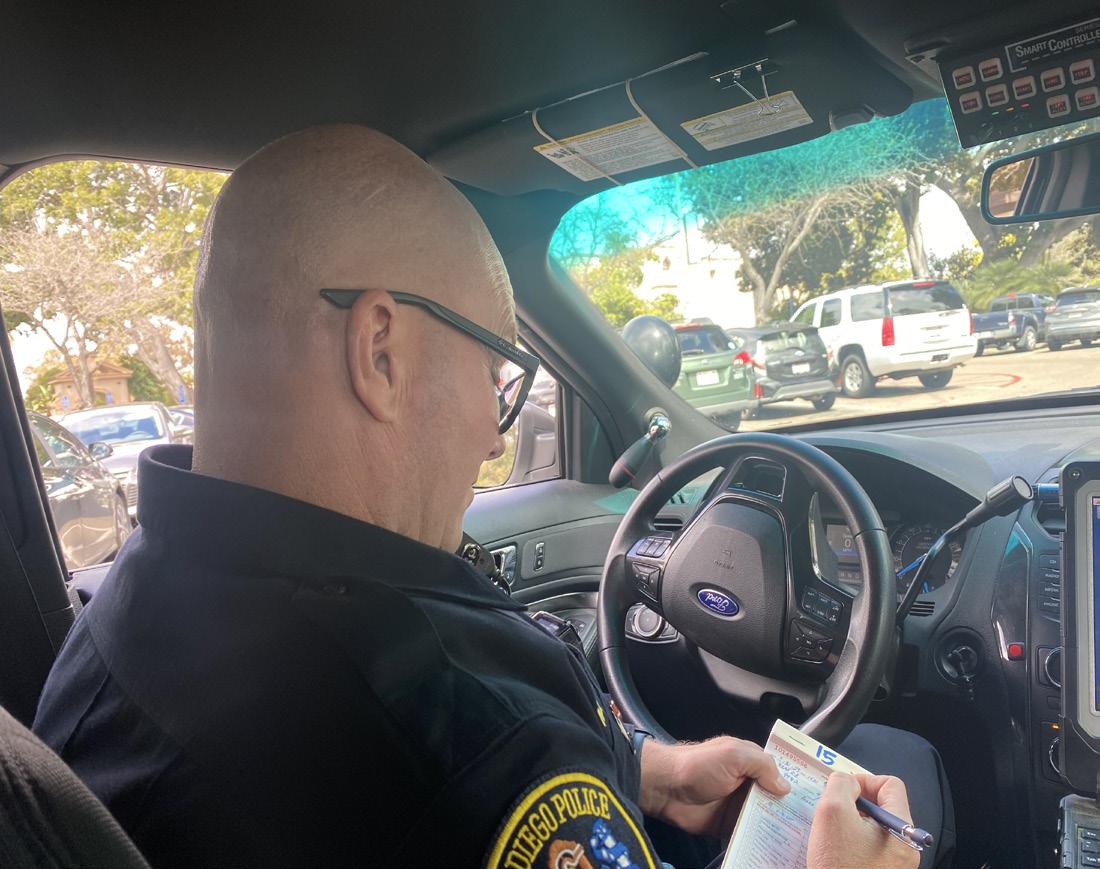
Currently, these brothers-in-arms spend their days patrolling the entirety of Balboa Park.
Although neither men are taking fire or kicking in the enemy’s door on this beat, like during their time in Iraq or Afghanistan, they still work hard to serve their local community. Service which can range from tracking down criminals to answering questions from lost pedestrians, to giving out stickers to kids and never backing down from a chance to turn on those flashing red and blues just to make one of them smile.
Most of our particular day was cruising around beautiful Balboa Park running car tags to see if they were current, from cars not displaying proper plates and placards to those double parked. Bunch says they often catch parole violators or even stolen cars doing just this. I was struck as I watched both officers go out of their way to look in and around vehicles to find plates or disability placards not displayed correctly so as to avoid issuing superfluous tickets.
“We try to give everyone the benefit of the doubt,” said Wright. “We’re not out to get anybody.”
Although, both officers confirm that enforcing even the most basic of park rules can yield large payoffs. During a recent patrol Bunch spotted an individual smoking in the park, which is illegal. As he circled back round, the individual turned and rapidly tried to walk away, which activated immediate suspicion. He was detained and came back with a warrant for numerous kidnapping and child molestation charges.
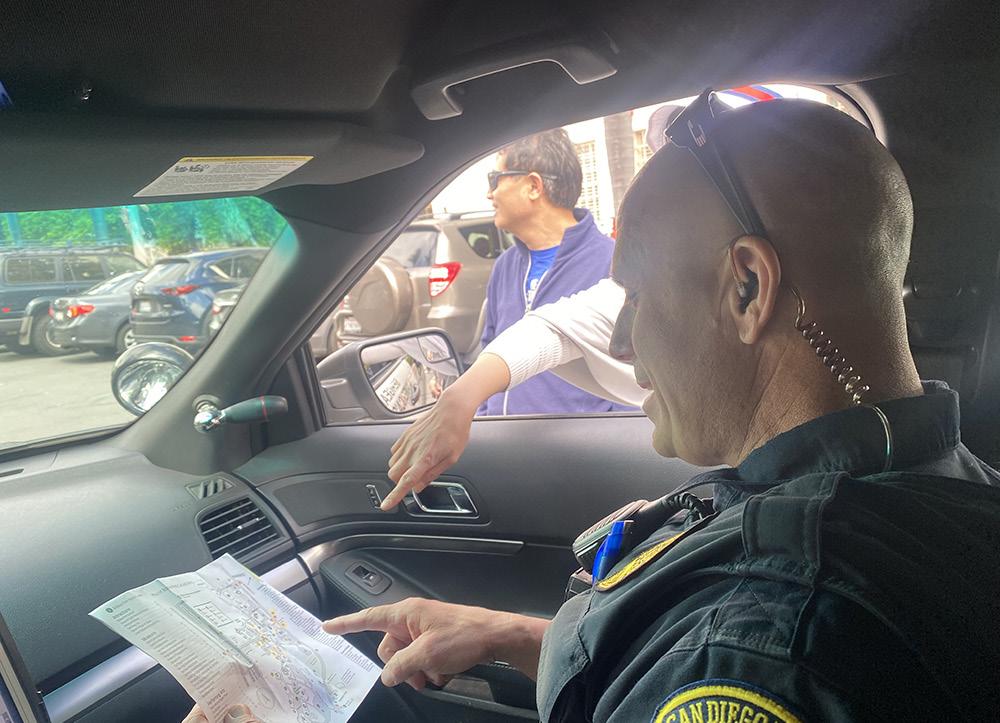
Both men say a lot of what they do is talk with museum owners and those living in the neighborhoods surrounding the park about their concerns. A shared concern by all is the park’s homeless population.
Bunch says their posture towards the homeless is mostly that of assistance, adding there are many resources available for those who would take them.
The city spends a lot of money on resources,” said Bunch. “The biggest problem we run into is whether or not the [homeless] people want them, and a lot of them don’t.”
Thus, the men tend to run into the same issues with the same people pretty often. Although frustrating, they have learned that respect goes a long way when challenged with these repeat offenders. Bunch recalls spotting one such offender in the park, who was in violation of his parole and wanted on warrant. He was unable to get to the offender immediately, but still apprehended him with a verbal request. The parolee waited patiently to be hand-cuffed and arrested, simply out of the respect he held for the law man.
“Being respectful of everyone despite their lot in life goes a long way in this job,” said Wright.
Both men say a huge part of their work is being able to connect and communicate with the myriad of people they meet daily.
Bunch says he feels he and Wright are lucky to come to the force later in life, given it means they have a wider frame of reference for those they meet and serve daily. “We deal with people who are going through all kinds of things in life,” said Bunch. “And it’s helpful to be able to say, ‘hey I know what you are going through, I’ve been there.”
As the day progressed, I realized that both gentlemen definitely had a long list of tough and unique life experiences to pull from. Both proudly served the United States Marines for years, traveling to war and all over the world, experiences that yield much wisdom as well as many a story.
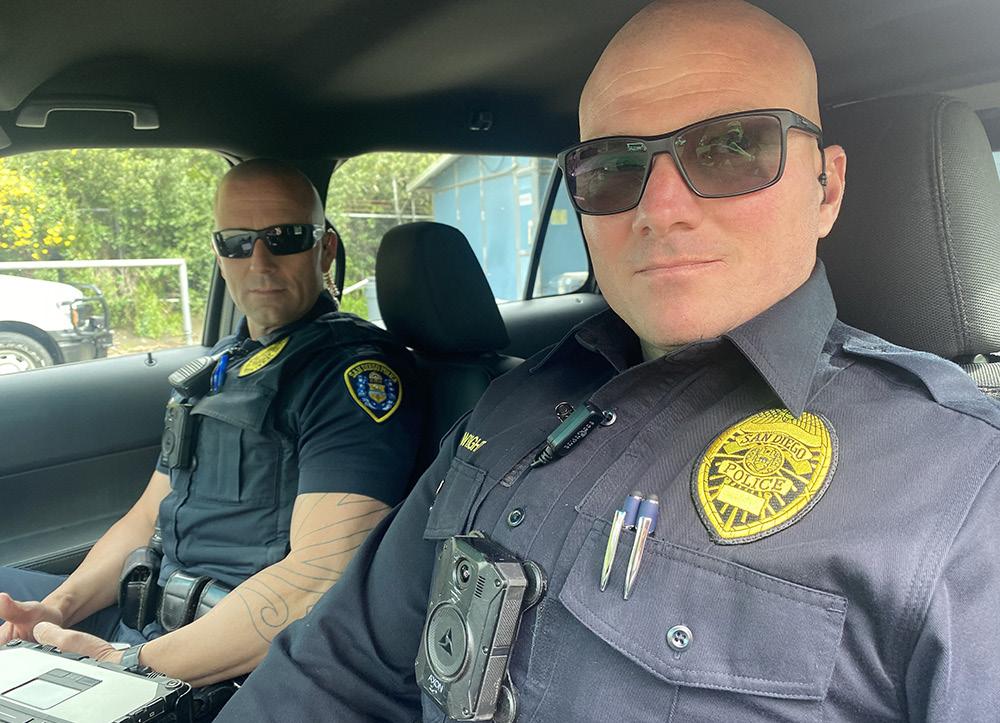
Bunch, for instance, did not come to the force straight from the Marines, but from Hollywood. Surprisingly, he is a member of the Screen Actors Guild, working as a military advisor on various productions, like Lonestar 911, and appearing in some as well, such as one of the most recent Men in Black movies.
“I grew up outside of LA,” said Bunch. “So, I’ve always just kind of been around the business and found a place for myself there with all my military experience.”
Bunch hopes to return to work in Hollywood after he leaves the force, bringing with him a new level of experience and respect.
Wright, who retired from the Marines as a Sergeant Major never worked in Hollywood, but he does have plenty of stories about being a proud grandfather, father and new amputee. When I entered the Central Division Station and met him, he said he was just getting back to work after some time off after losing his leg.
Wright remained unscathed during his over-20-years in service, overseas deployments and endless combat train ups. It wasn’t until after service that he lost his leg in a motorcycle accident late one foggy night a little over a year ago. Wright says it had been an eventful second watch and he was leaving the station about 2 AM on his motorcycle when it happened.
“It was only about two minutes from work,” said Wright. “I was coming around a curve and entered into what I thought was fog, and as I’m entering, I see a headlight and side mirror in my lane.”
That headlight and mirror became an entire car that was blocking Wright’s entire side of the road.
“I was a heuy crew chief in the Marines and reverted to my training from that, grabbed my shoulders, braced for impact and went flying like a human lawn dart over my handlebars,” said Wright.
Wright landed in the ditch on the side of the road. He says he realized immediately that he had a back and leg issue. He learned that a bystander had called 911, but he requested they call back and state that the injured motorcycle rider was a policeman with the San Diego Police Department and expedite services. This one request would become pivotal in saving Wright’s life.
Continued on next page >
“What I didn’t know at that time was that I had severed two arteries in my leg, and I was bleeding out,” said Wright.
What Wright would learn later is his heel had also been torn off on the wrecked car as he sailed past it into the ditch. After much pain and many surgeries, Wright would finally lose his leg from the knee down. says he doesn’t let it get him down, though. He’s proud to continue to serve as one of our city’s finest.
Both he and Bunch take much pride in their time as Marines and as San Diego Police Officers. Each officer comes from strong military stock, with Wright’s grandfather being a World War II veteran and Prisoner of War and Bunch’s father a decorated veteran of Vietnam.
All in all, this Army vet’s afternoon with two Marines was an impressive one. Both seasoned public servants, these honorable men have discovered you must give respect to get it, that violence is often not the answer and the most important thing to keep in mind along the way, is a good, human dose of empathy.
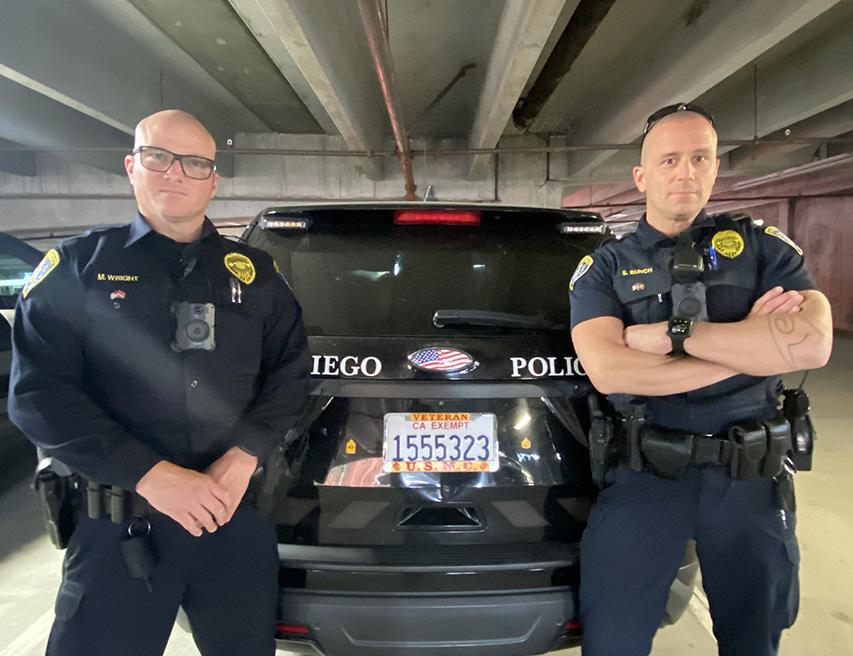
more information visit www.joinSDPDnow.com or email us at SDPDrecruiting@pd.sandiego.gov
